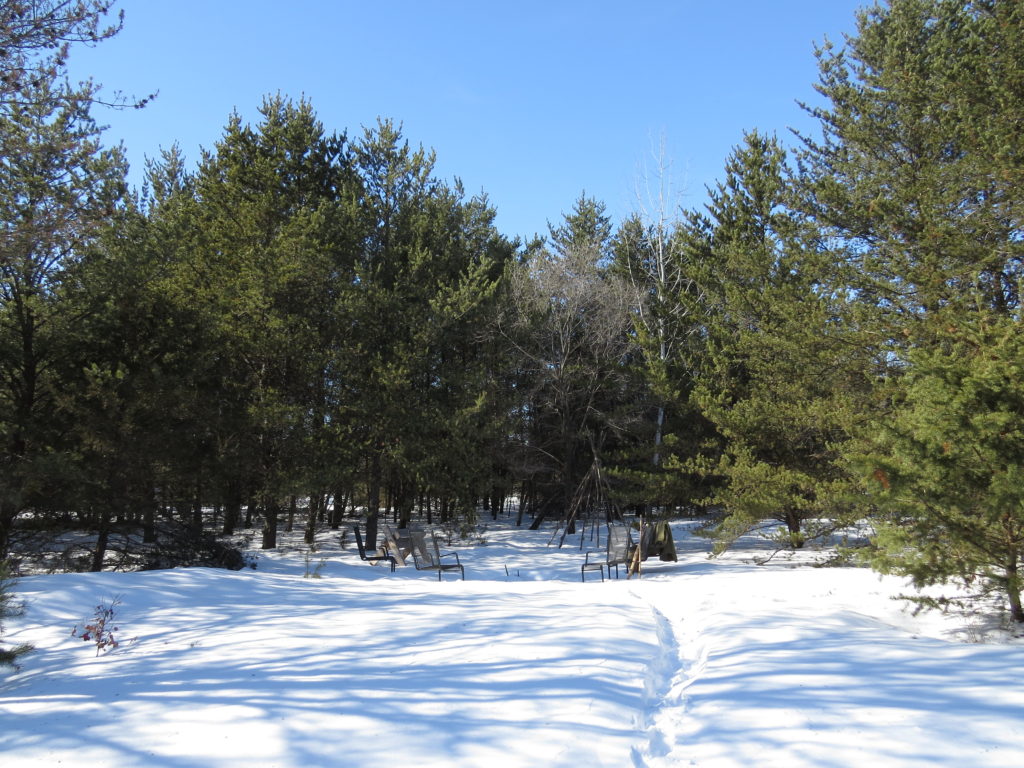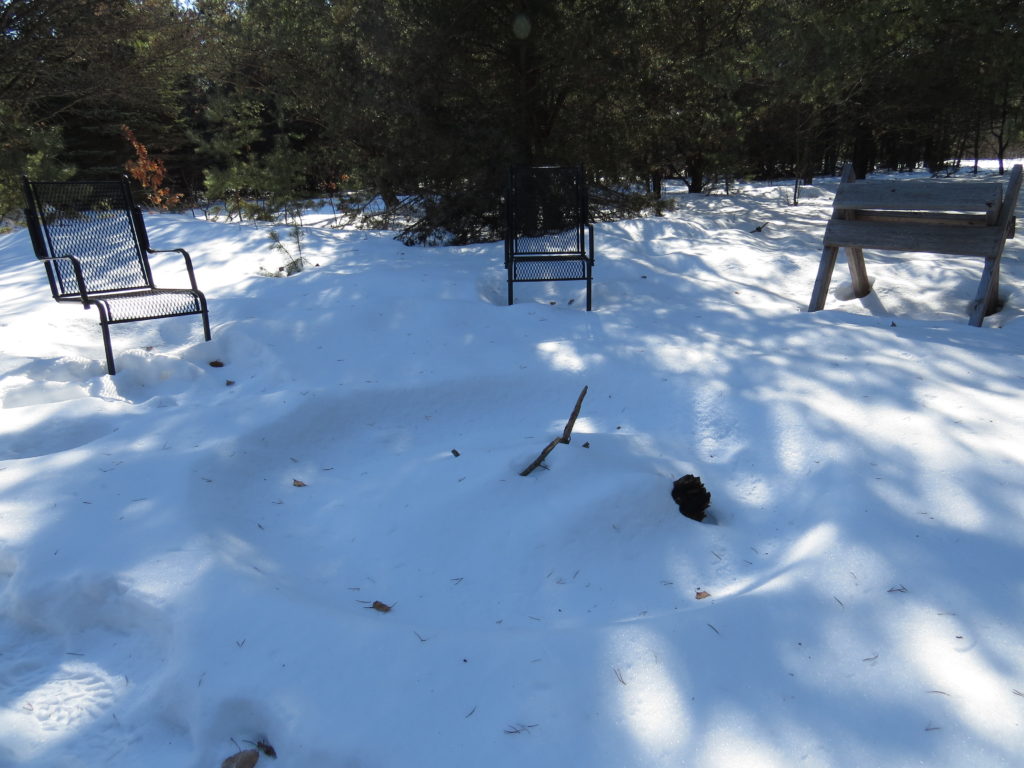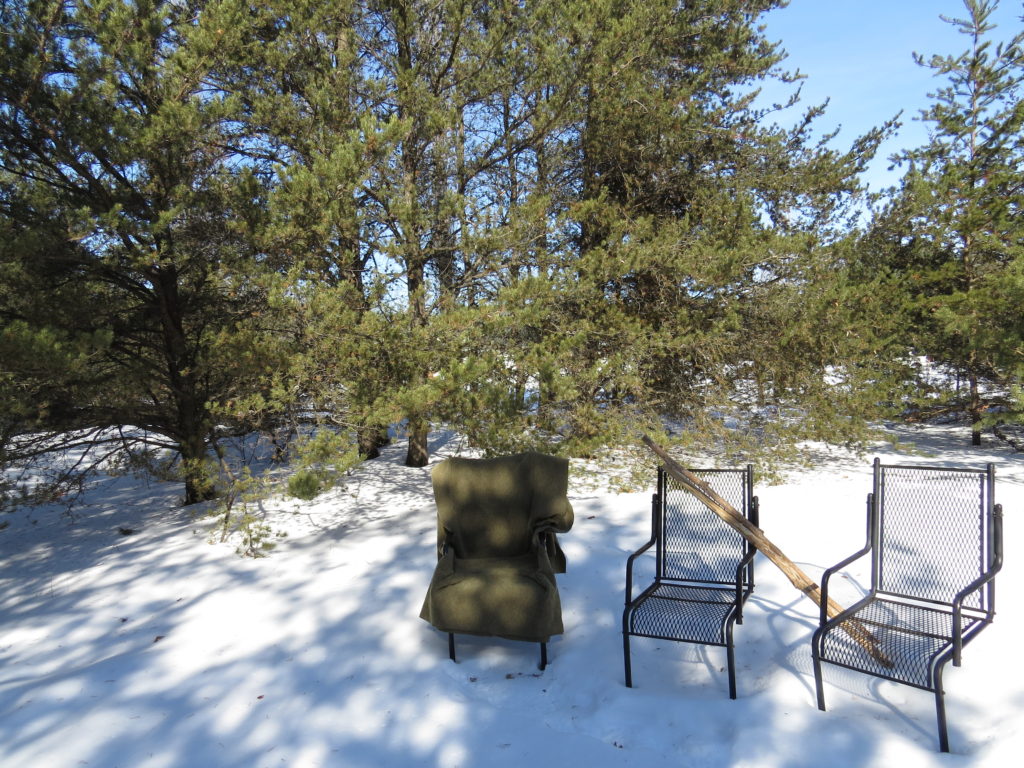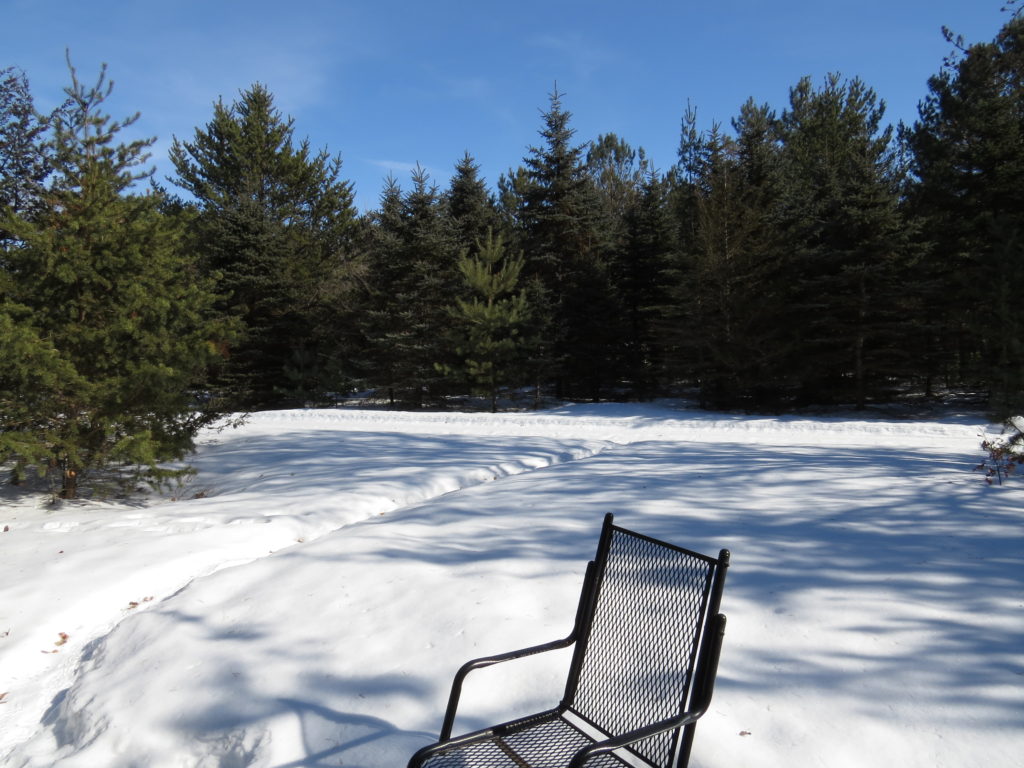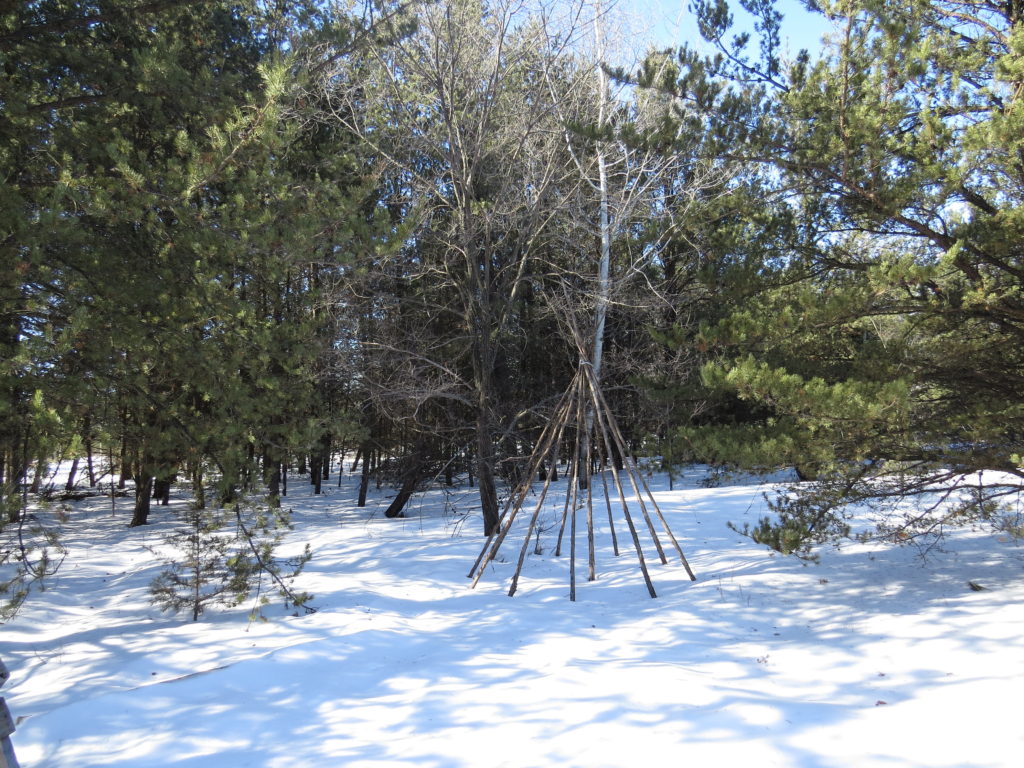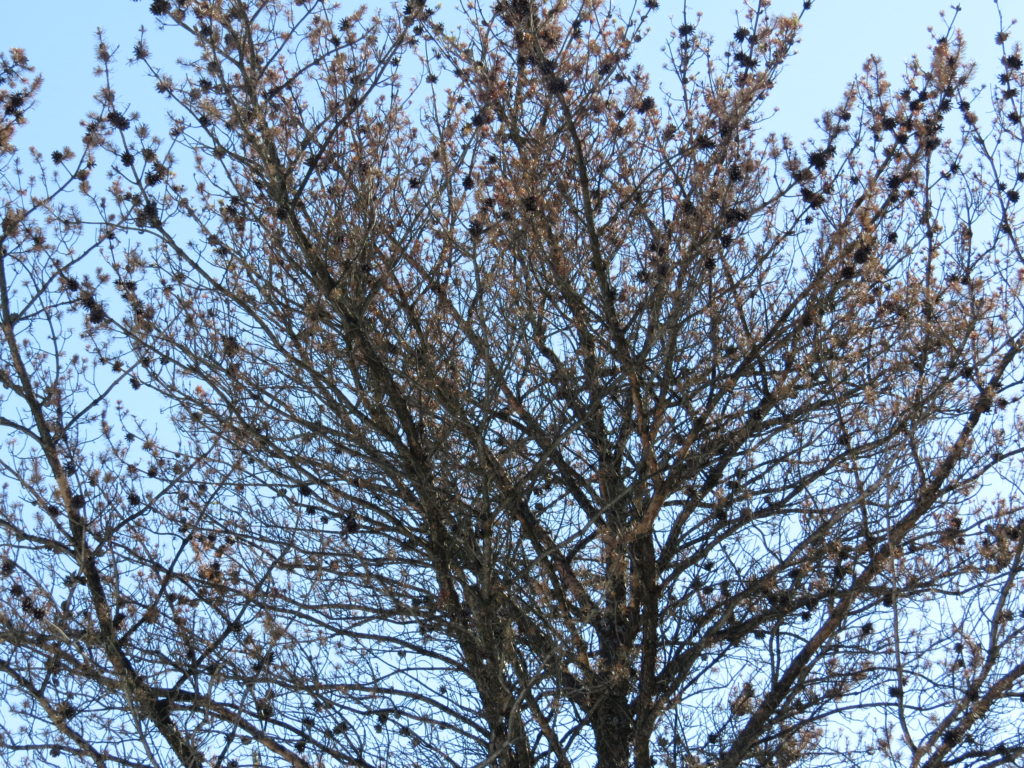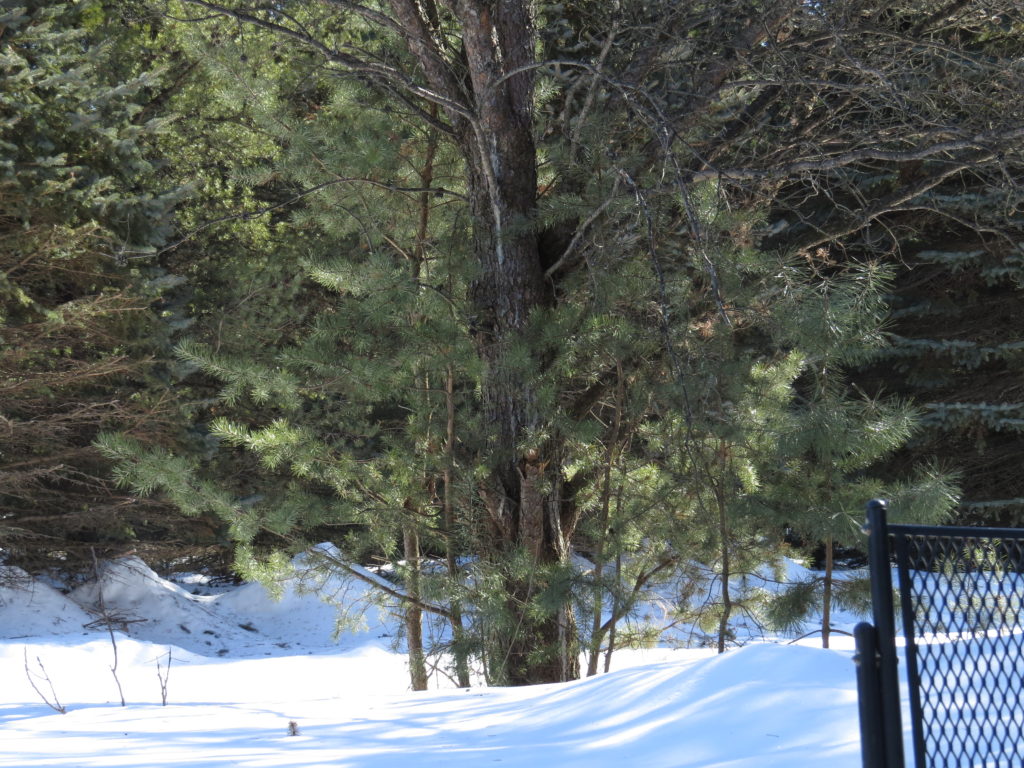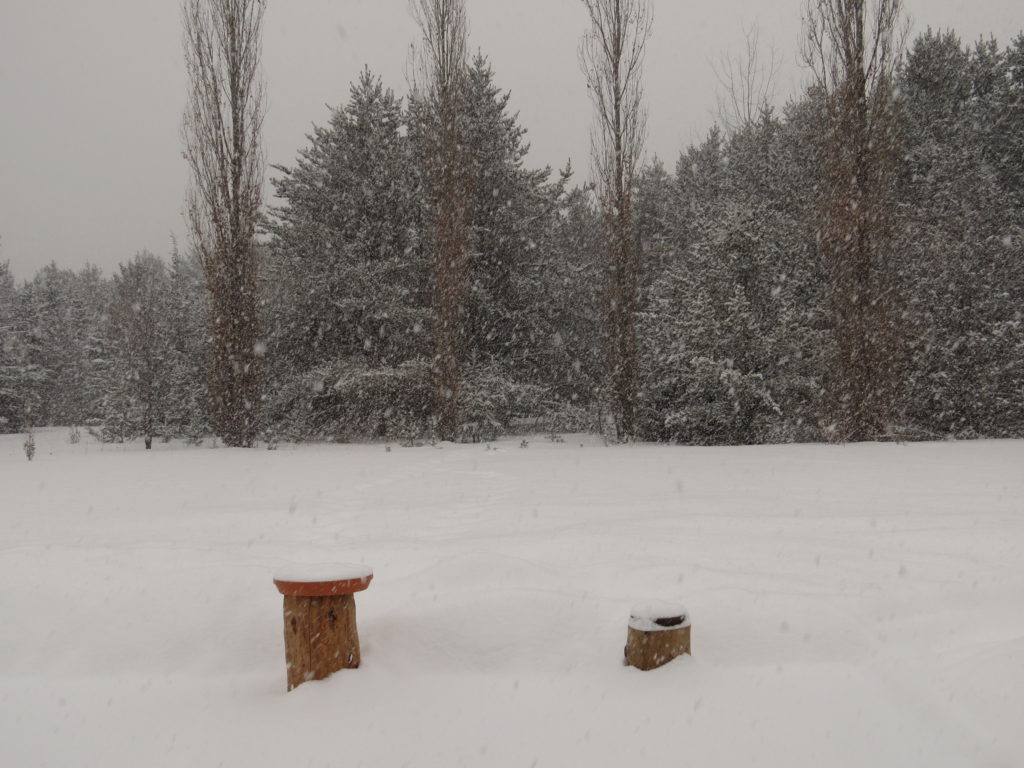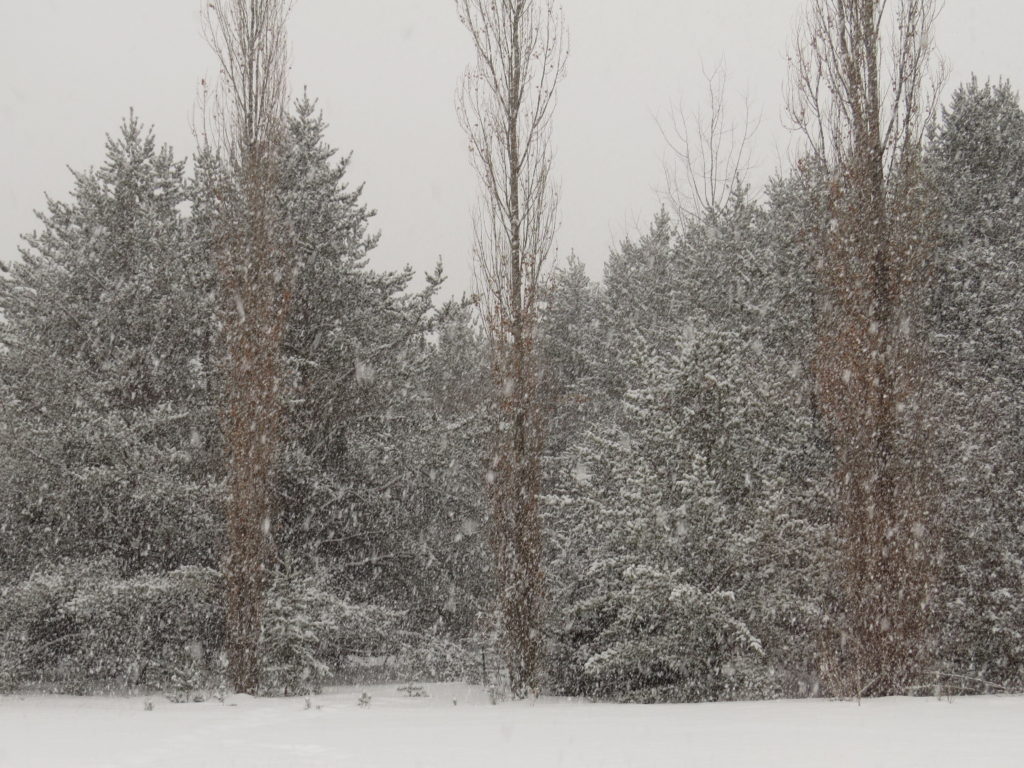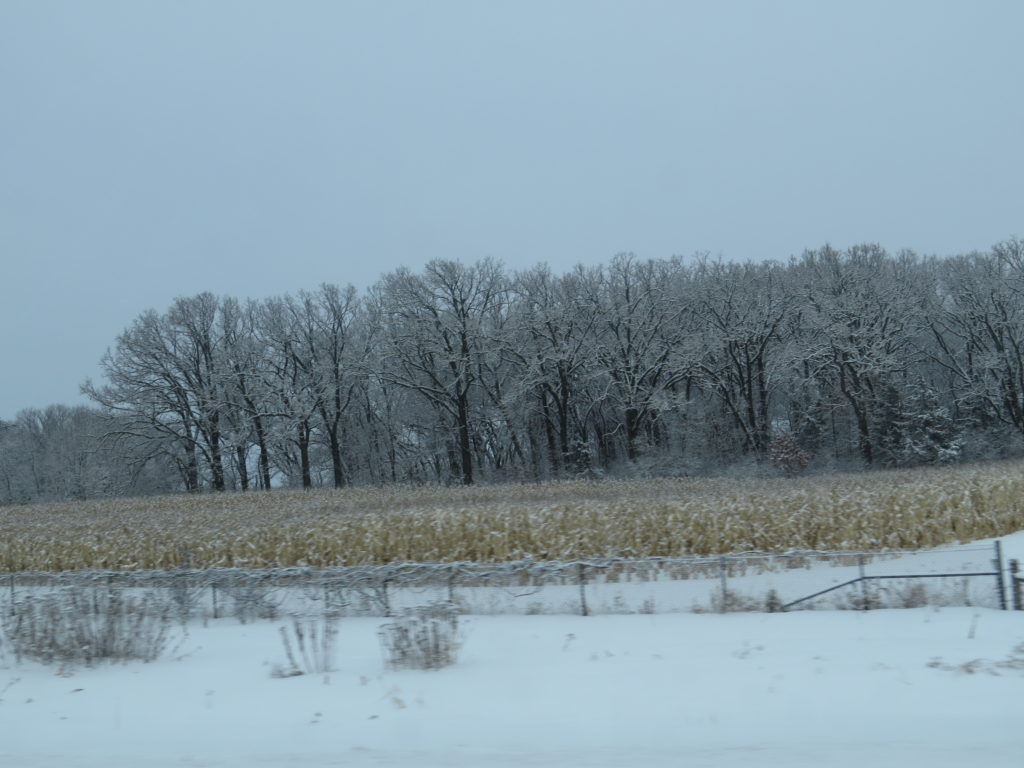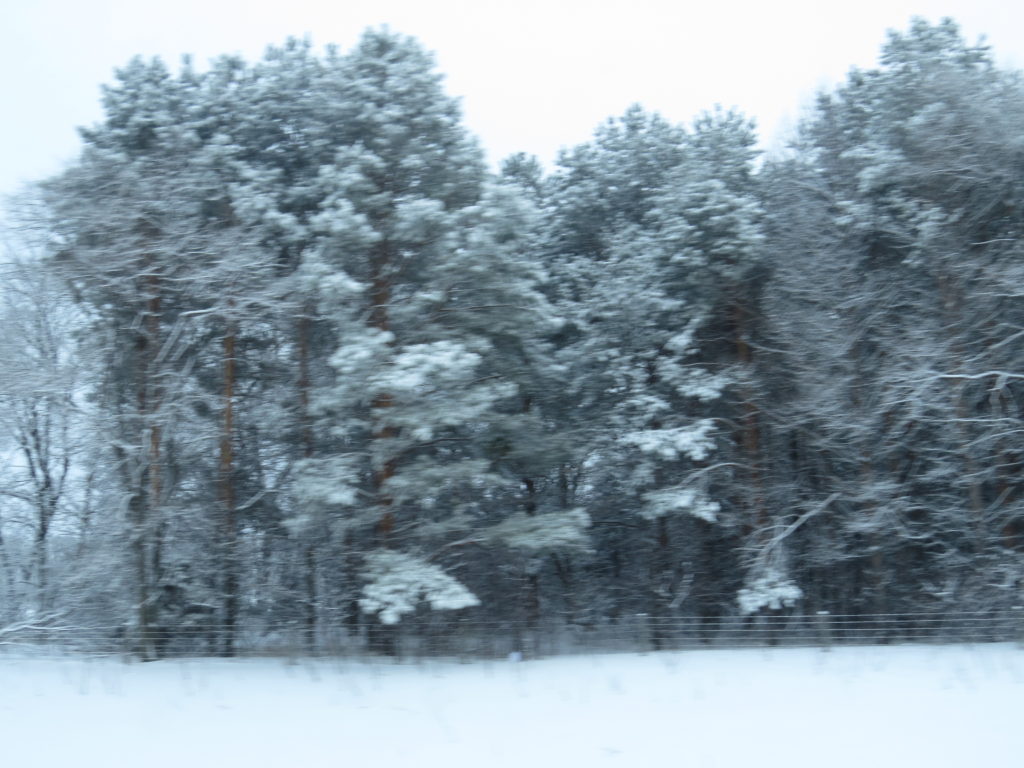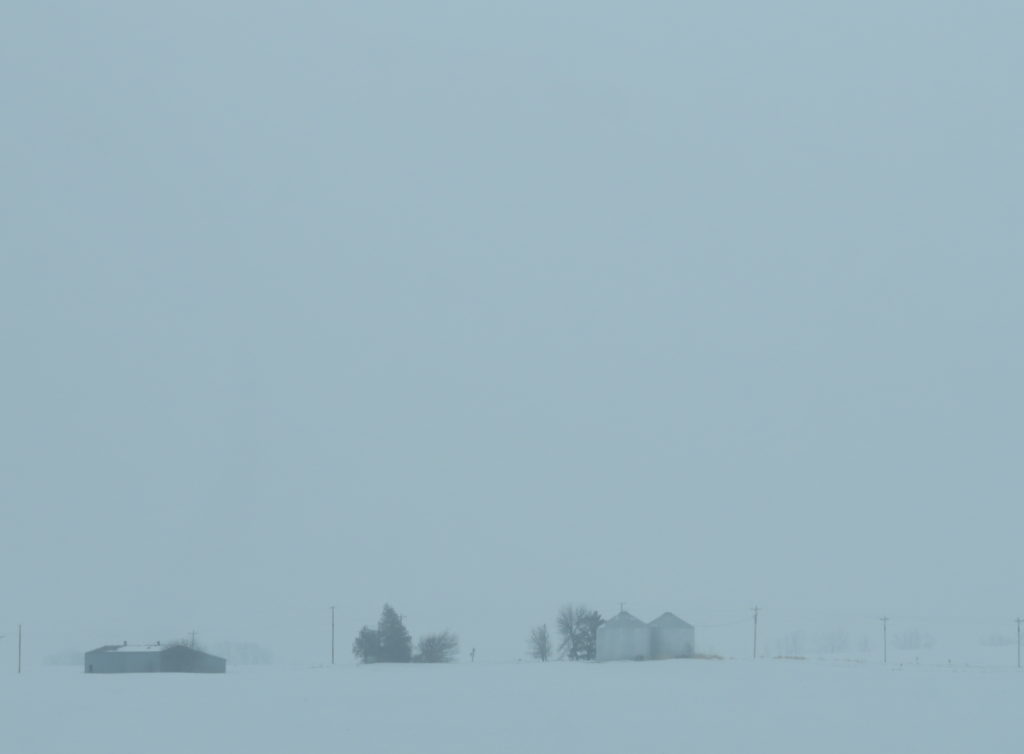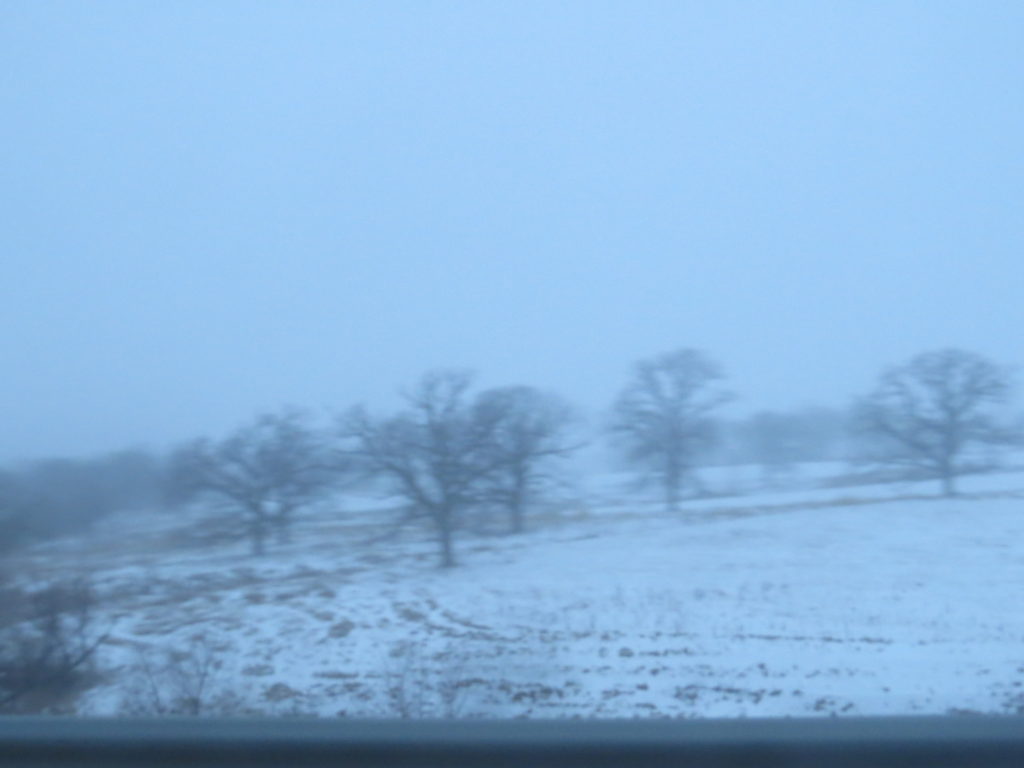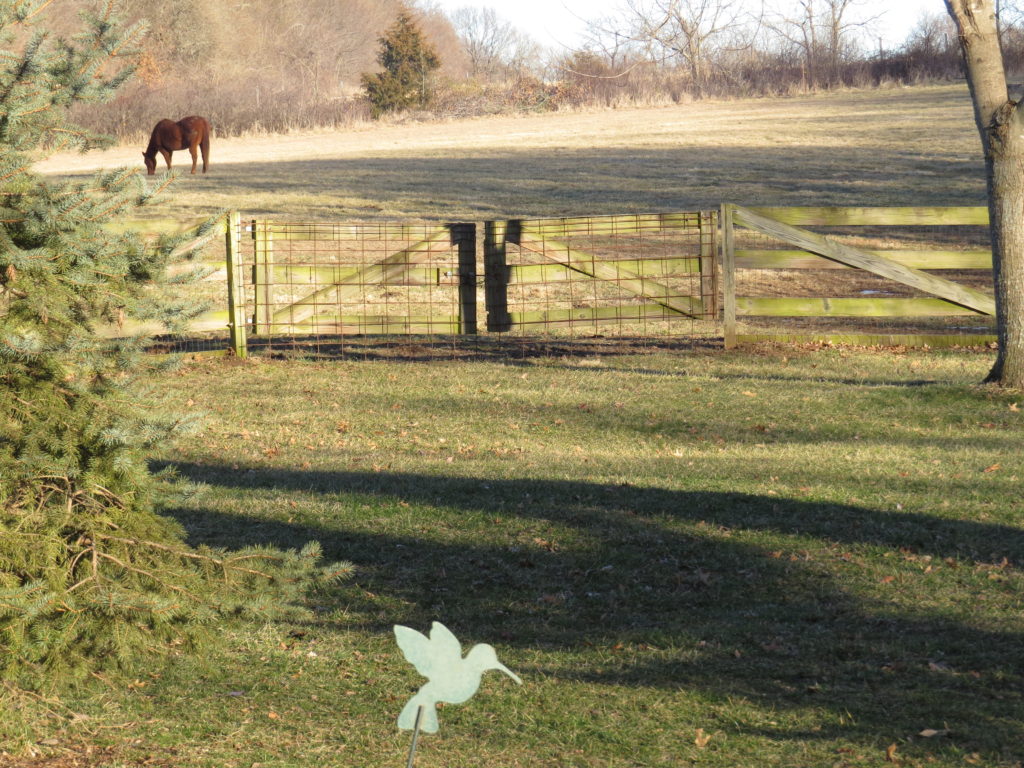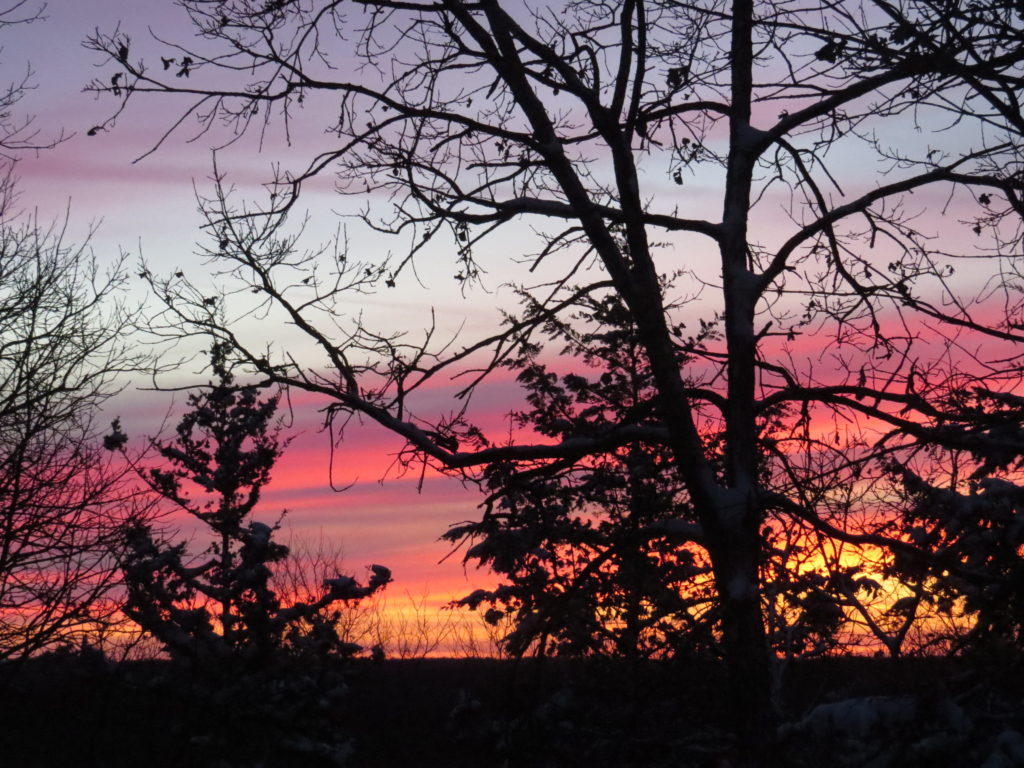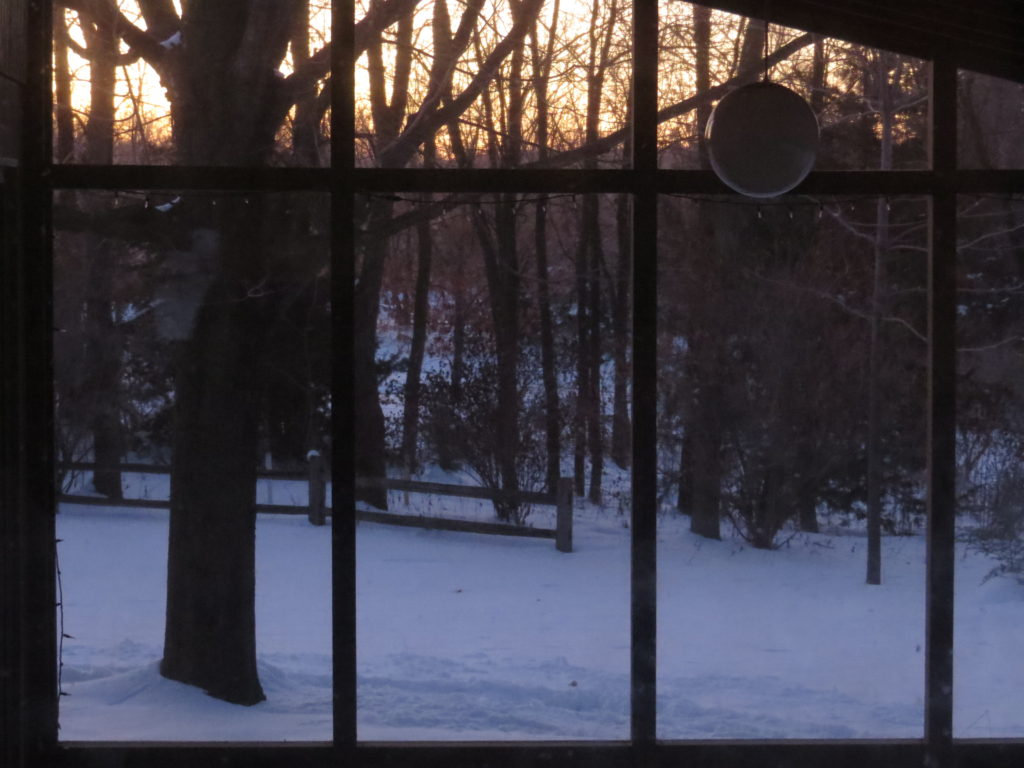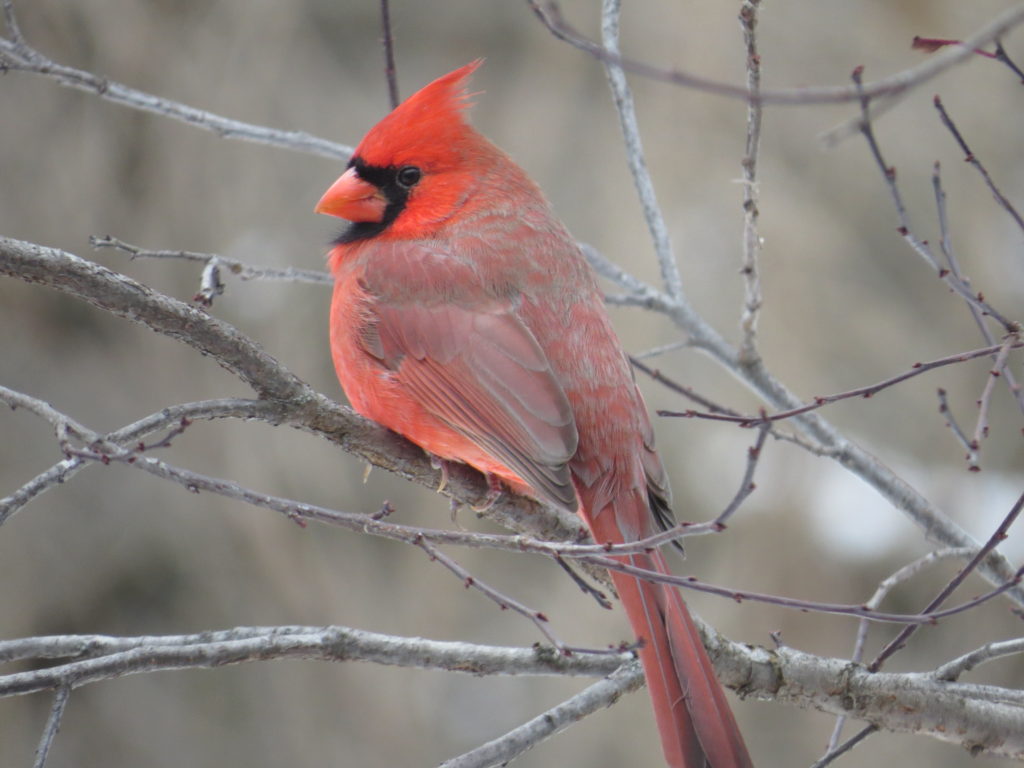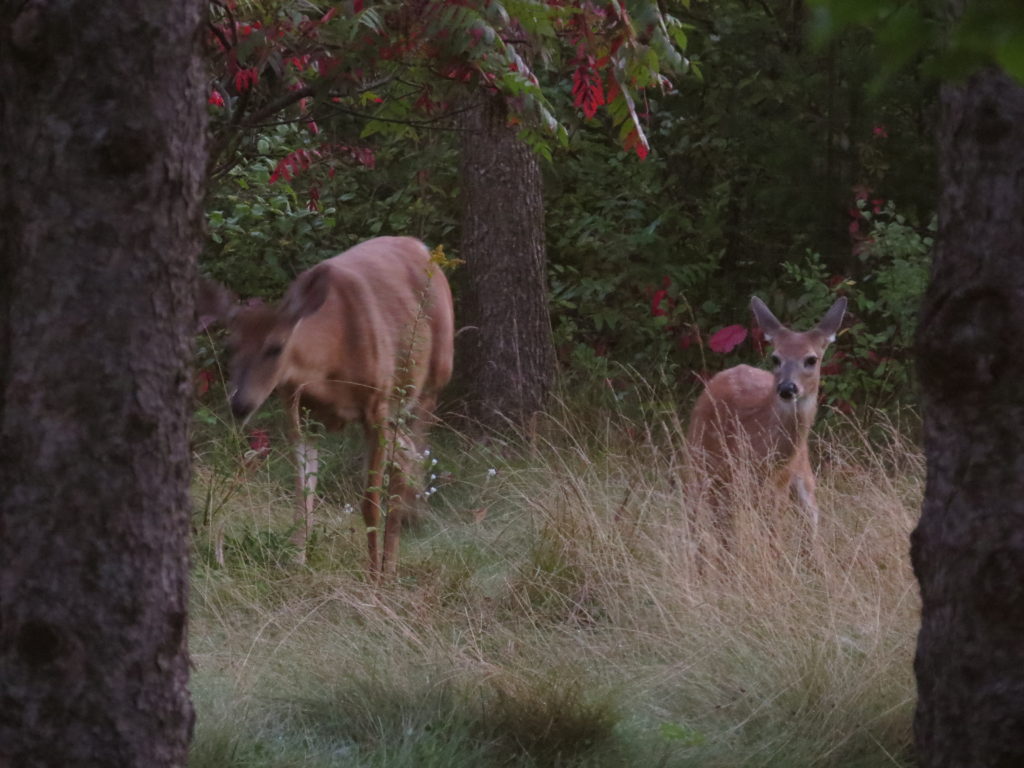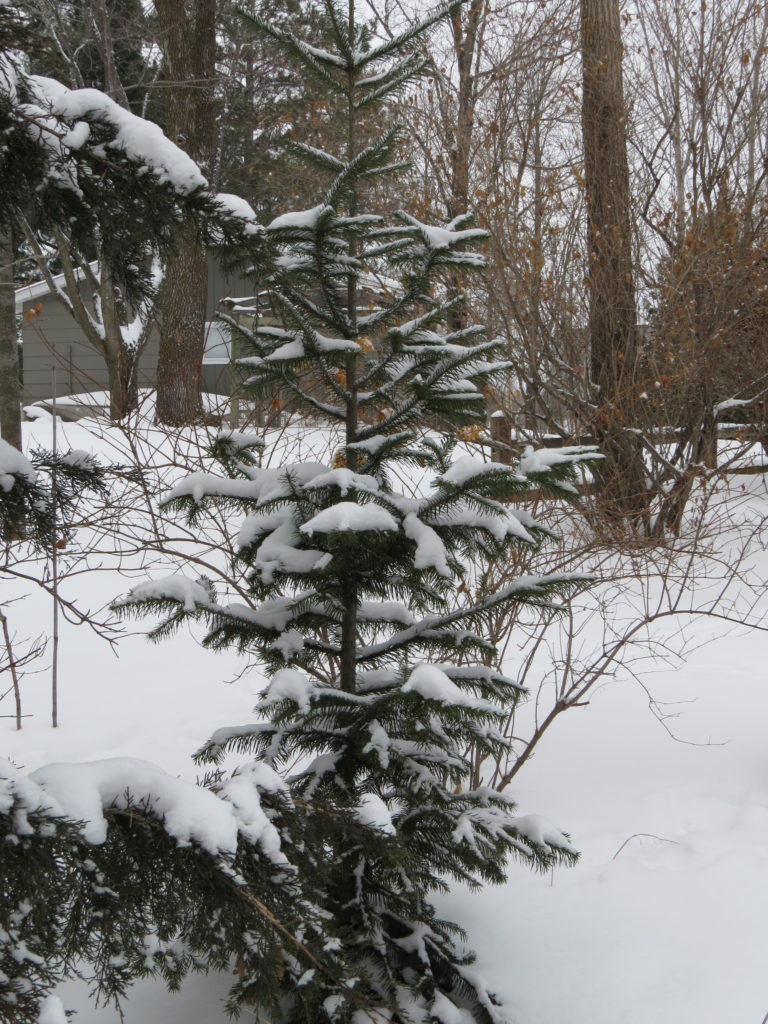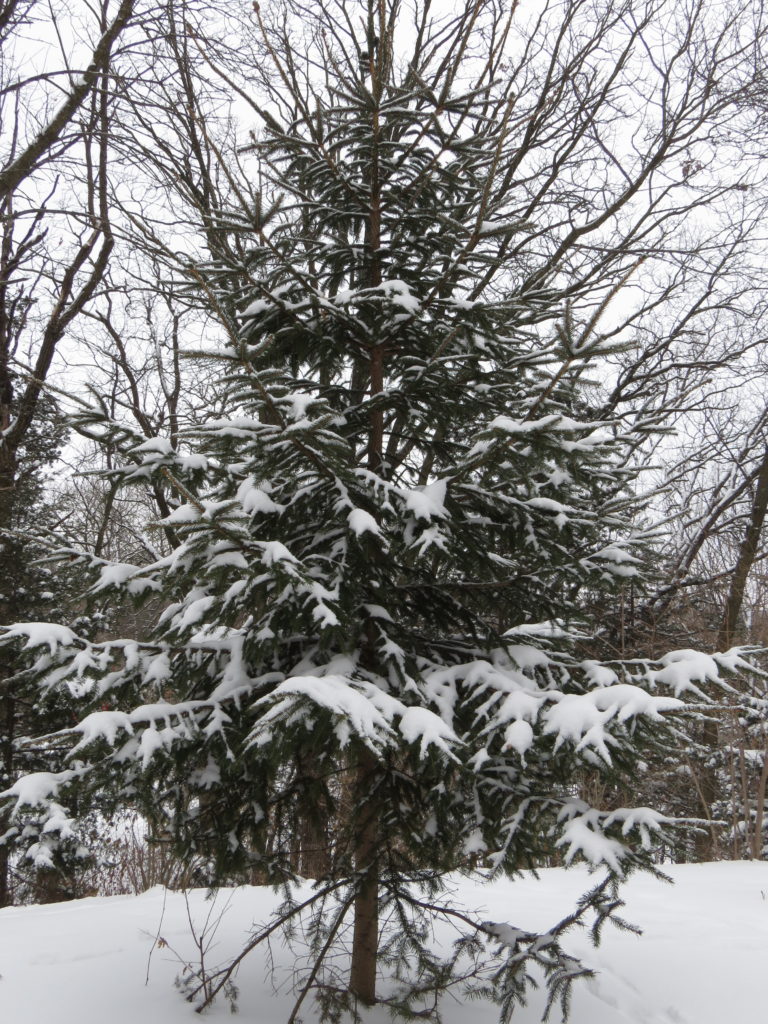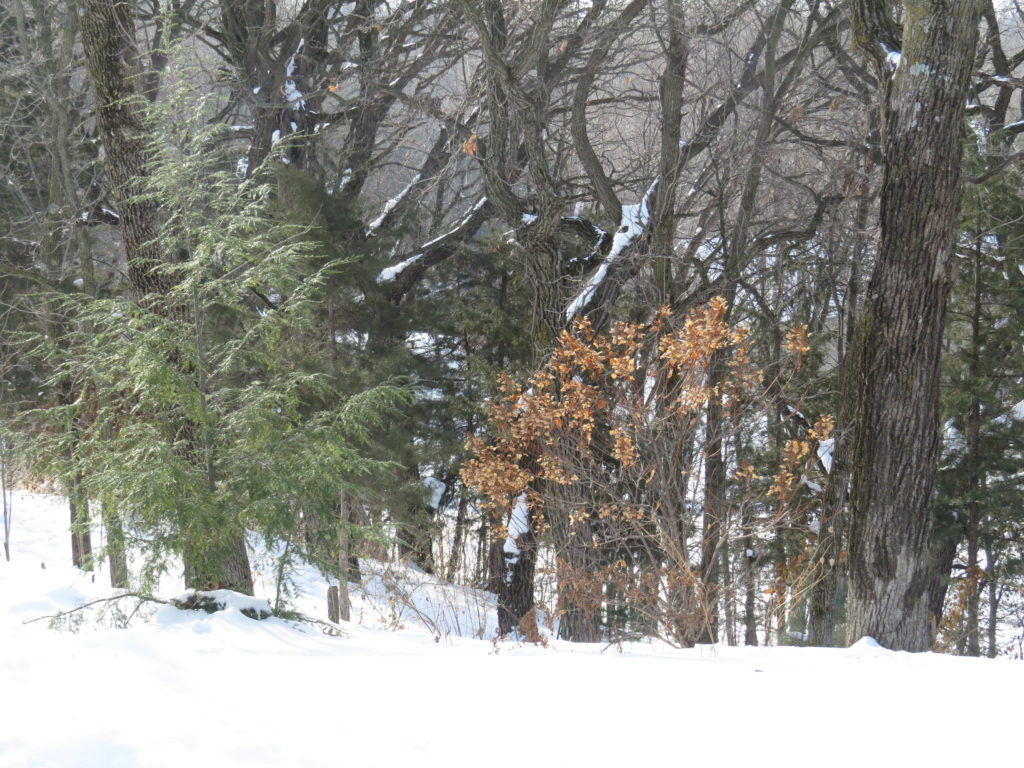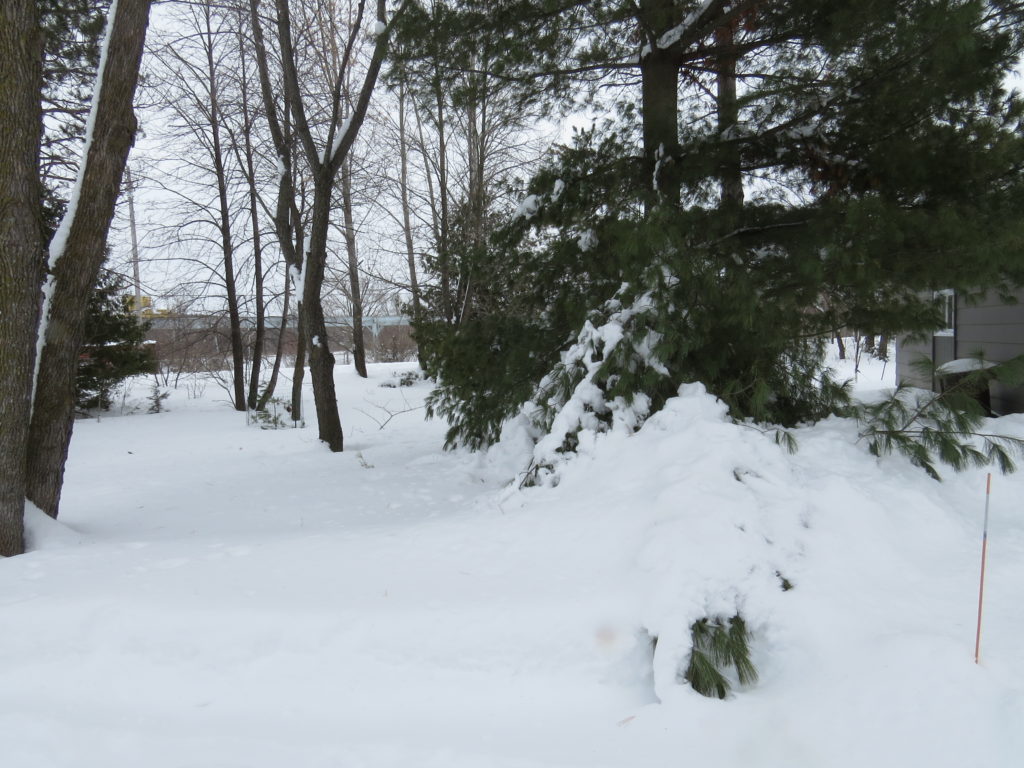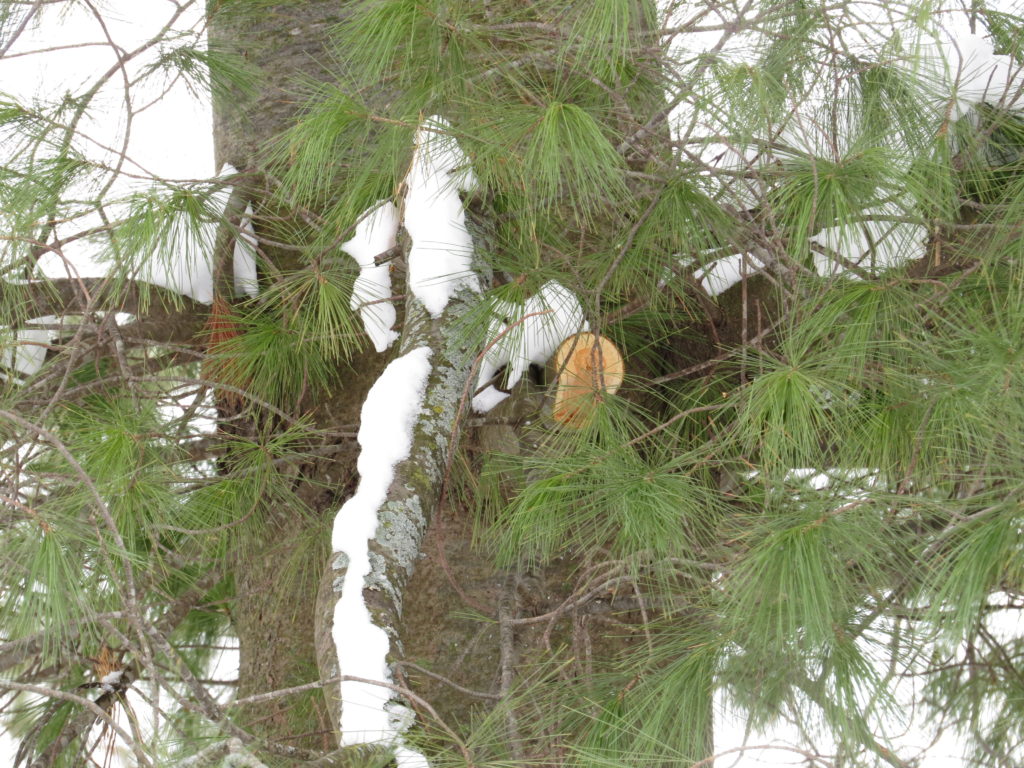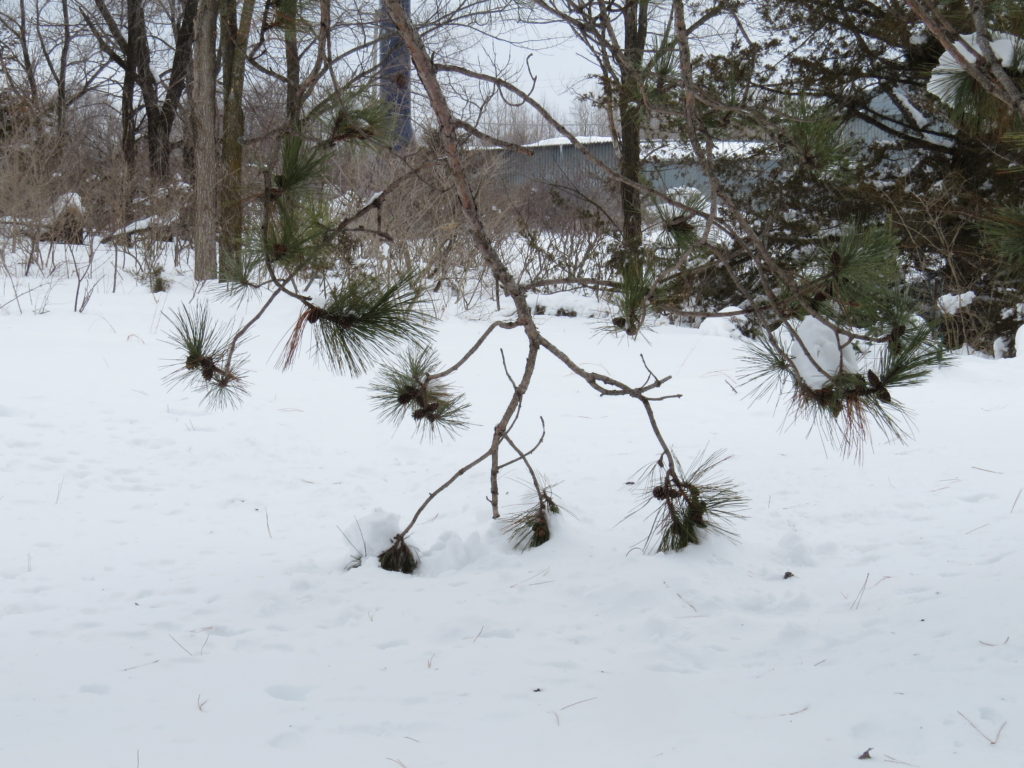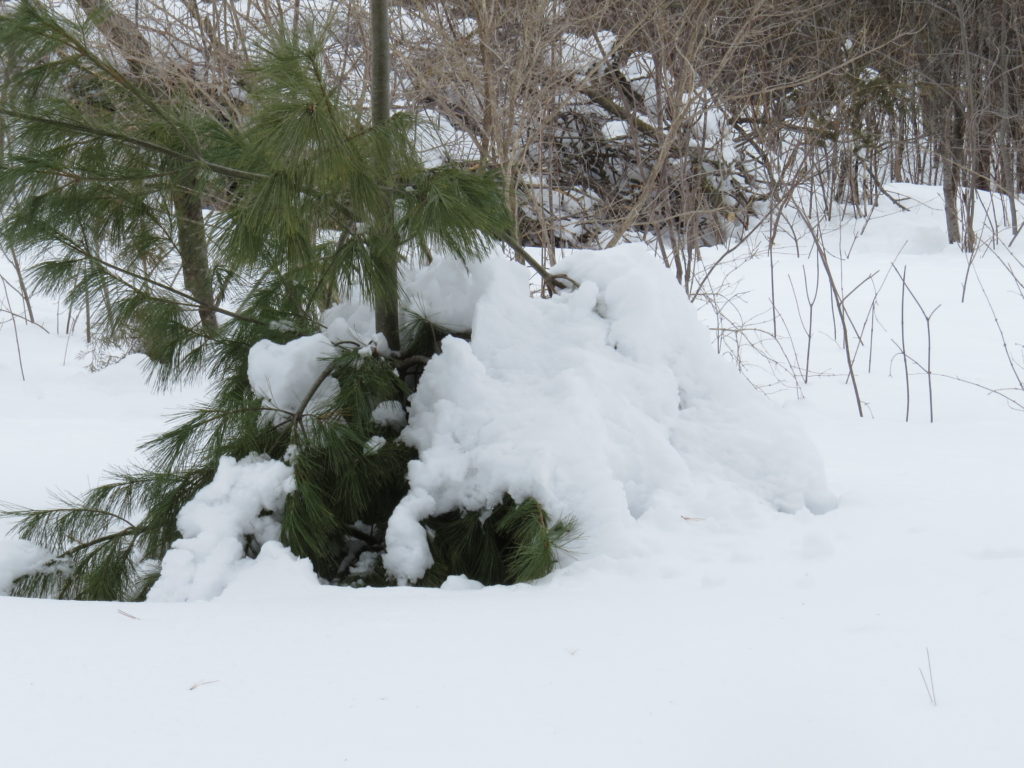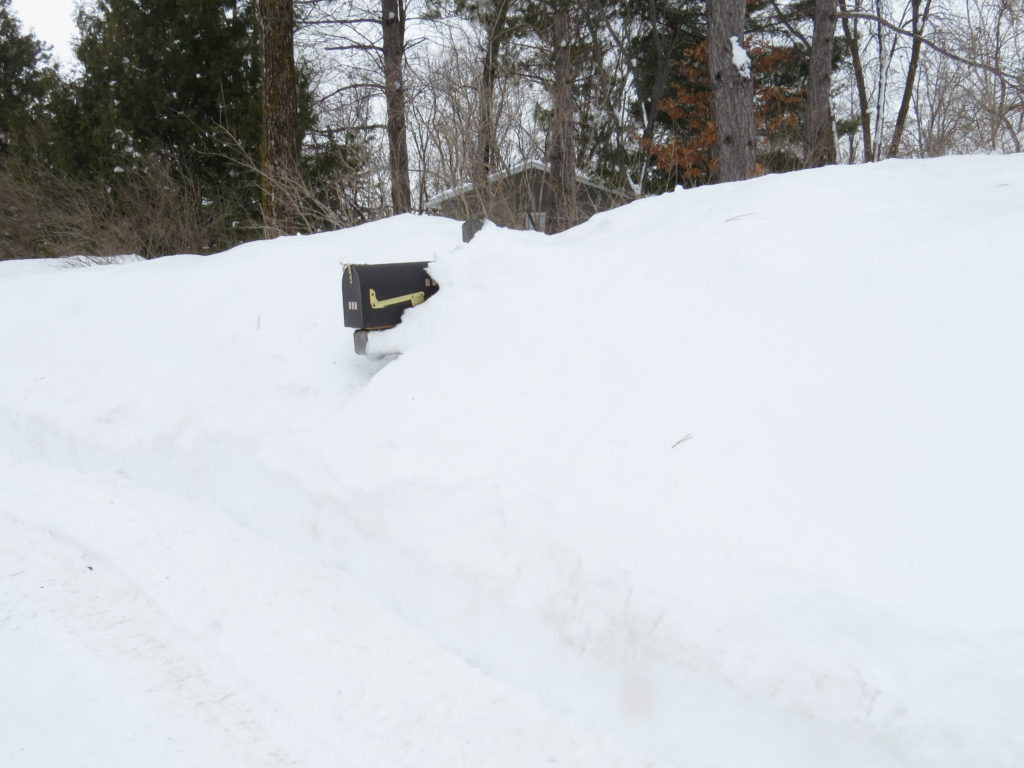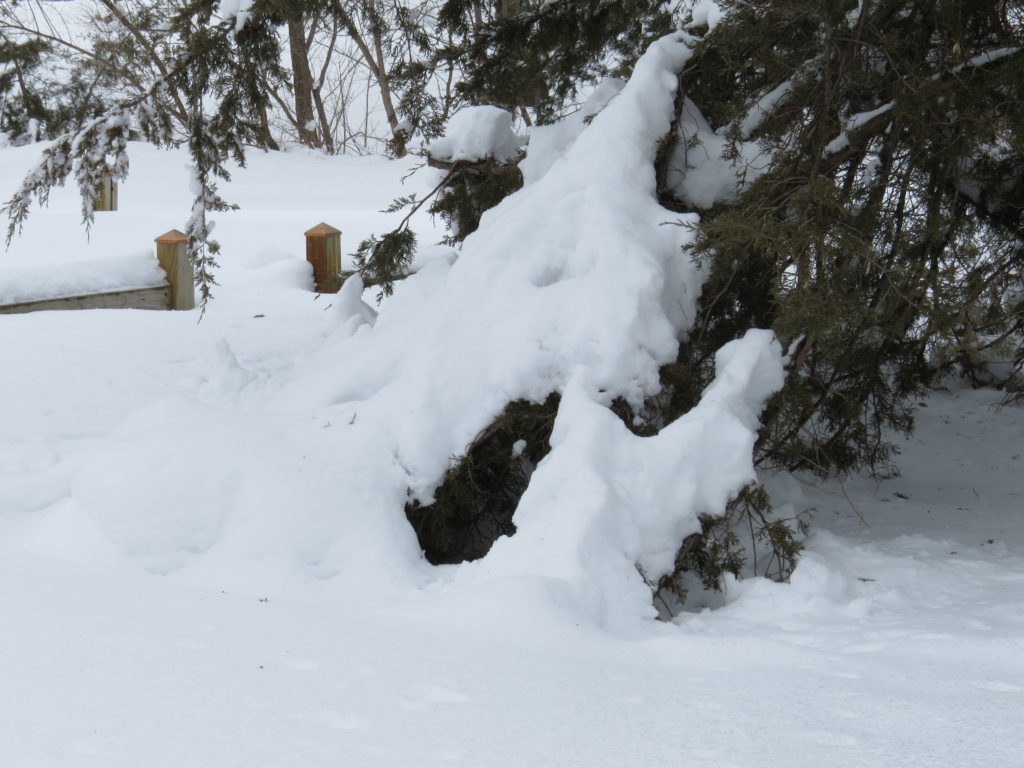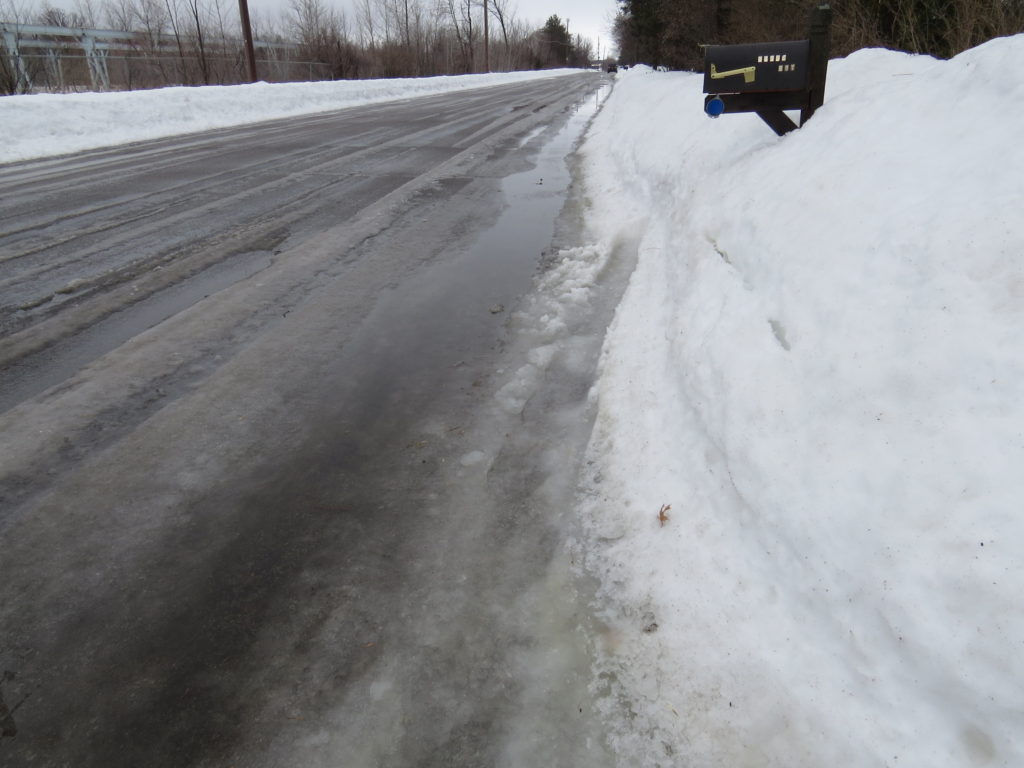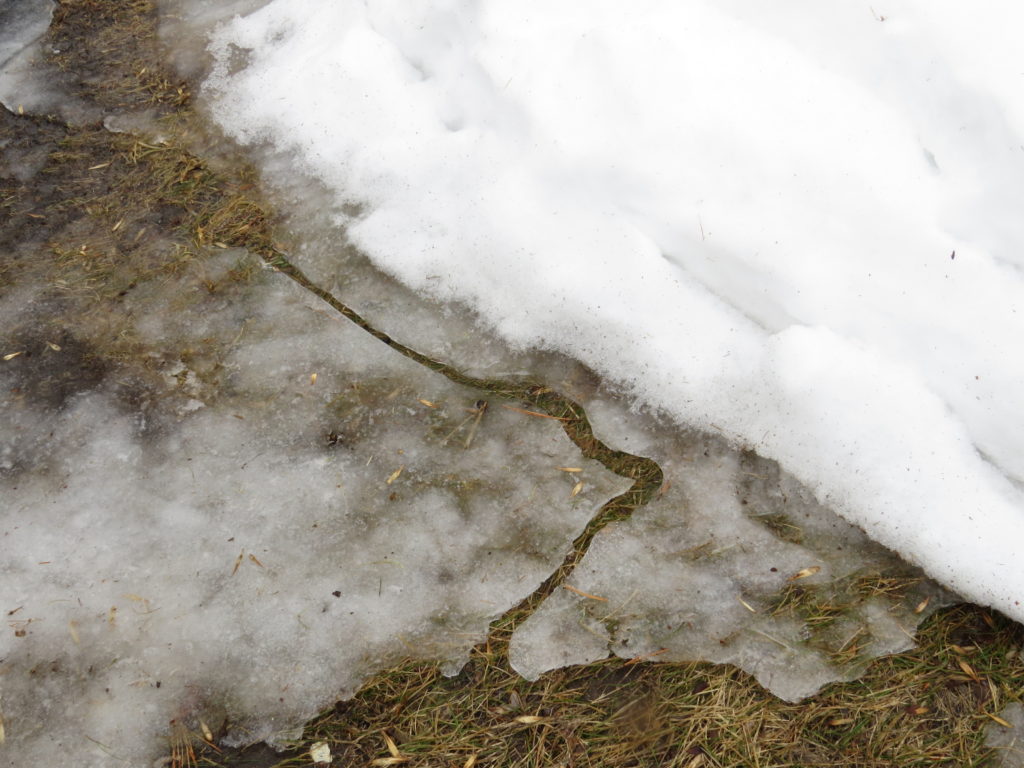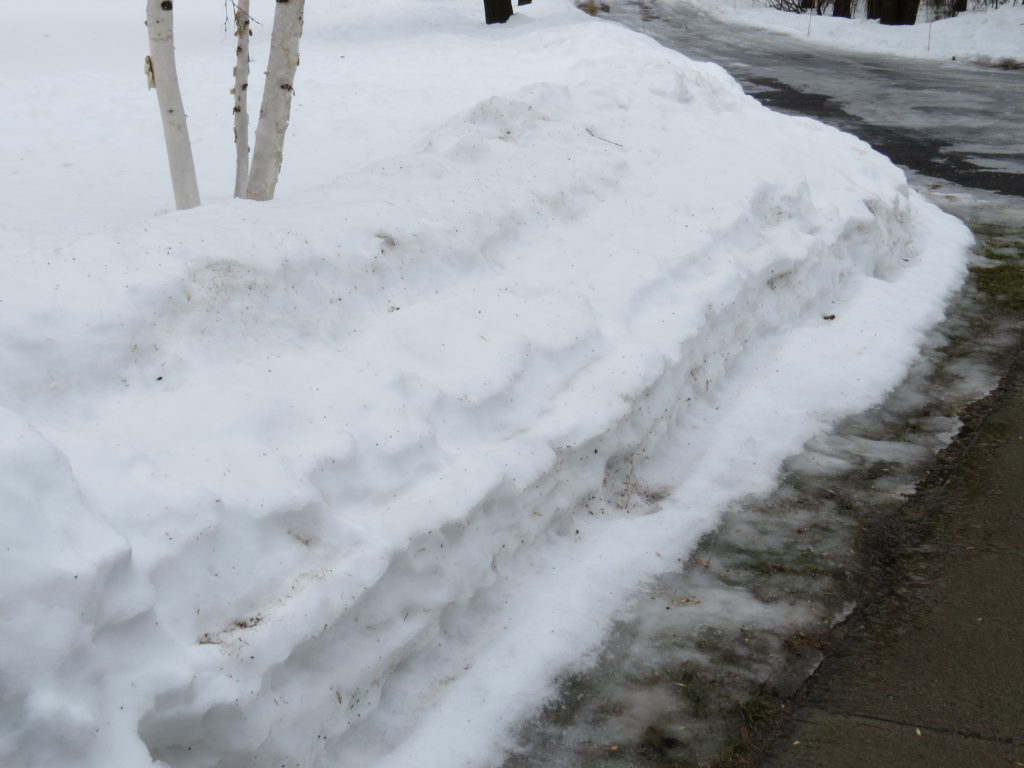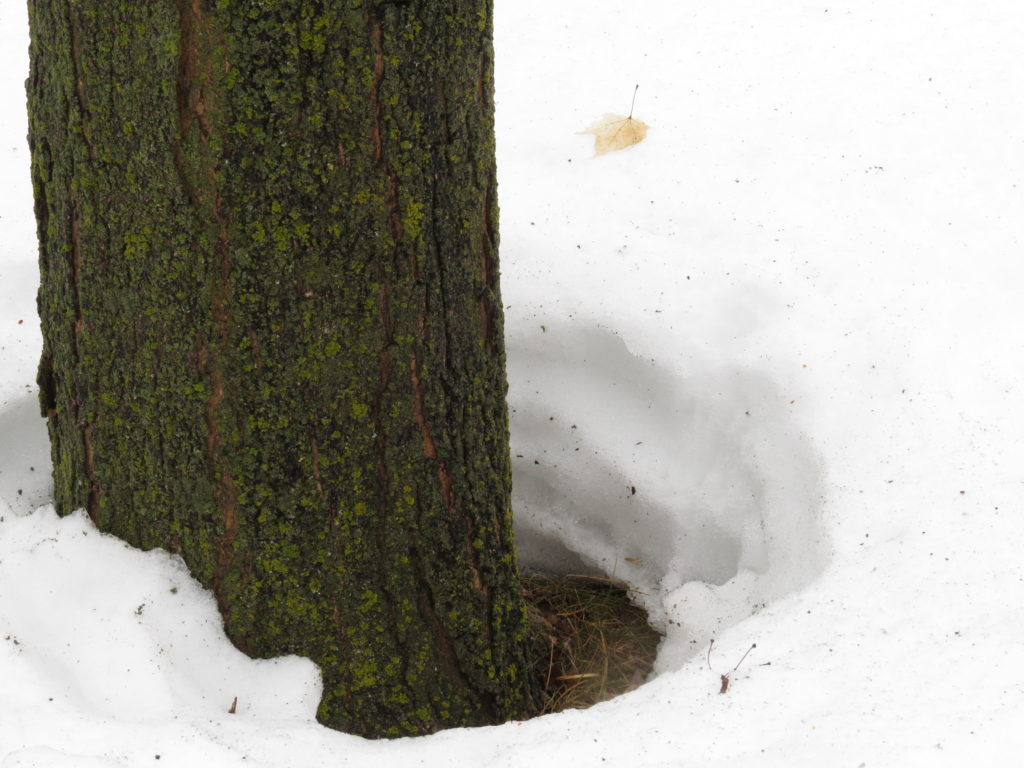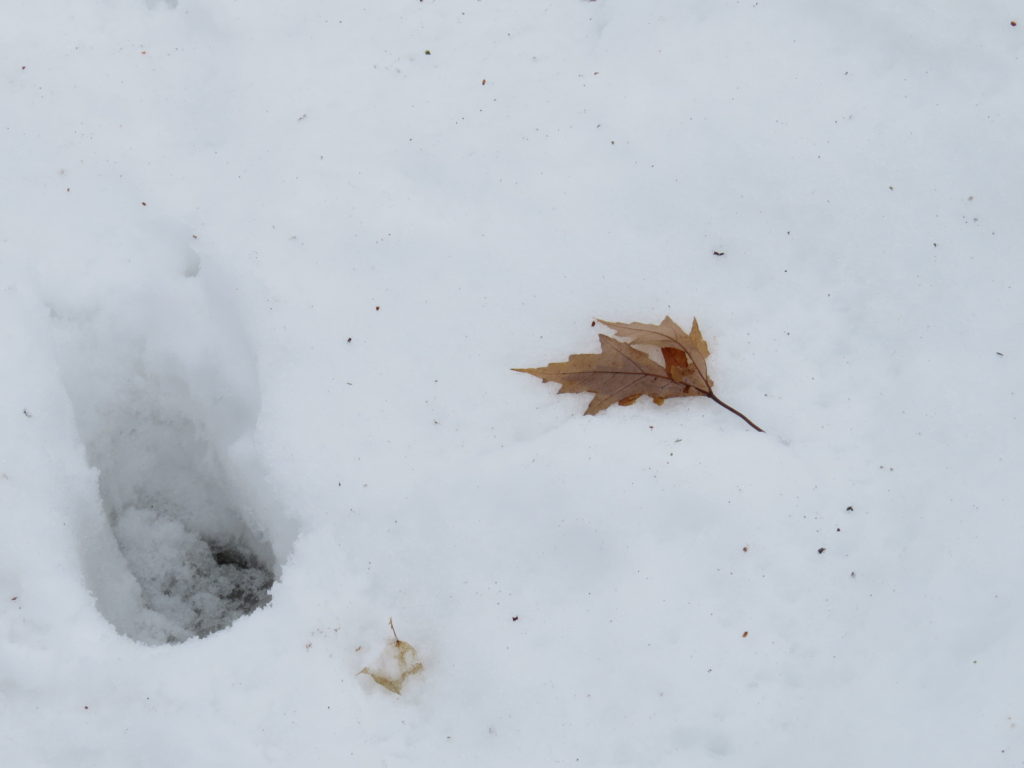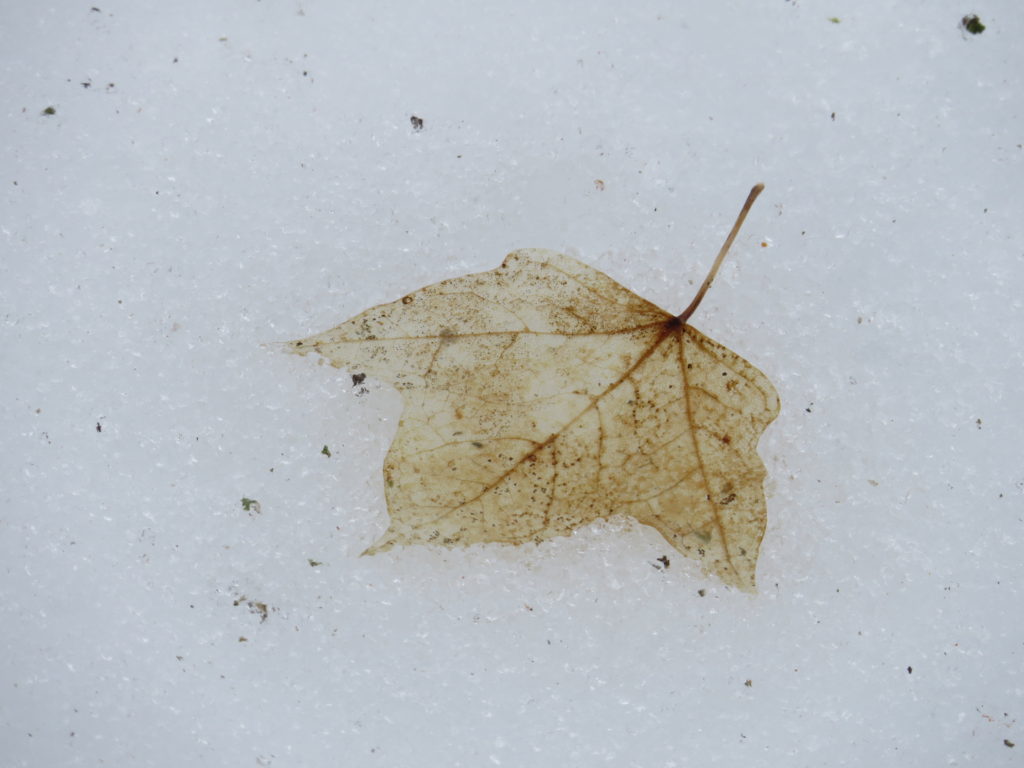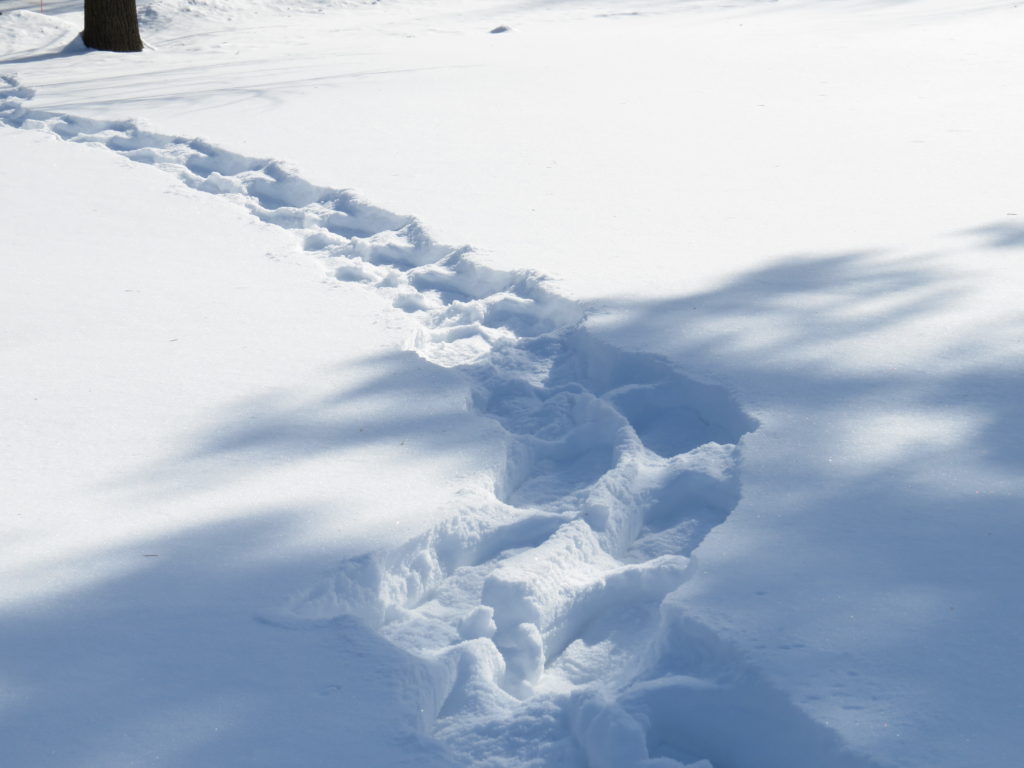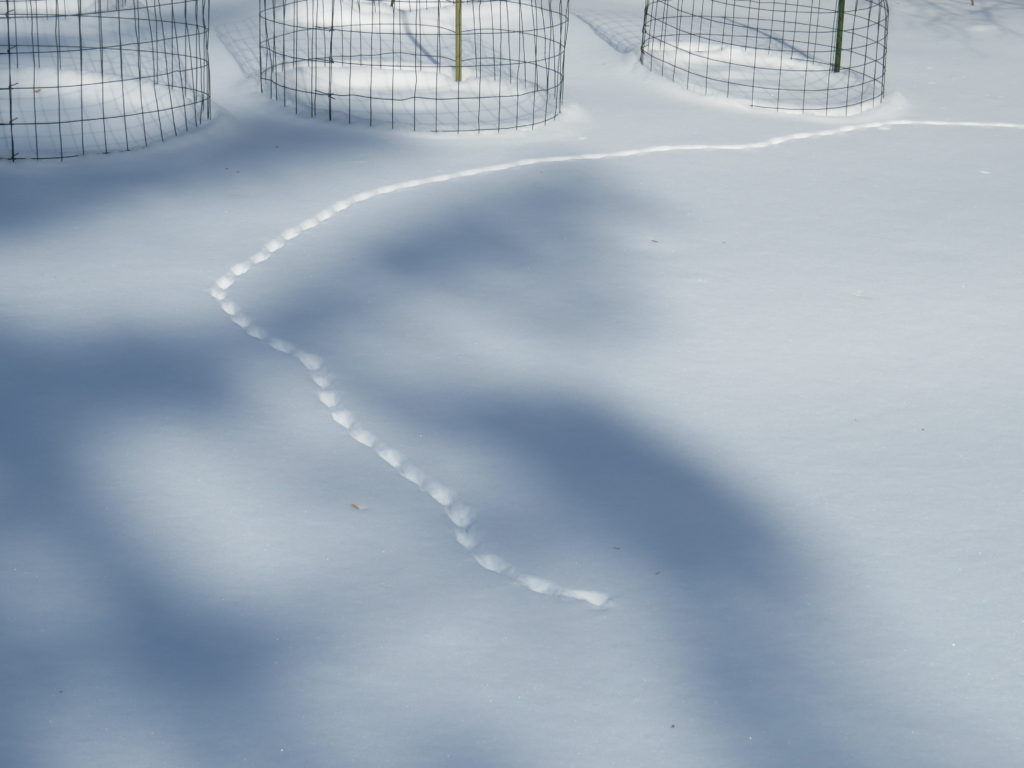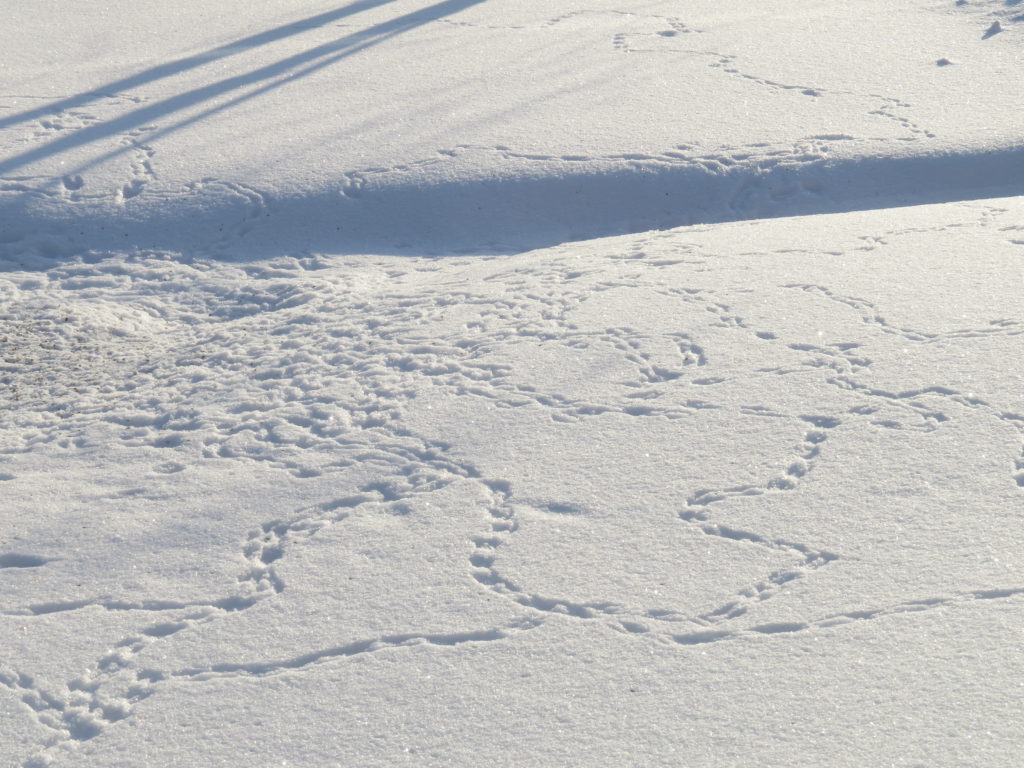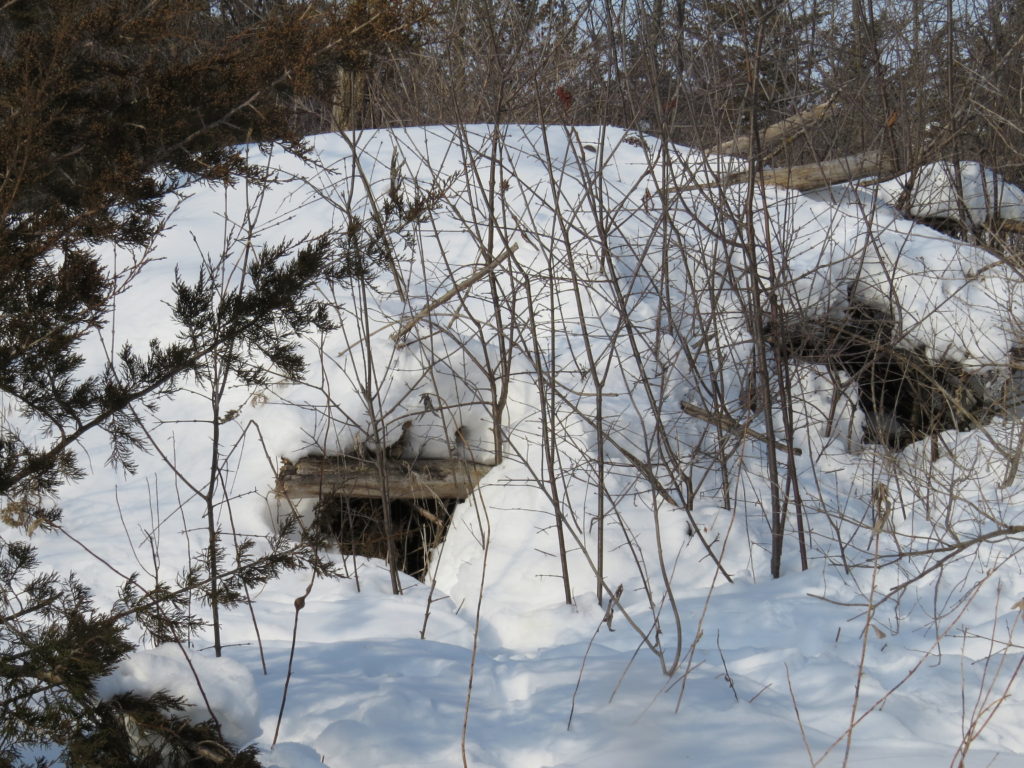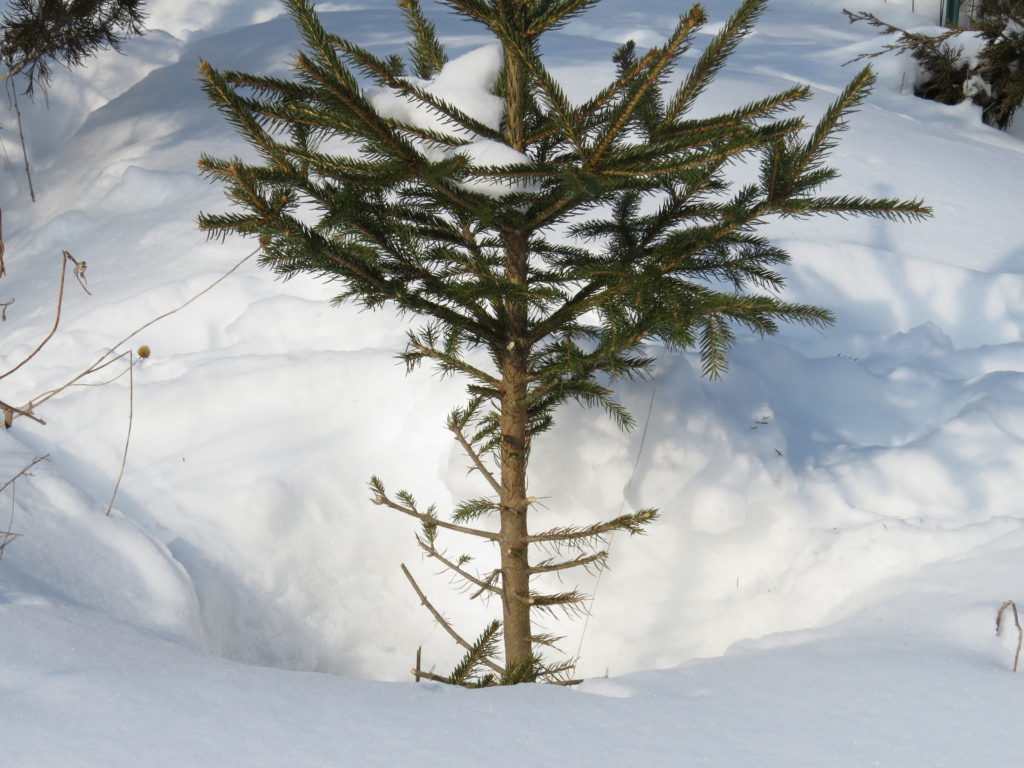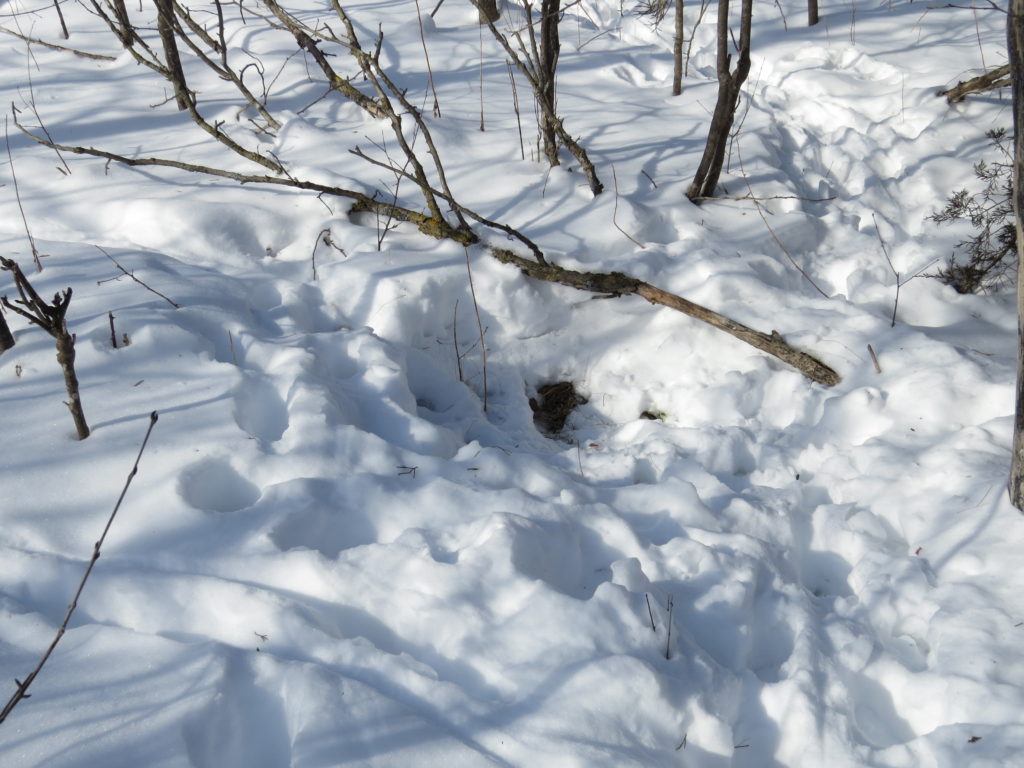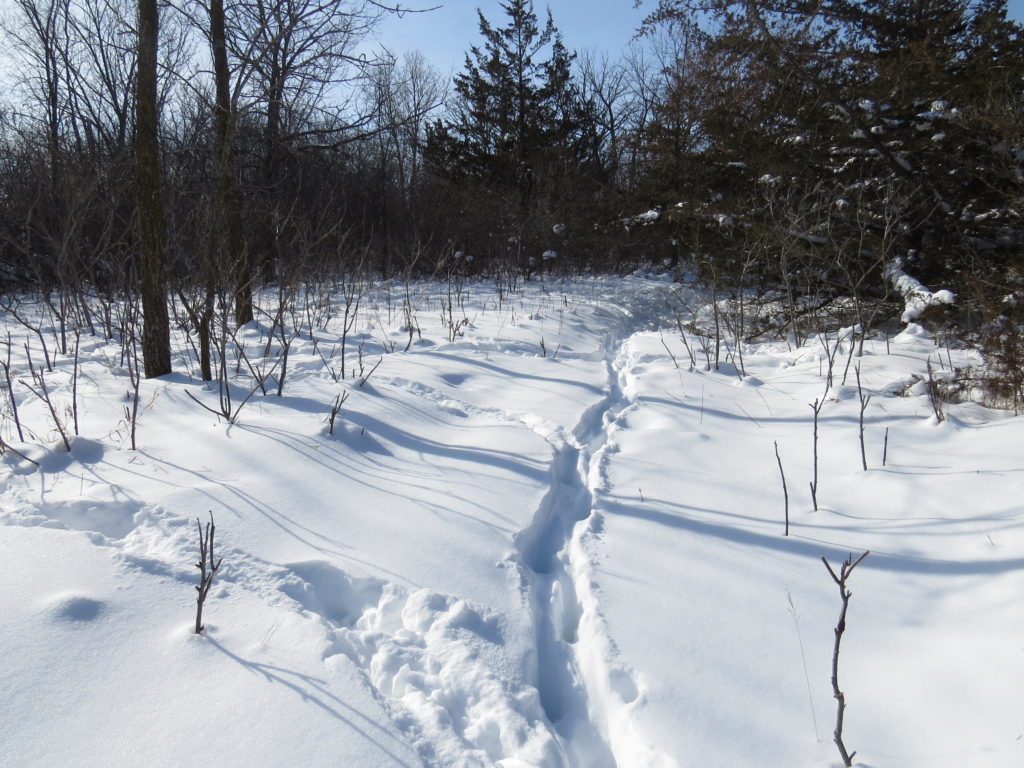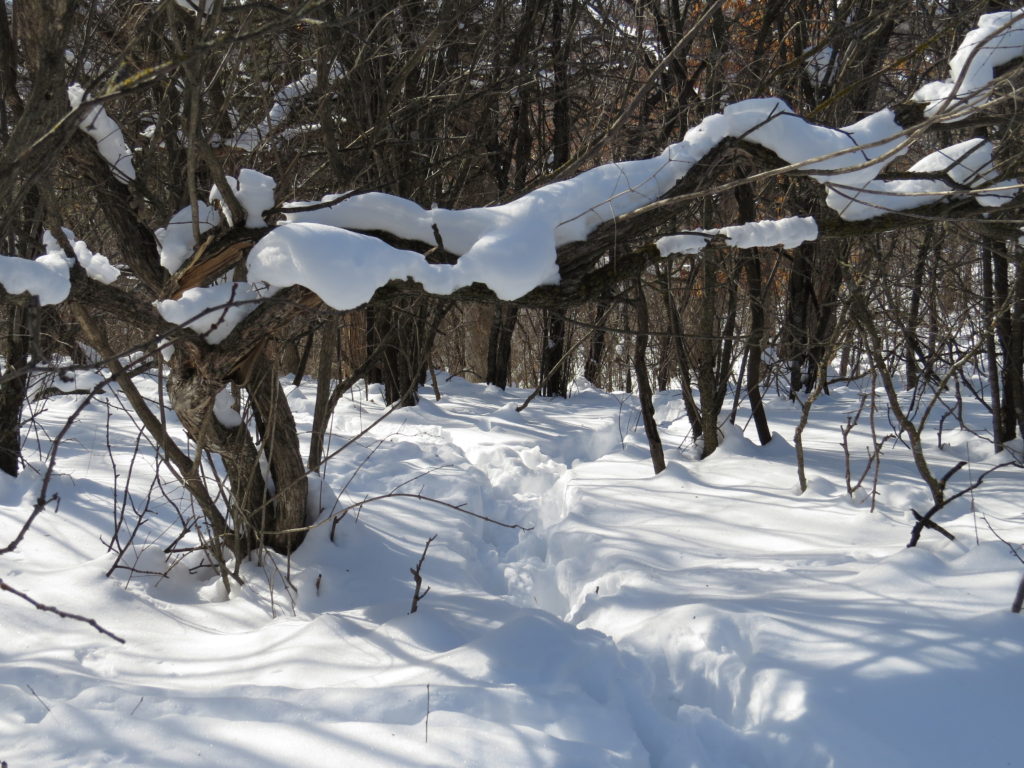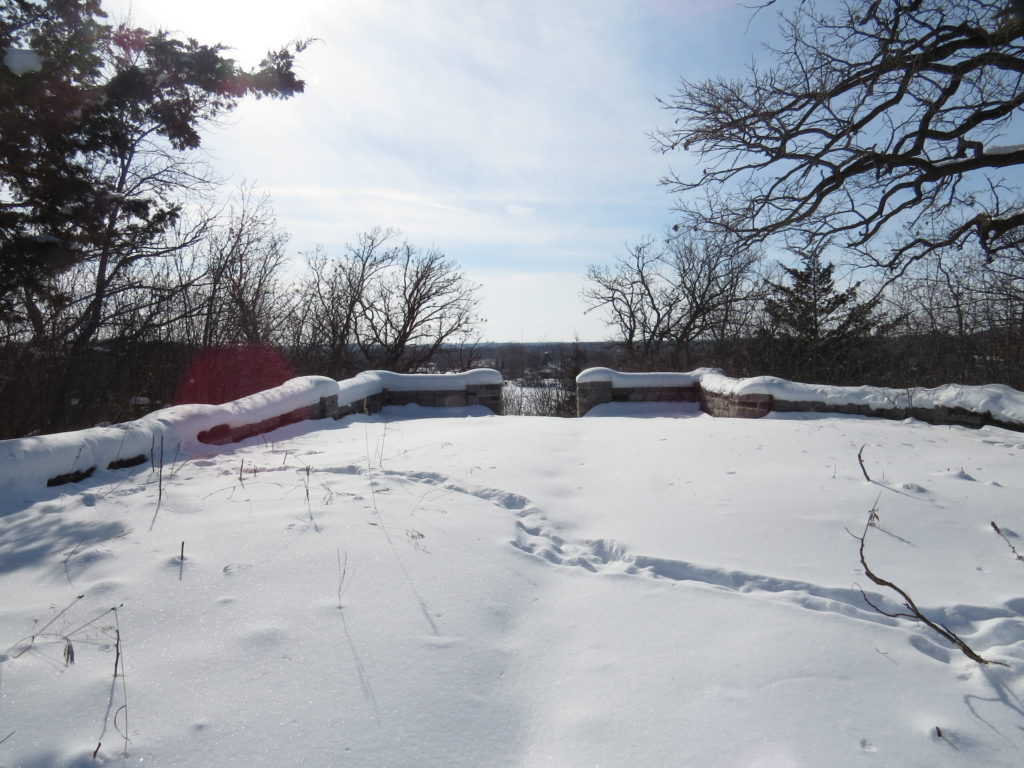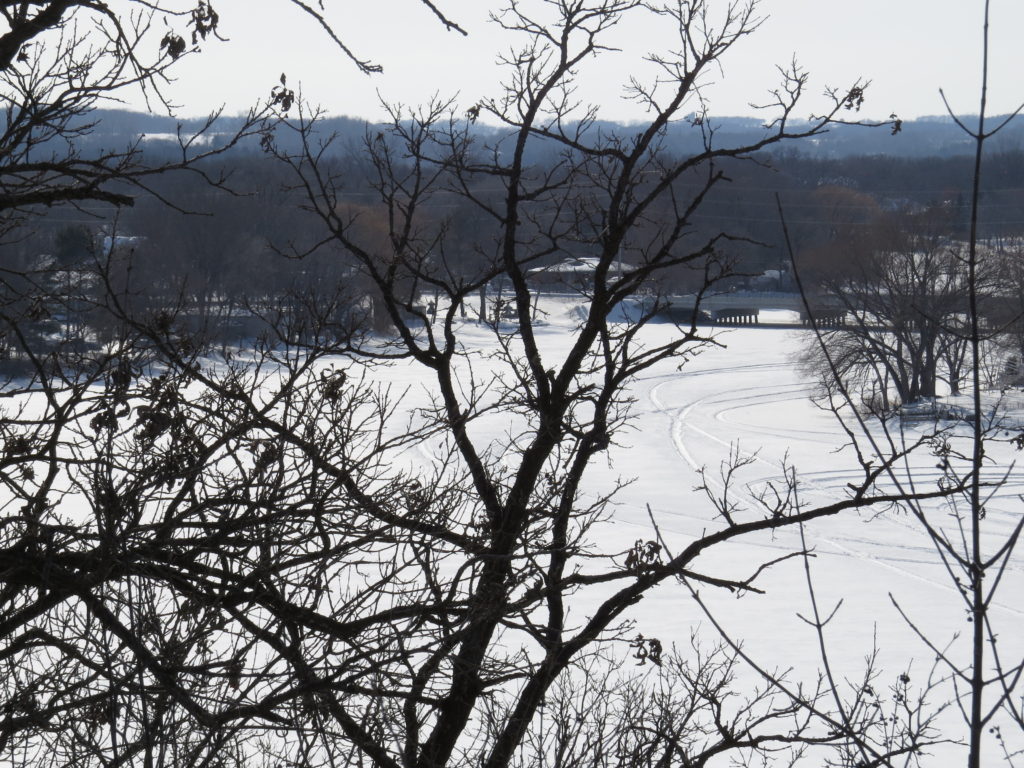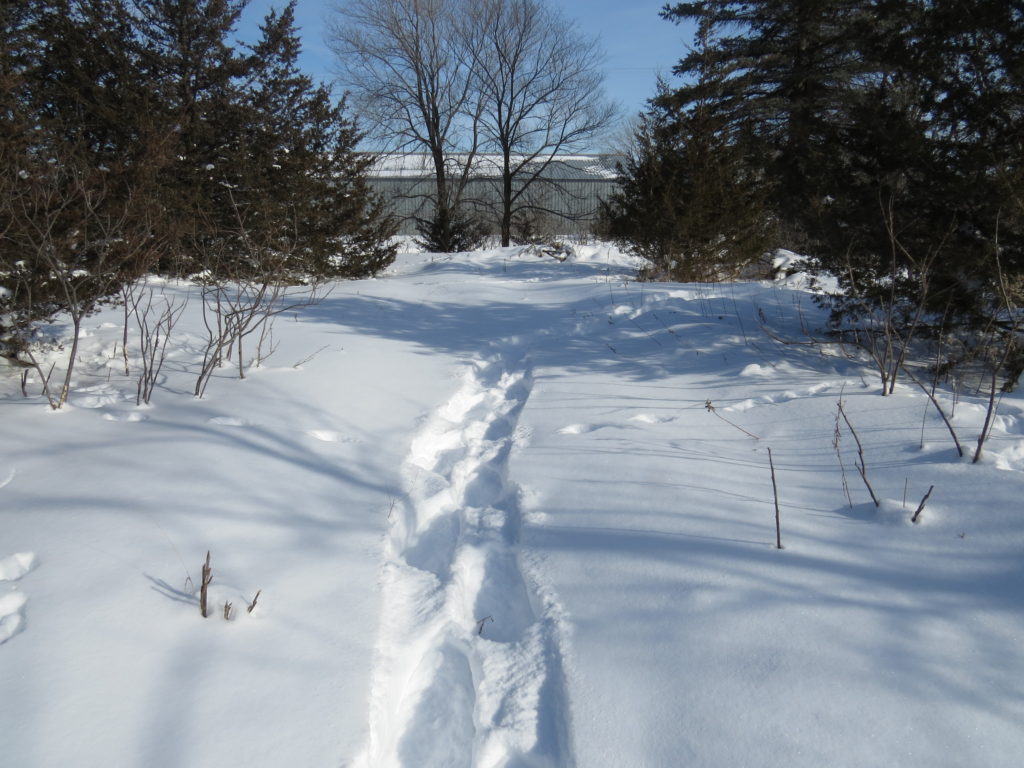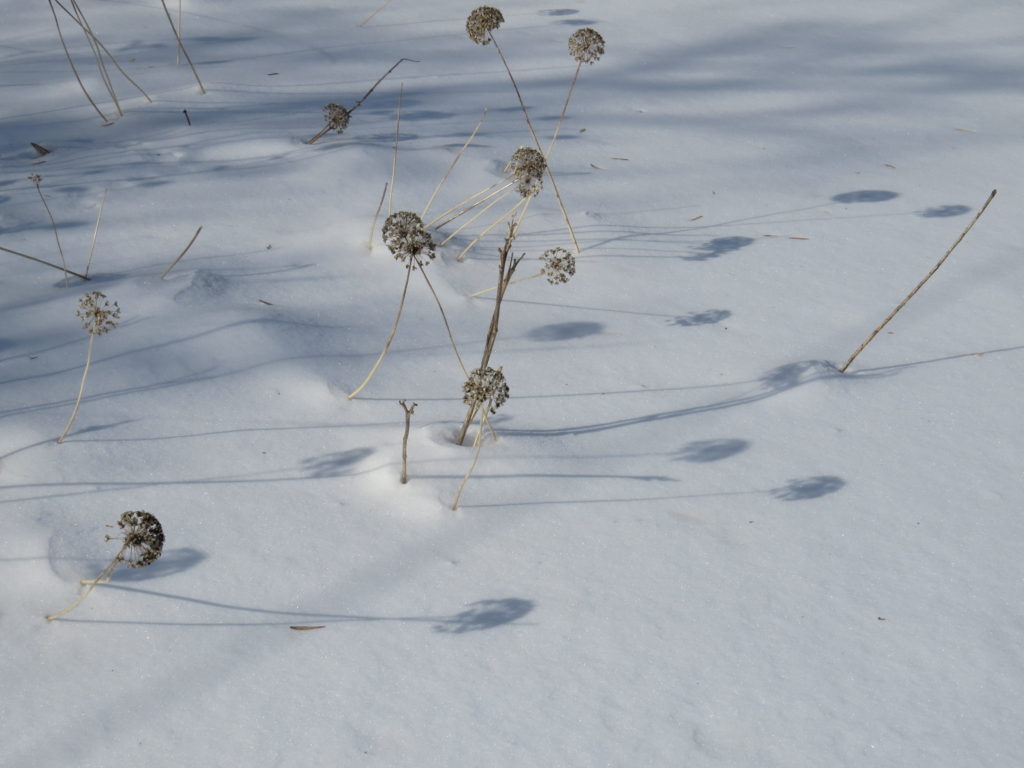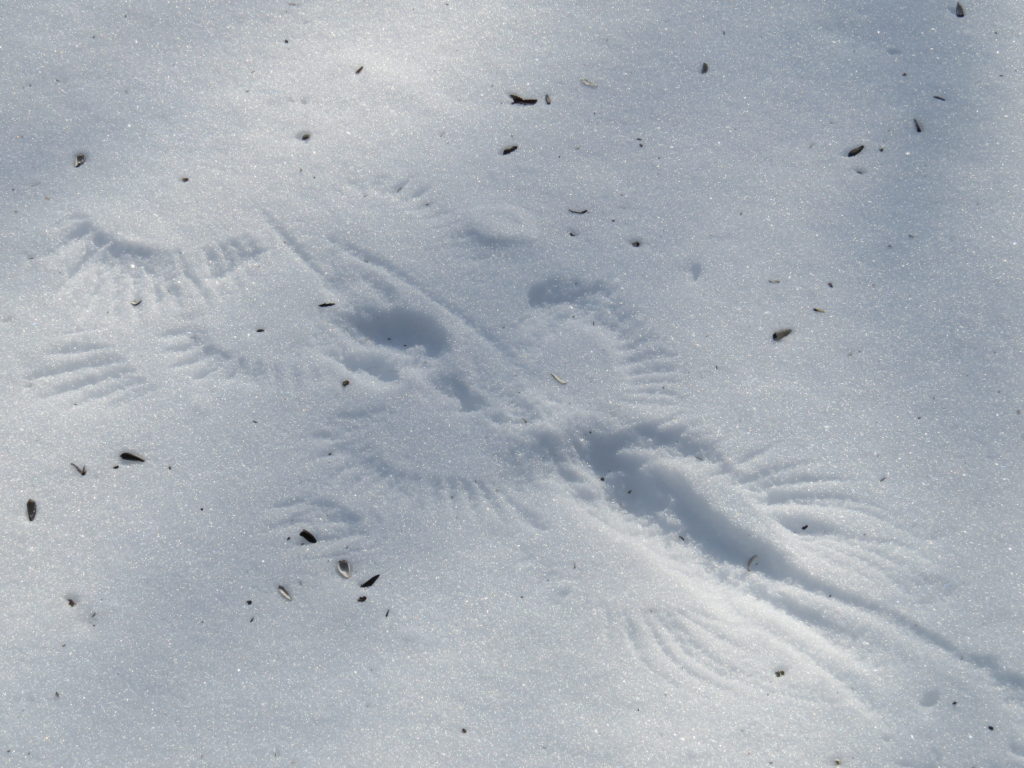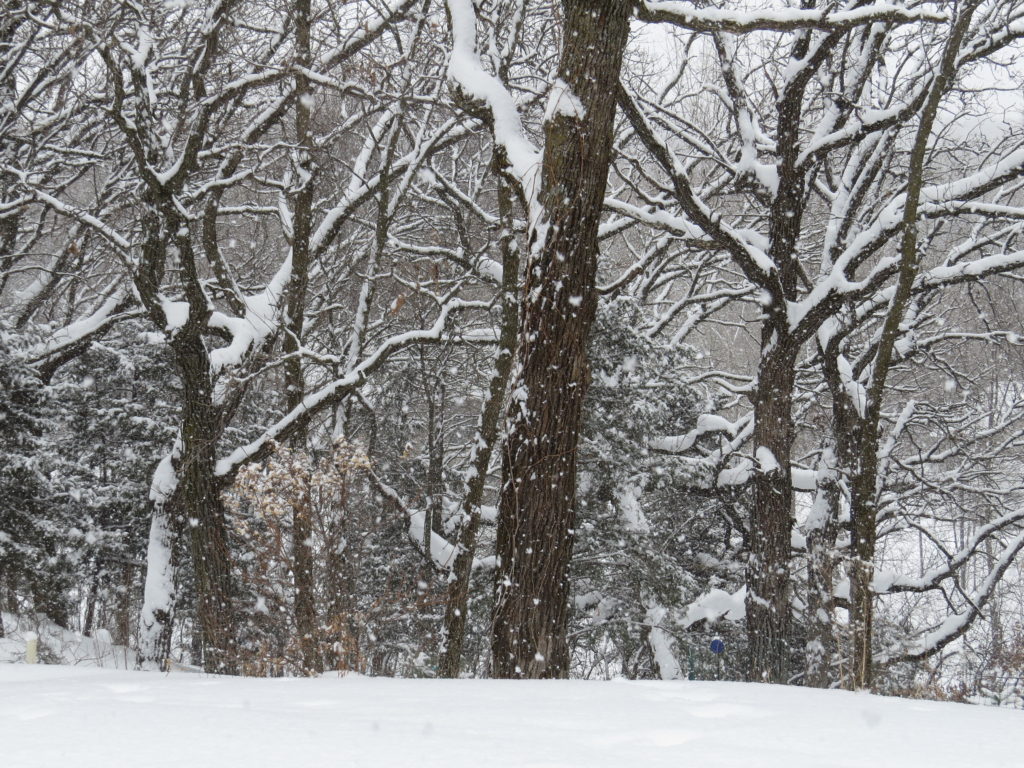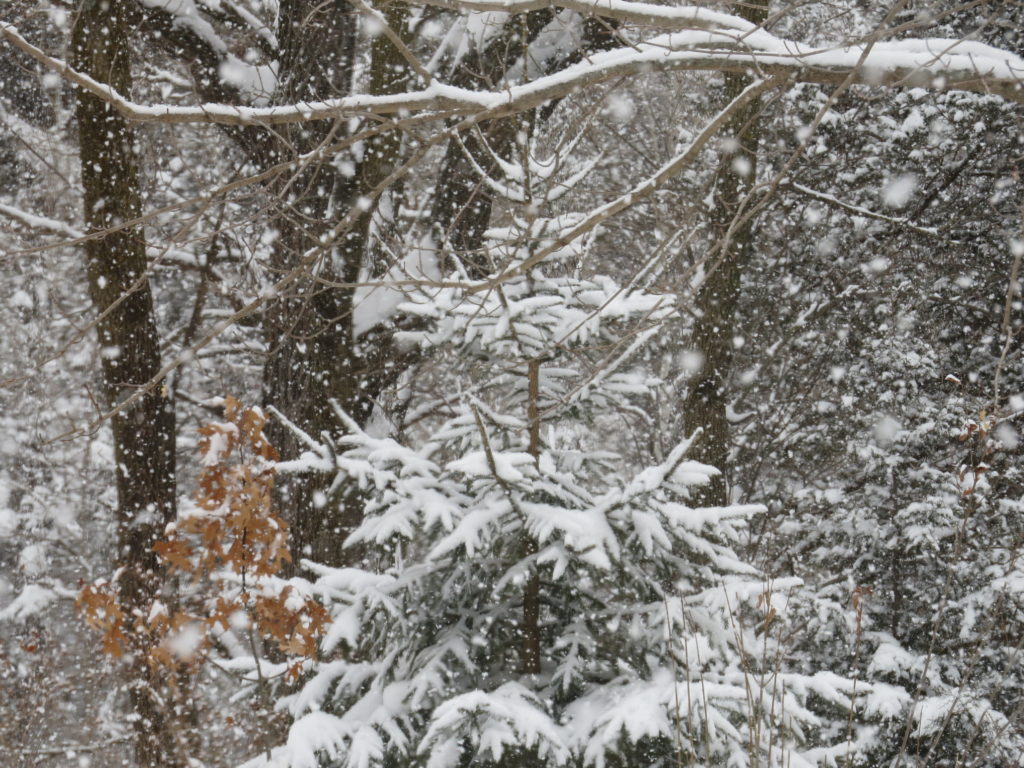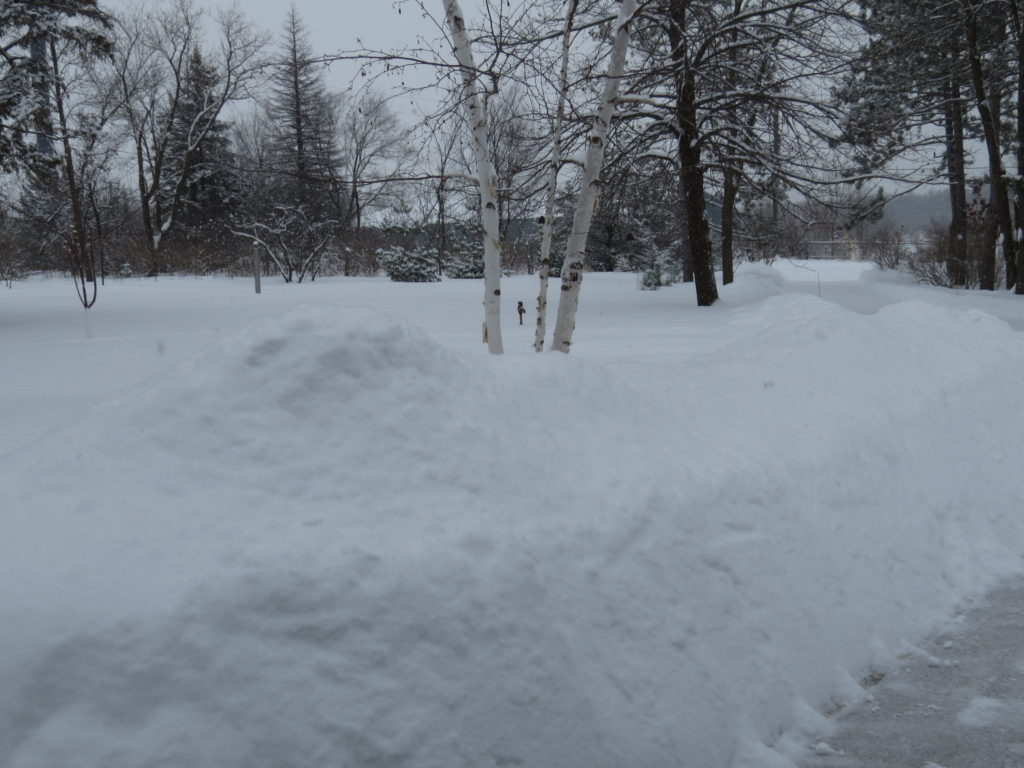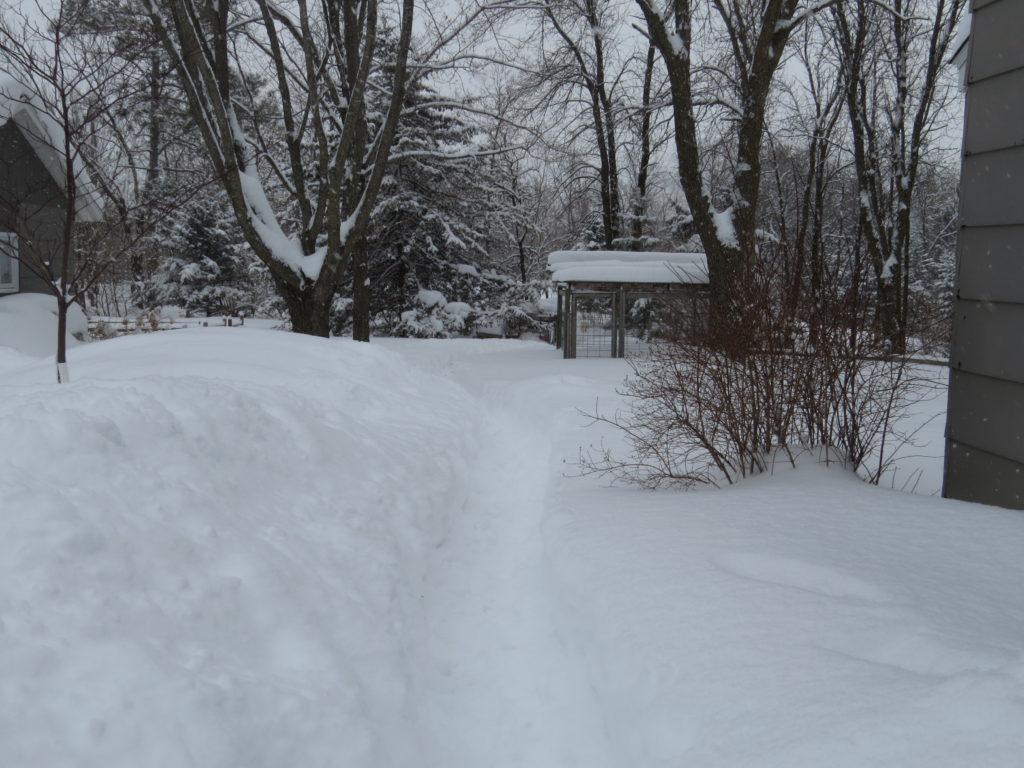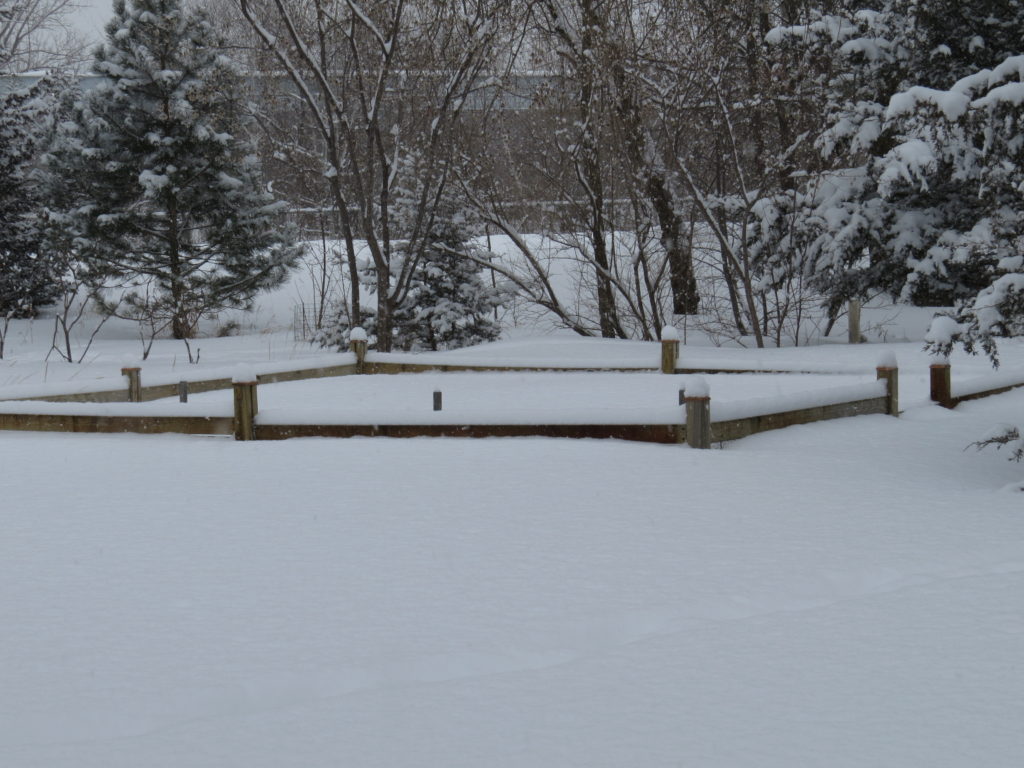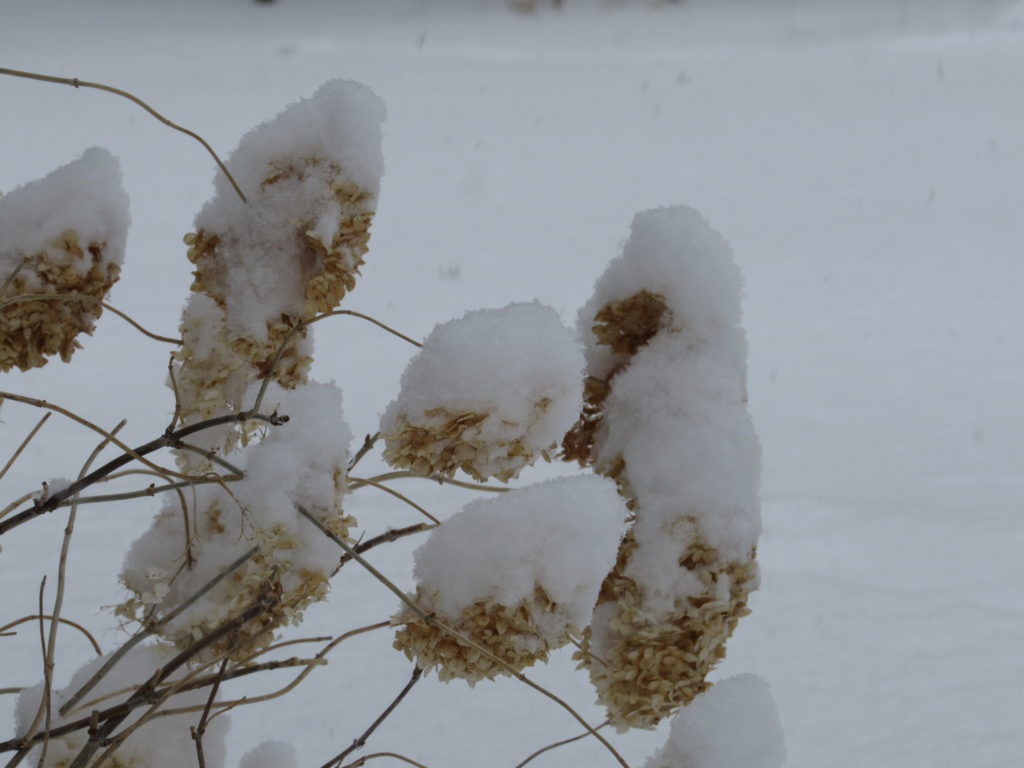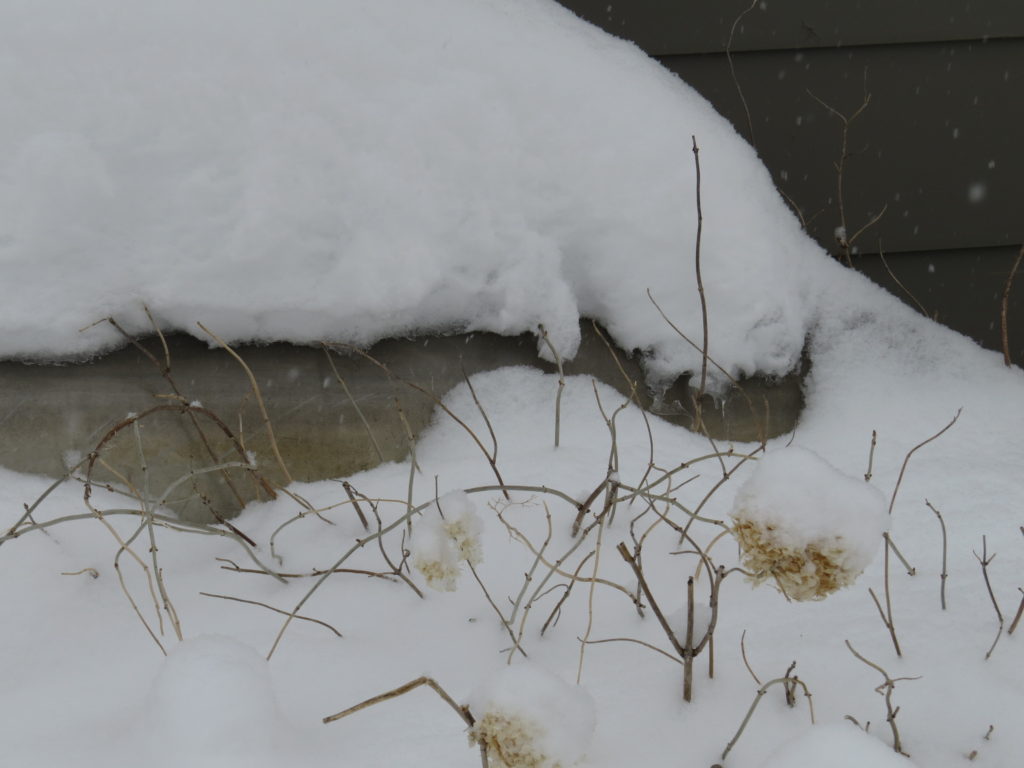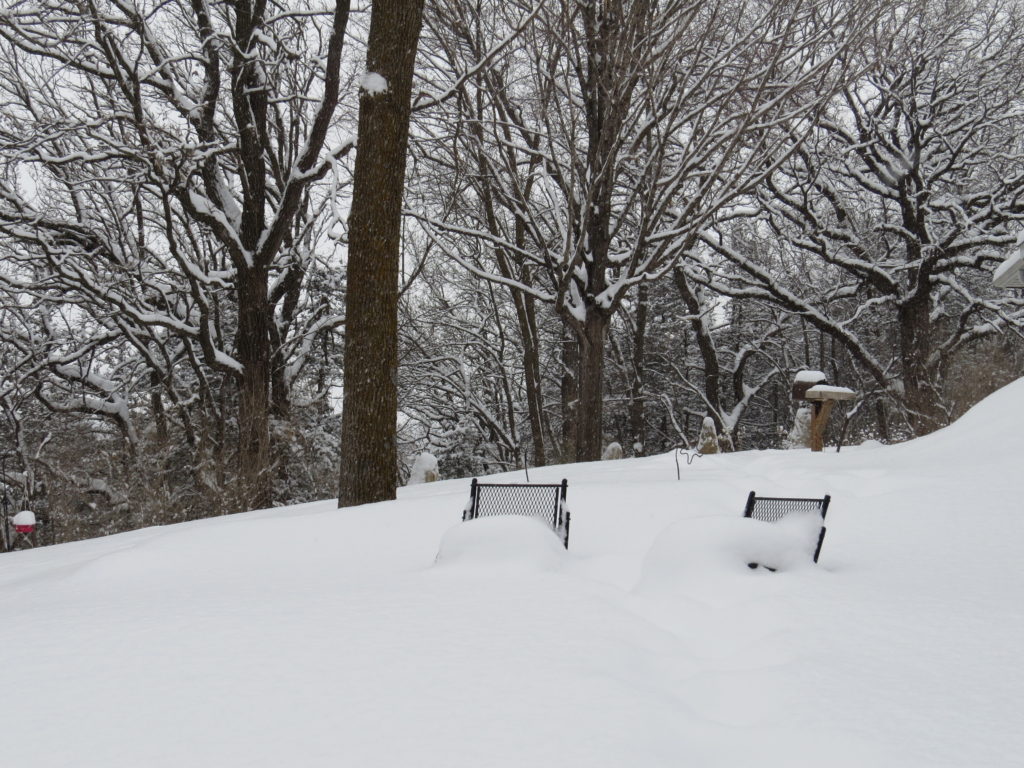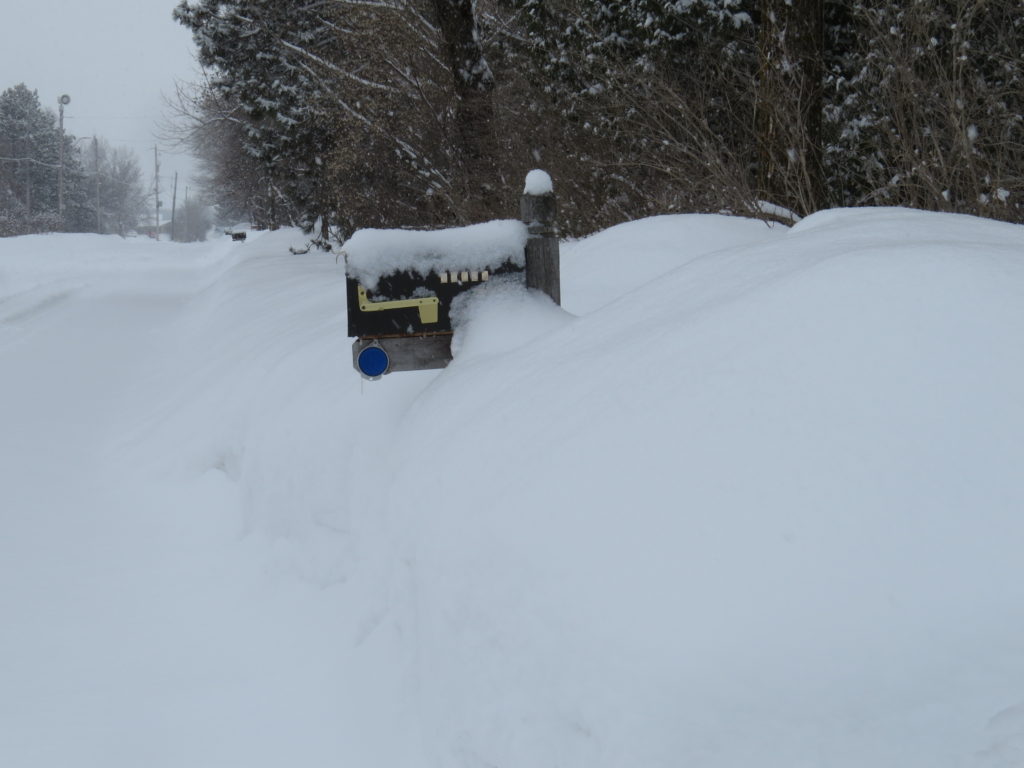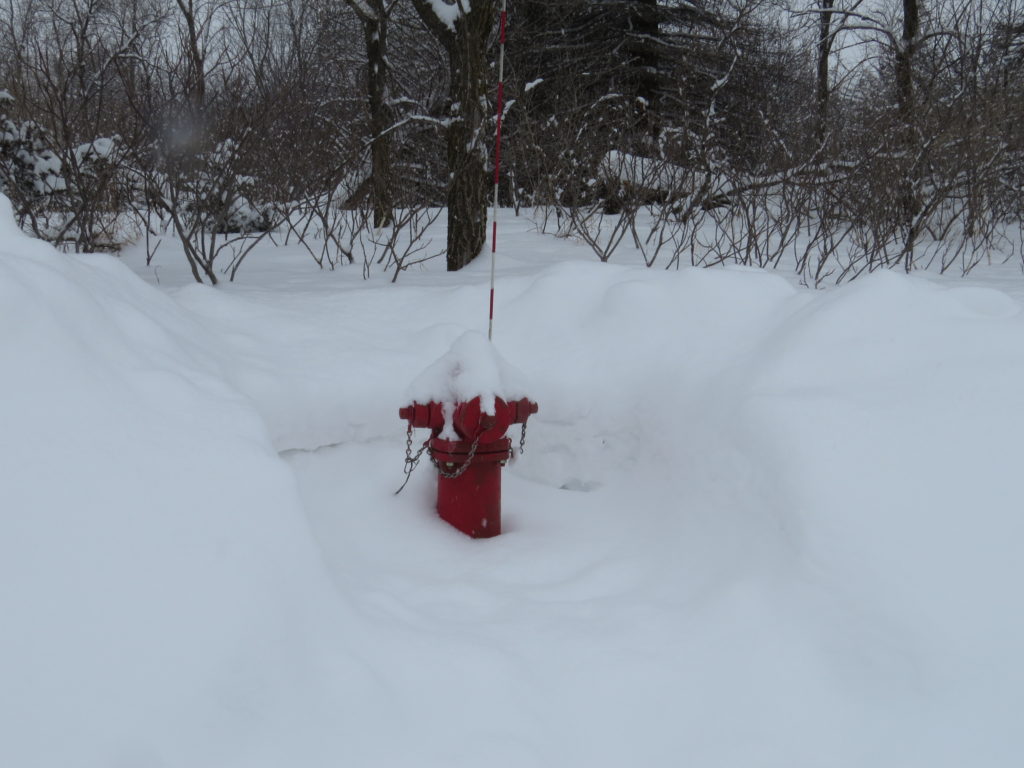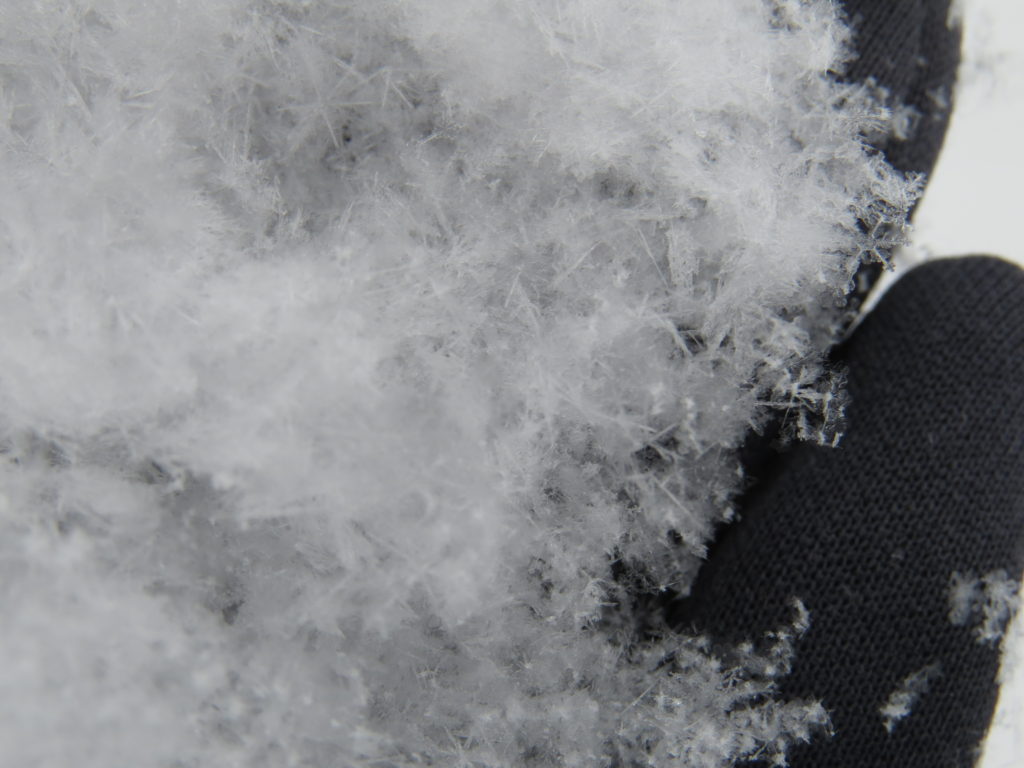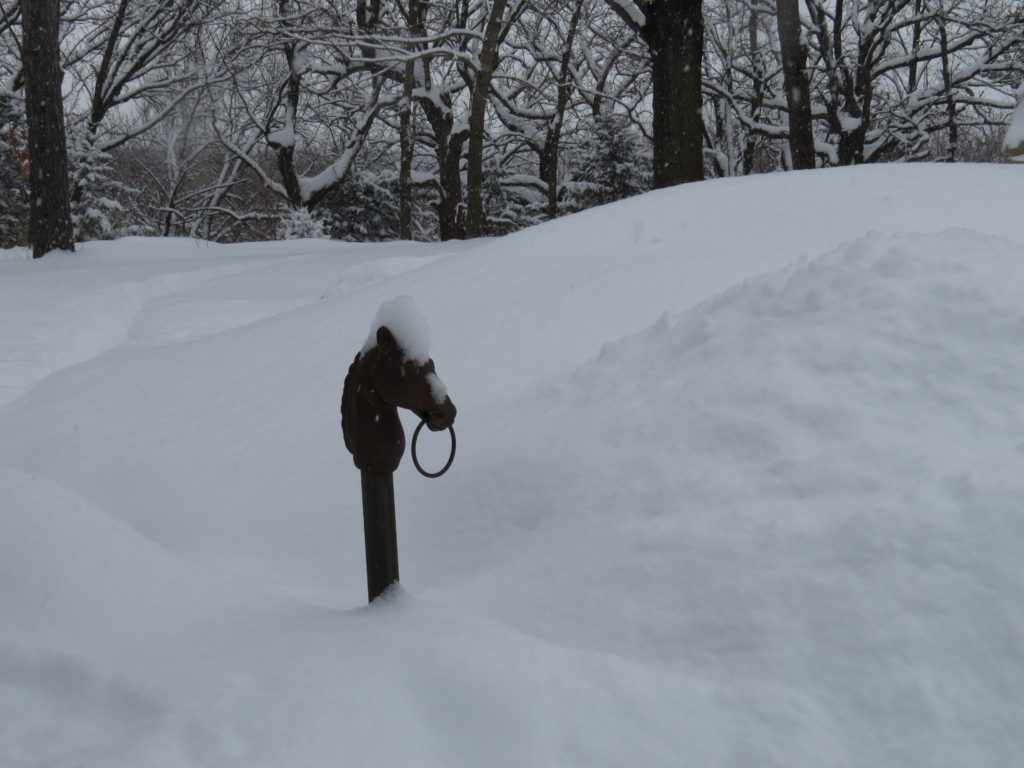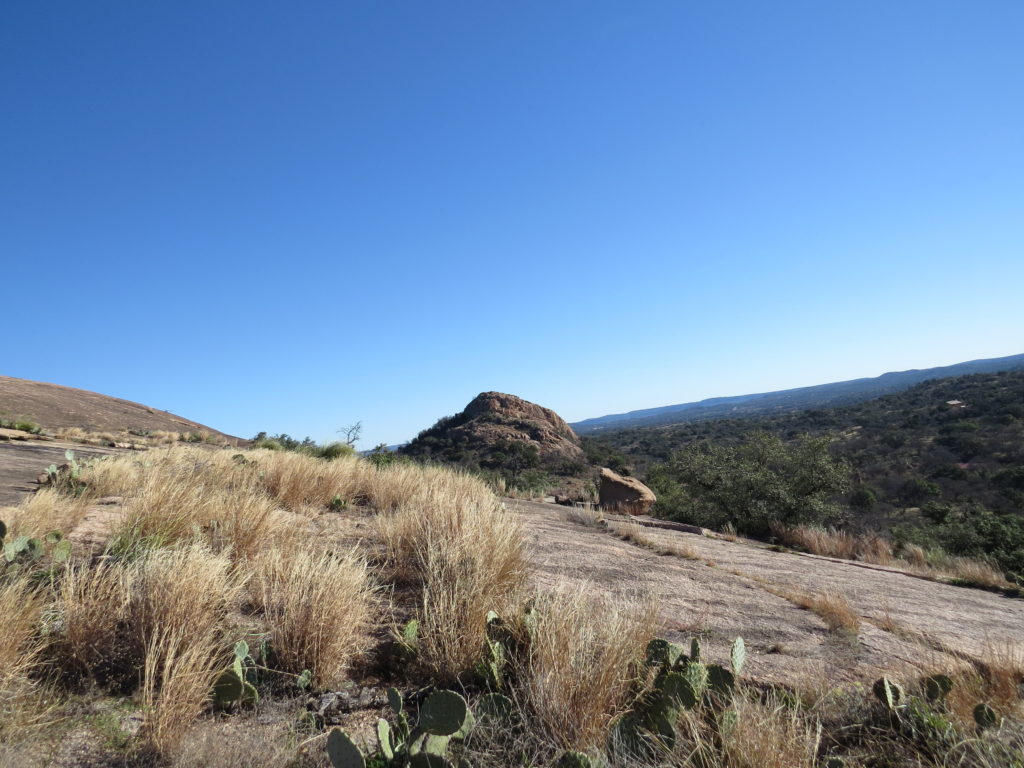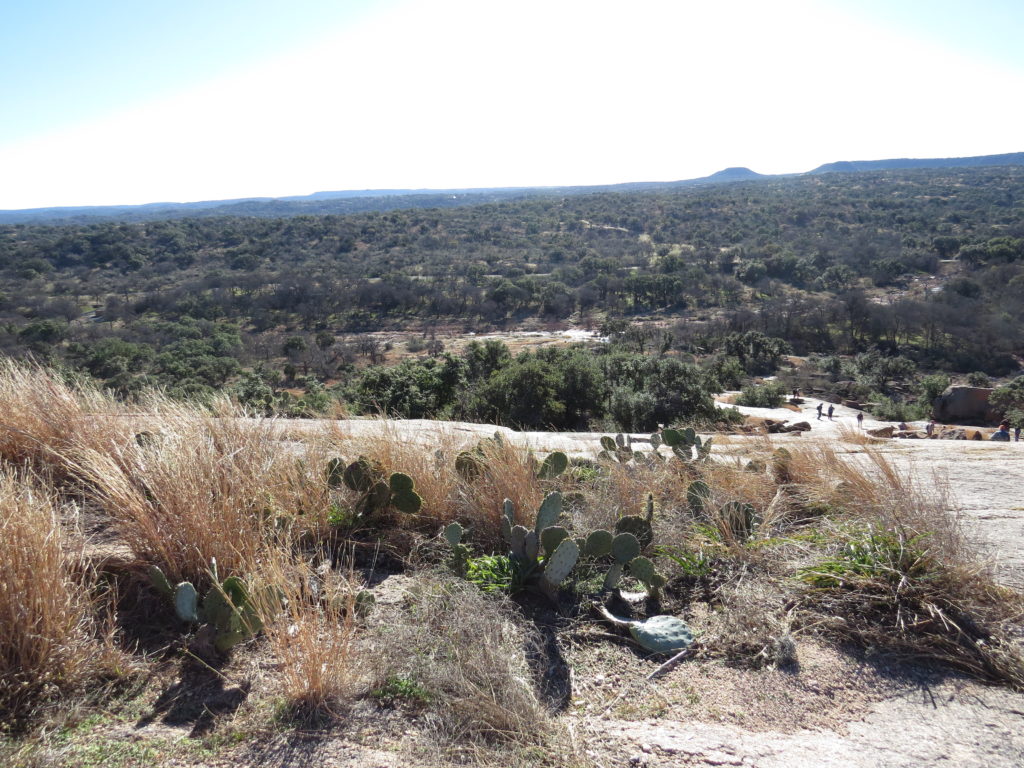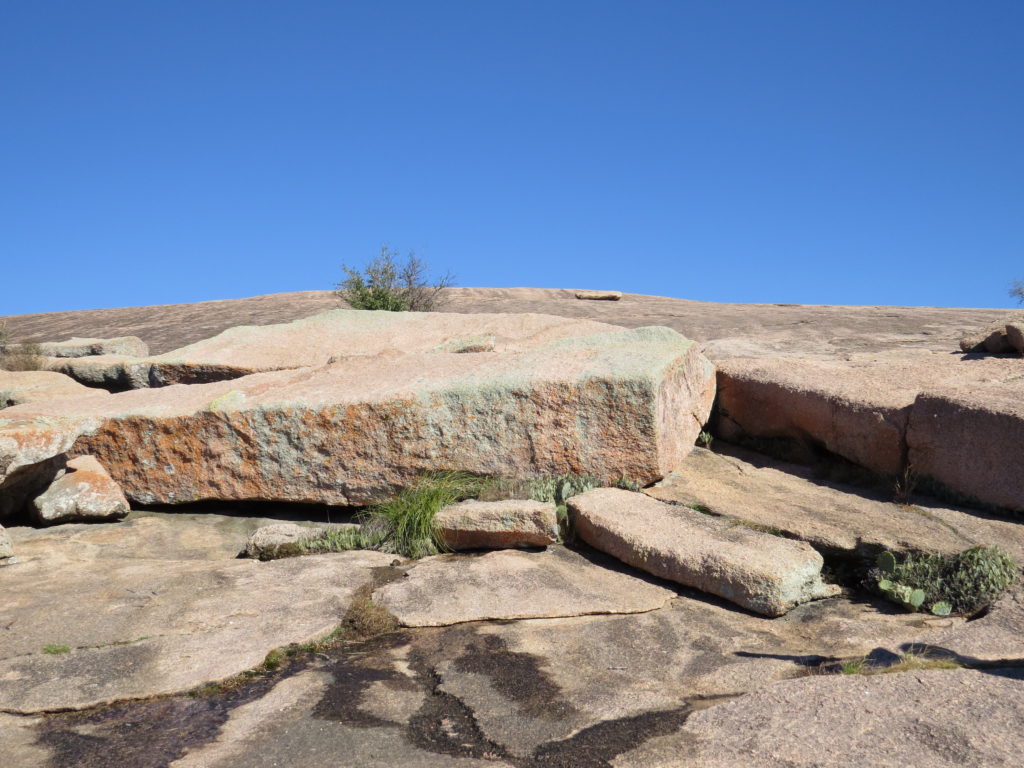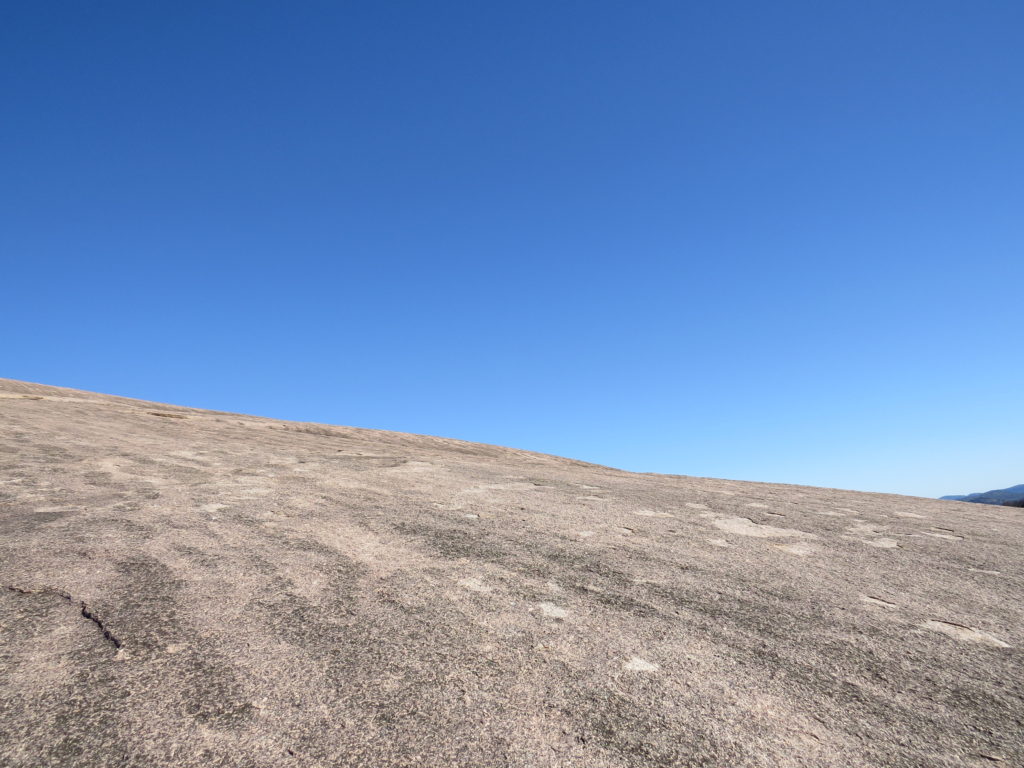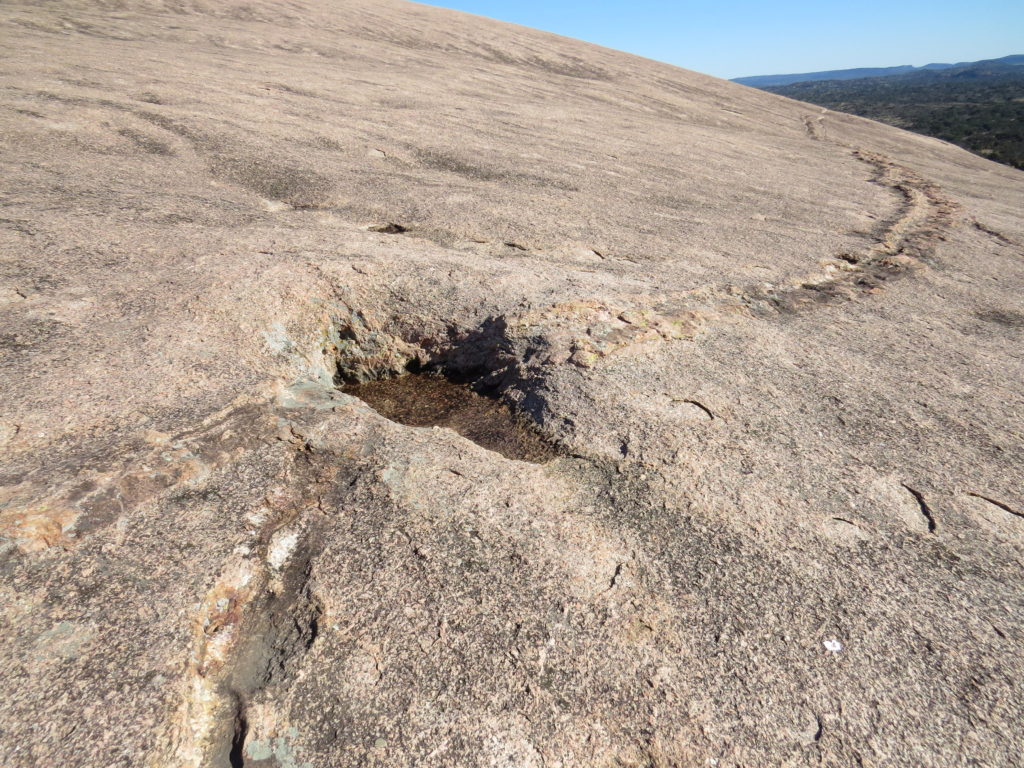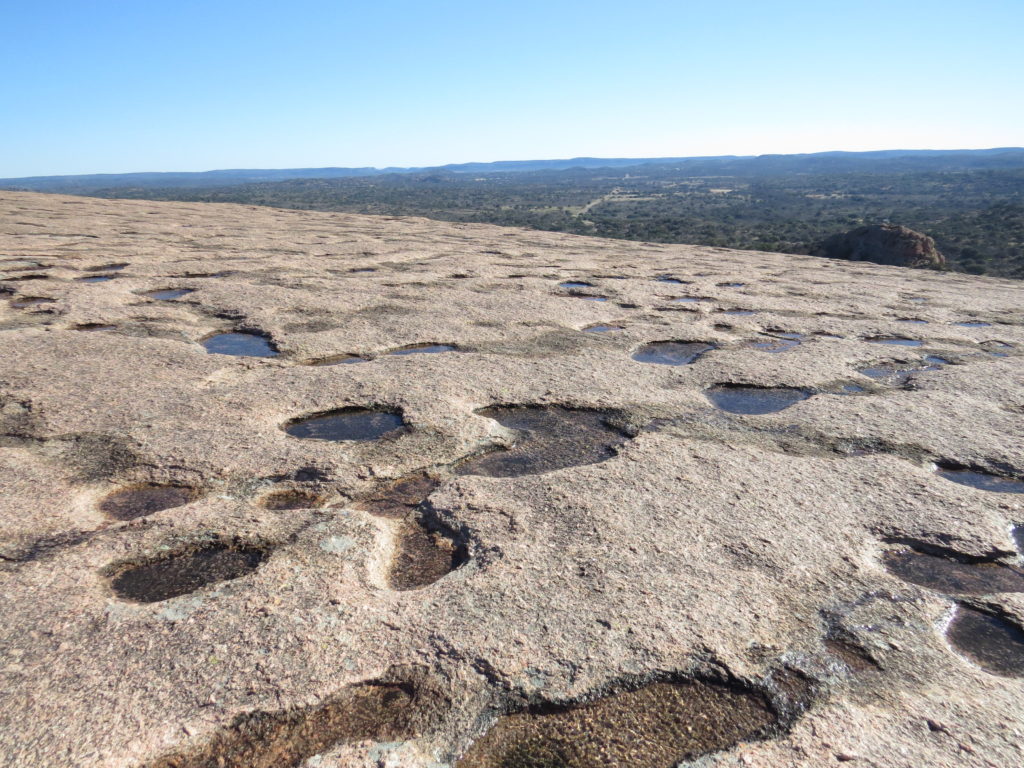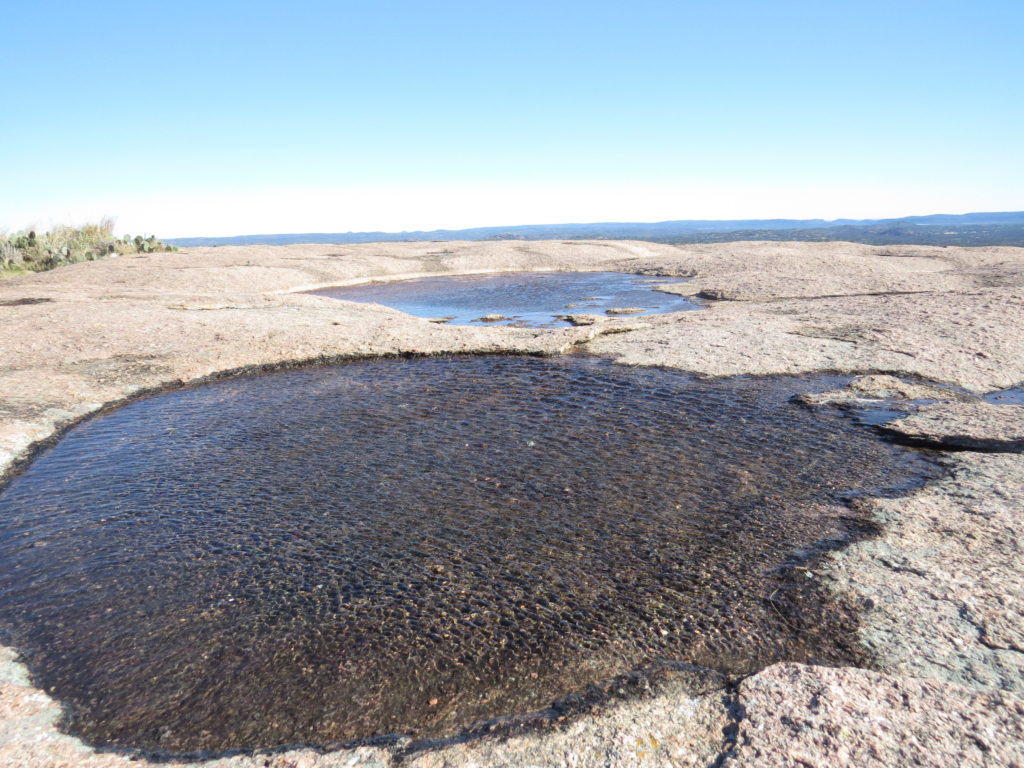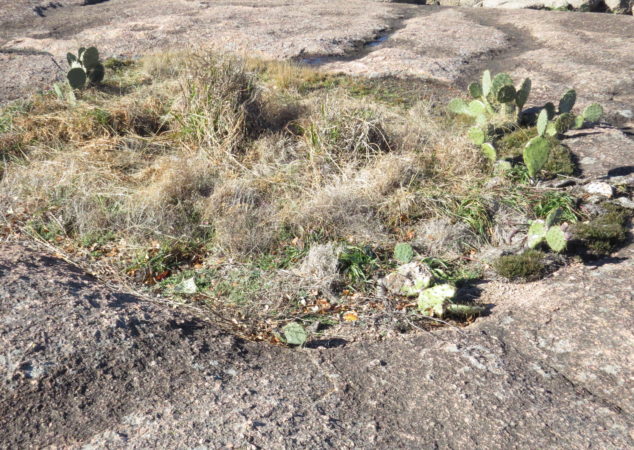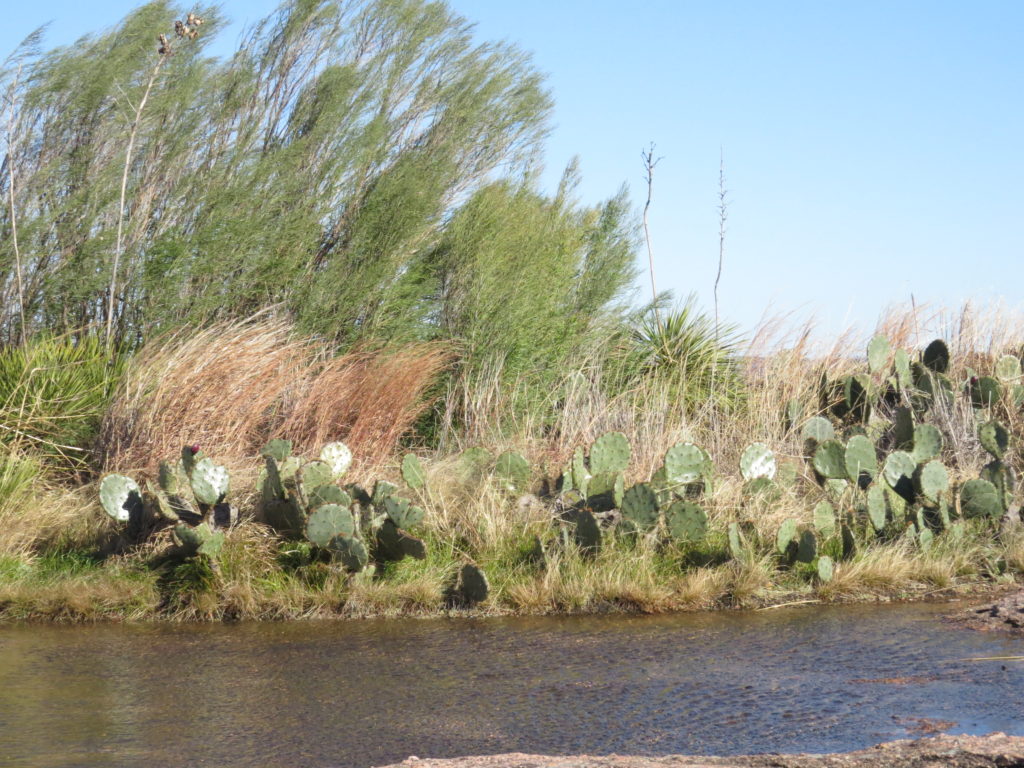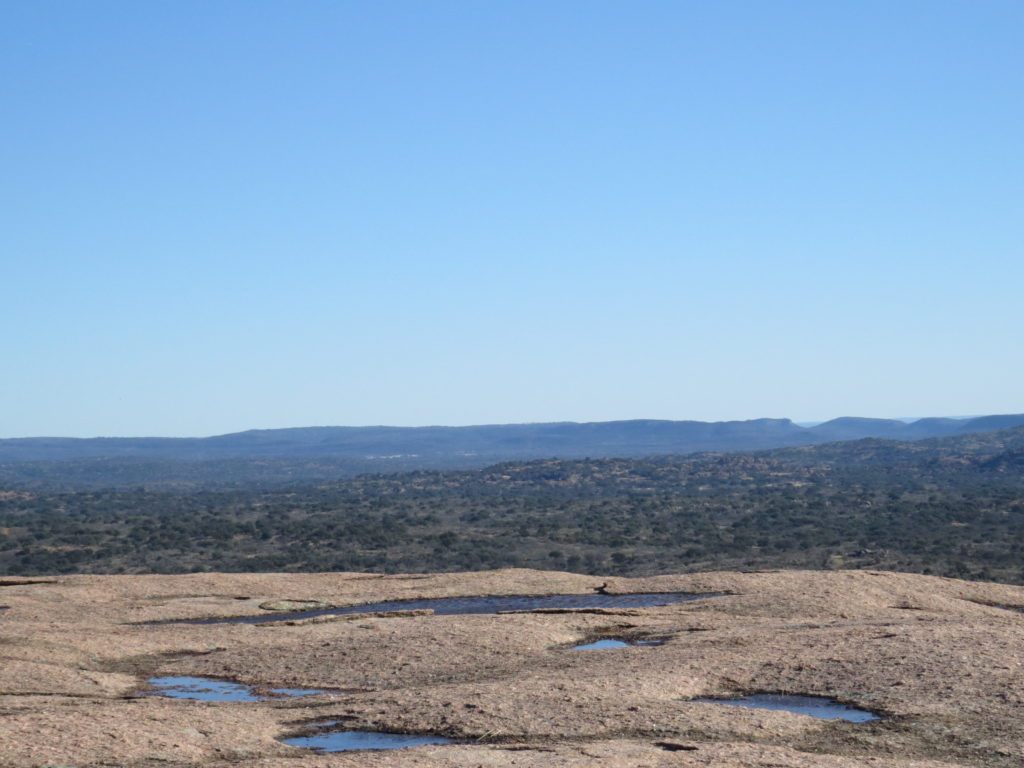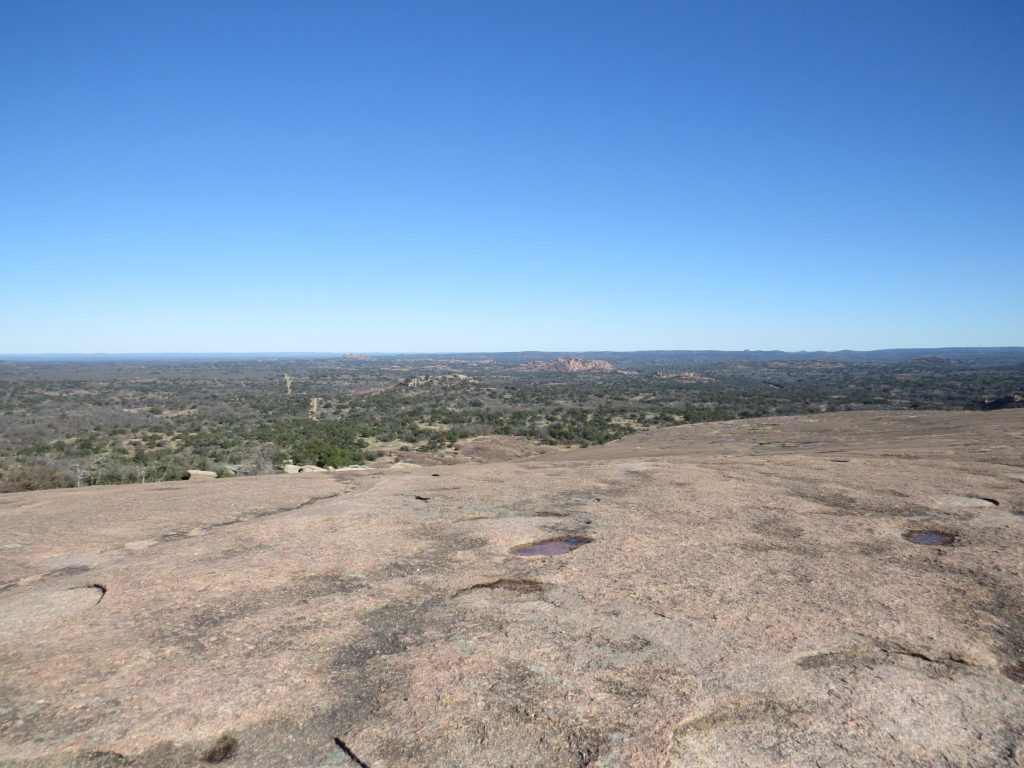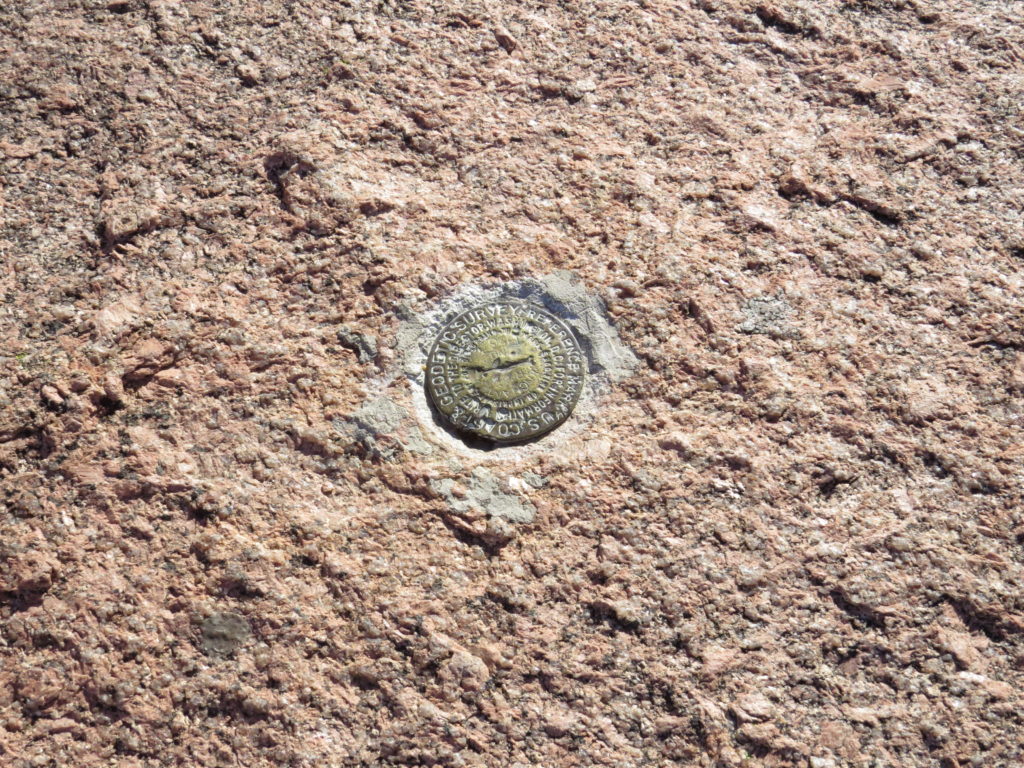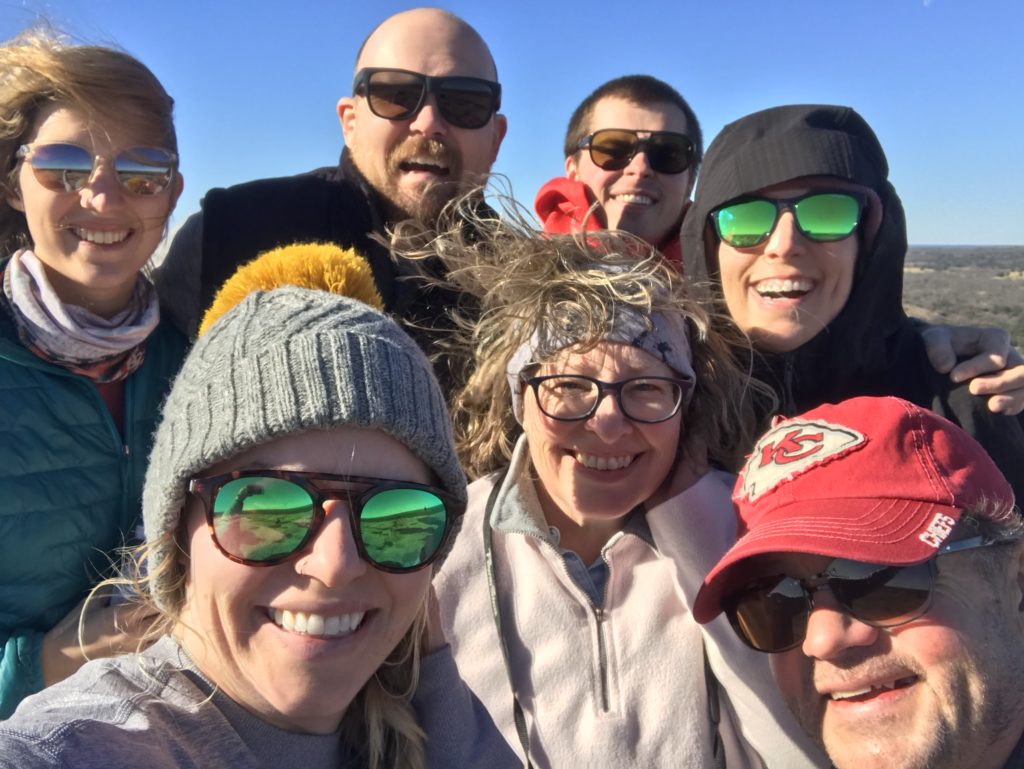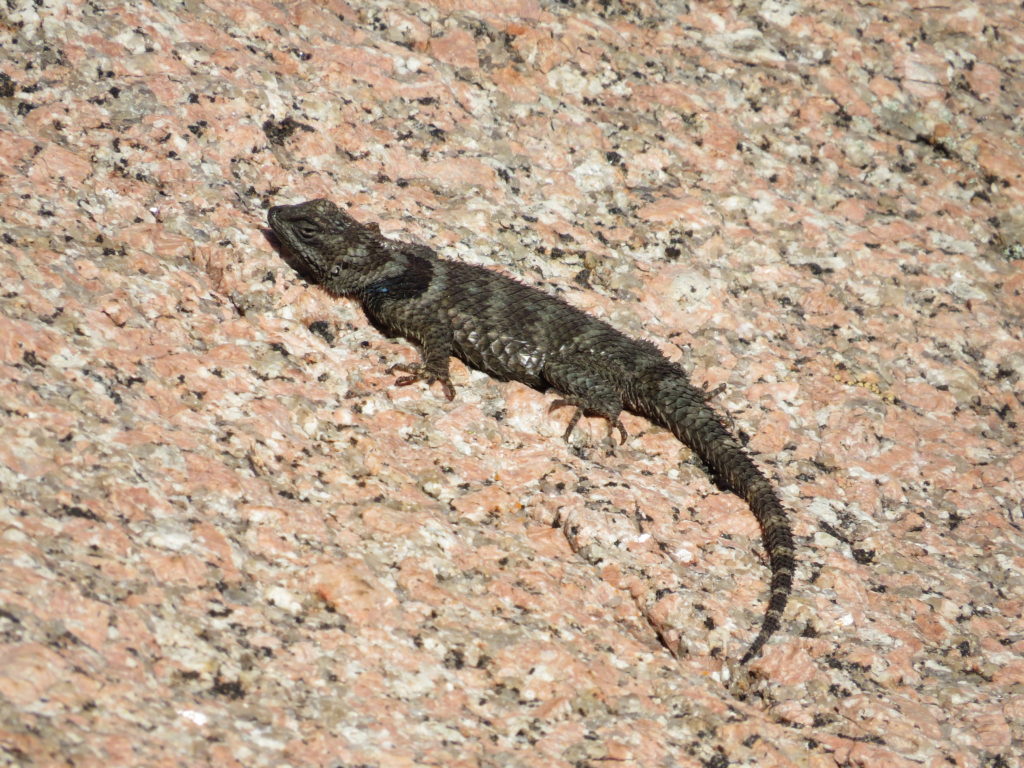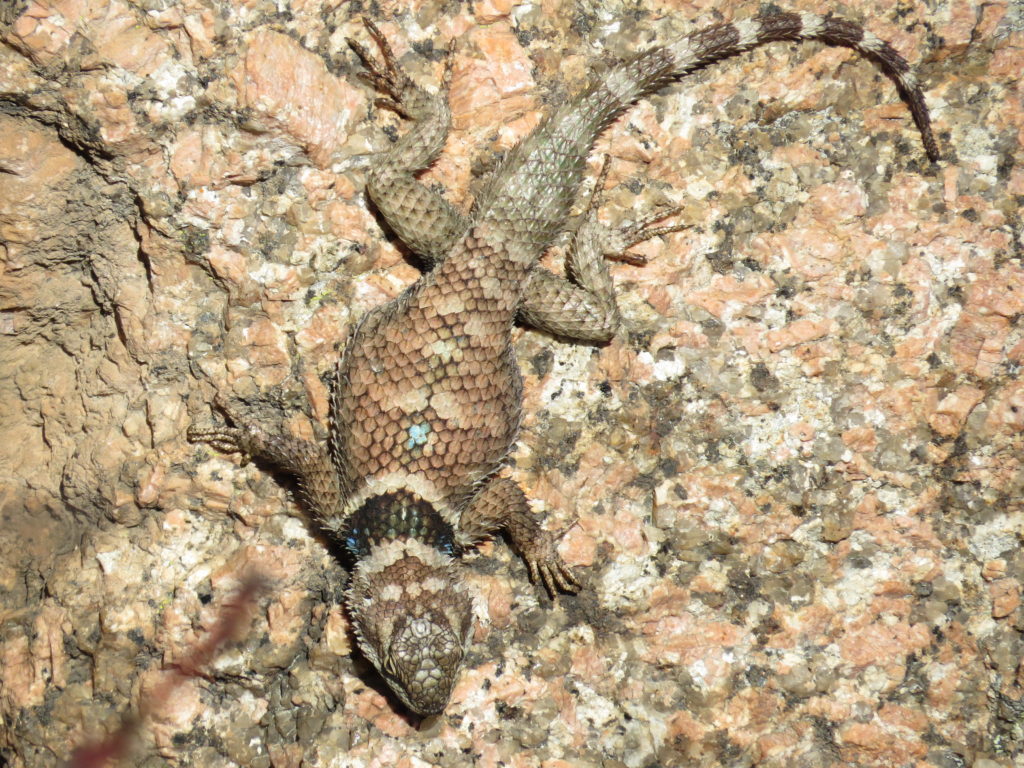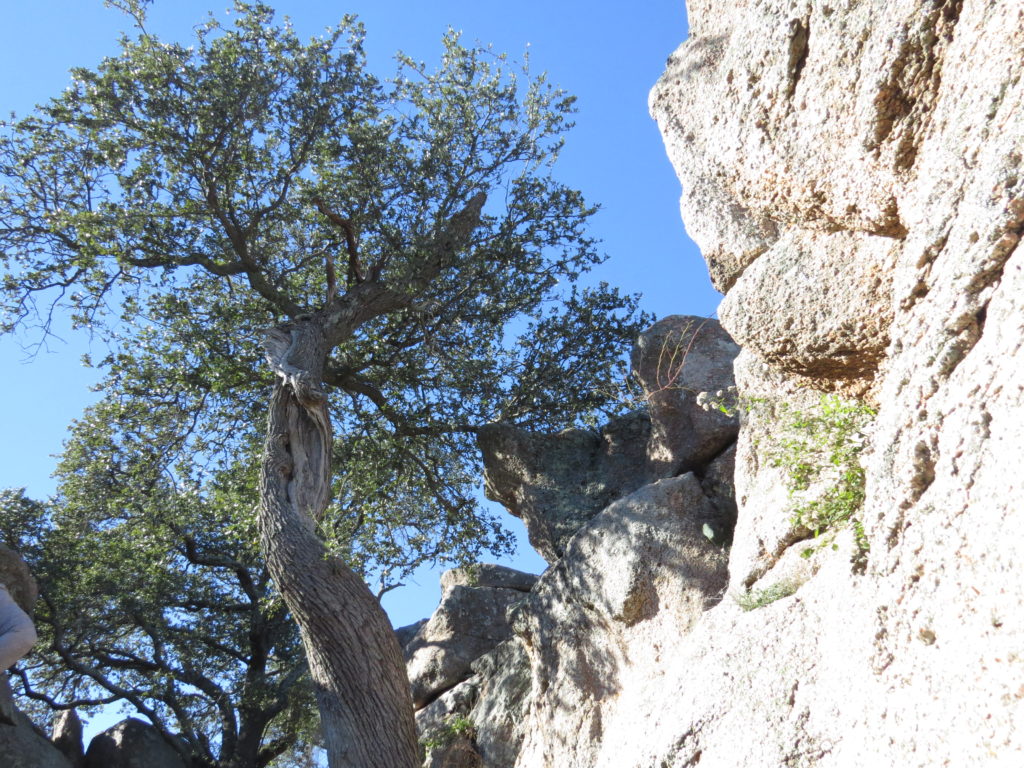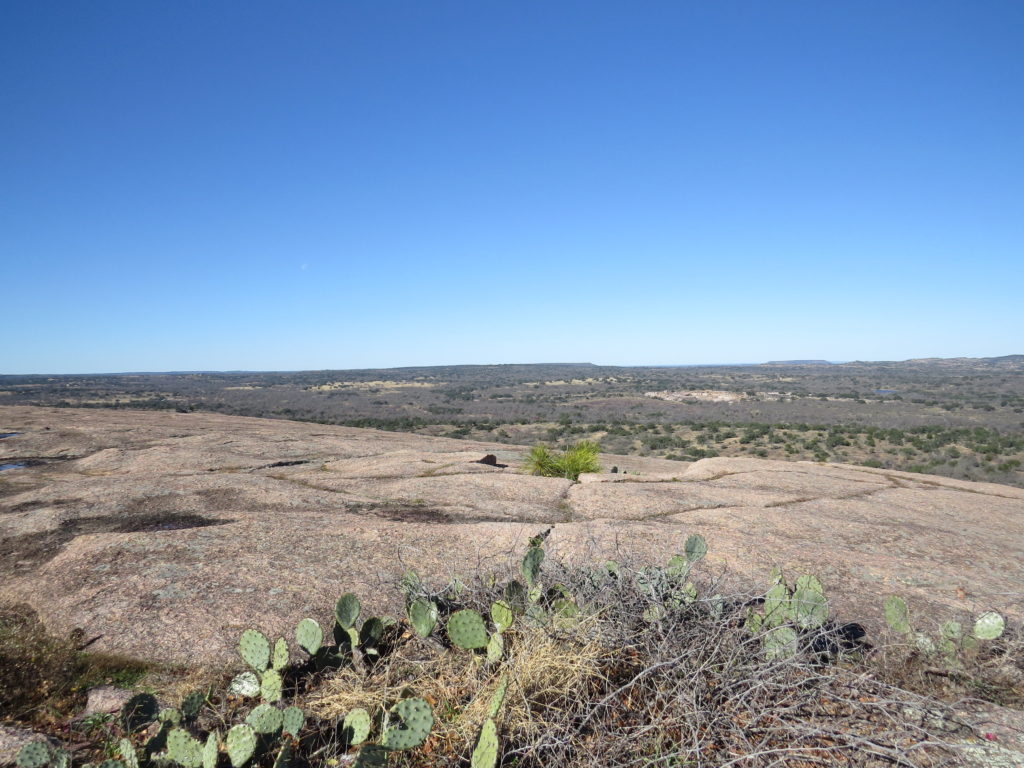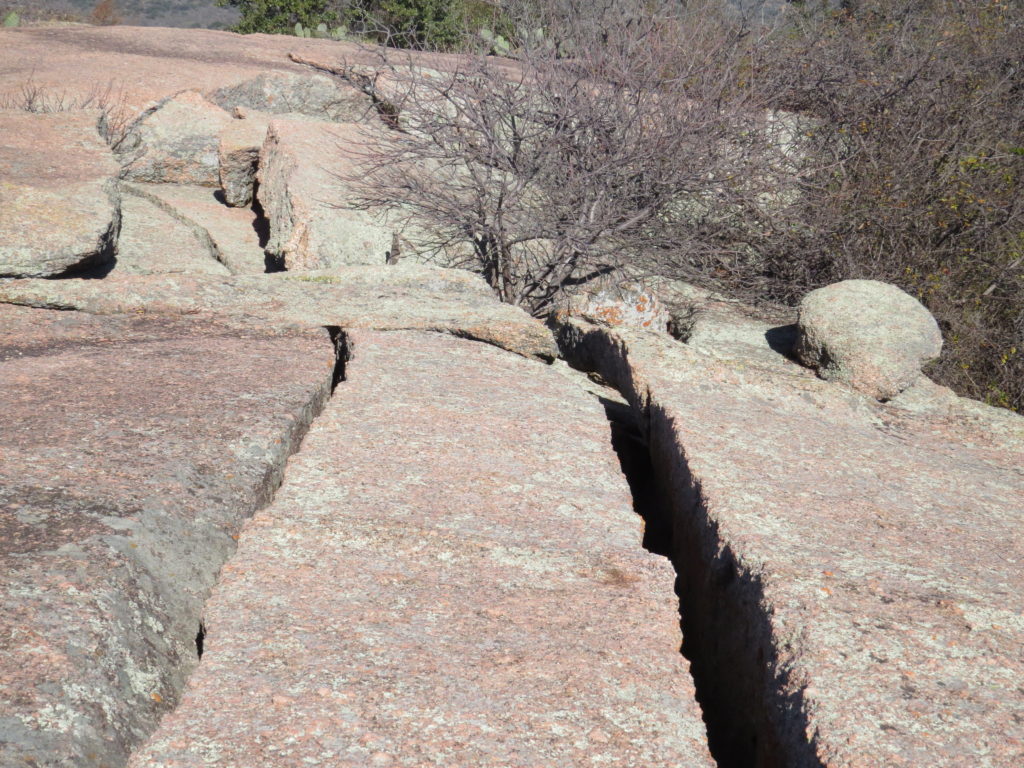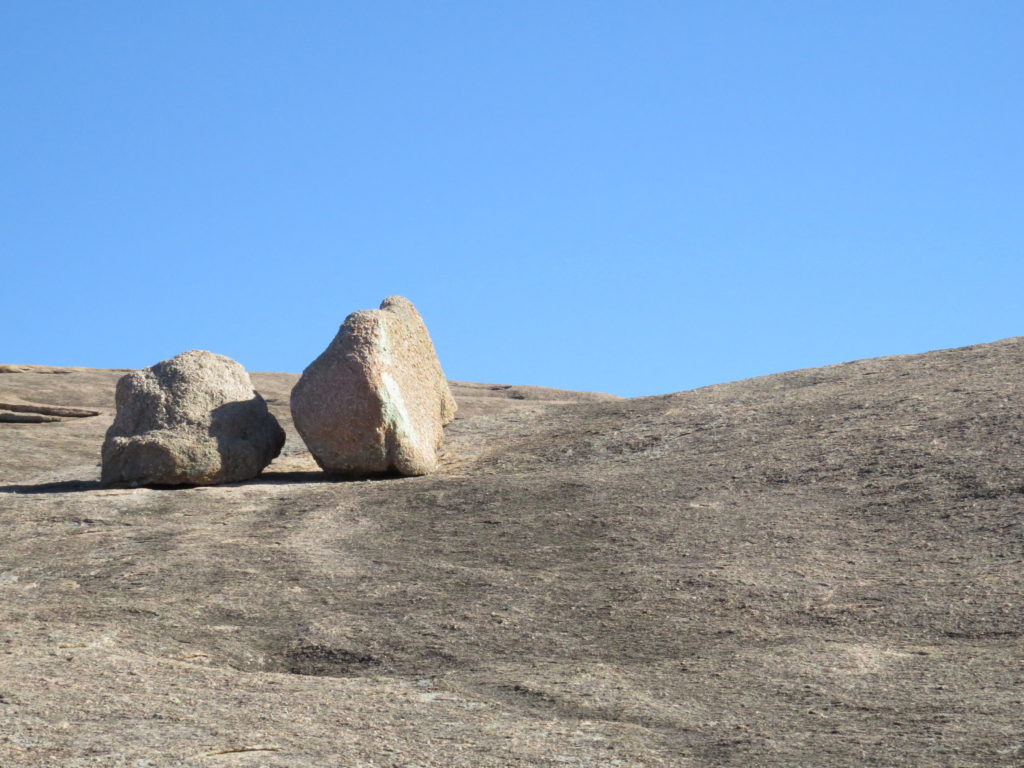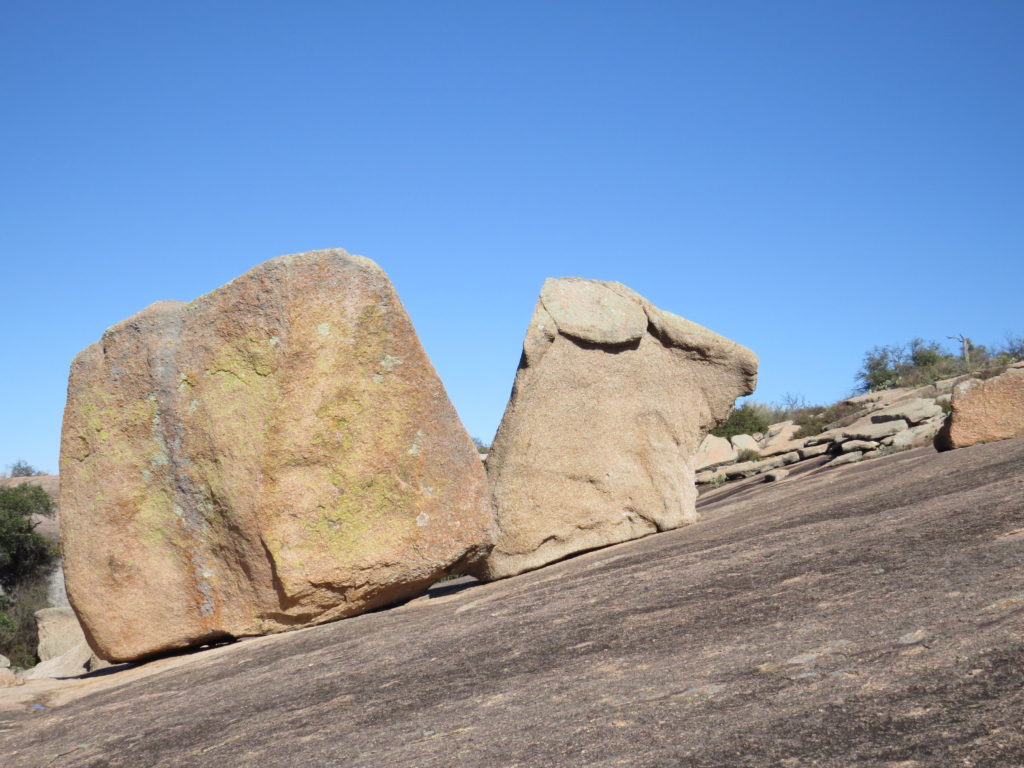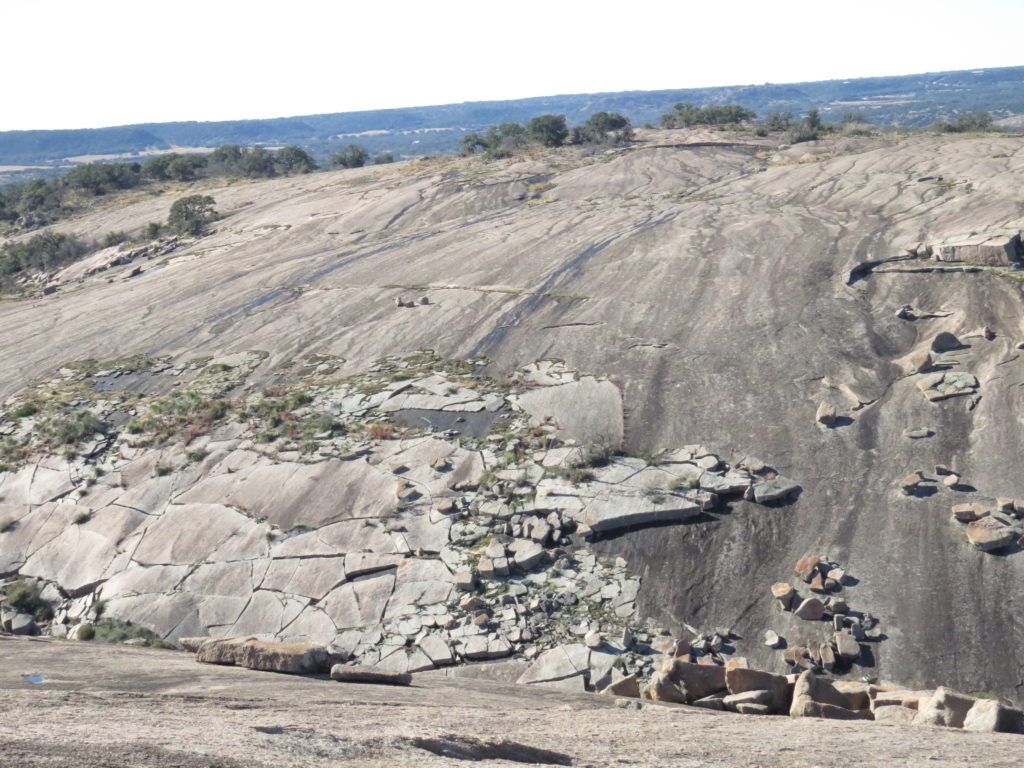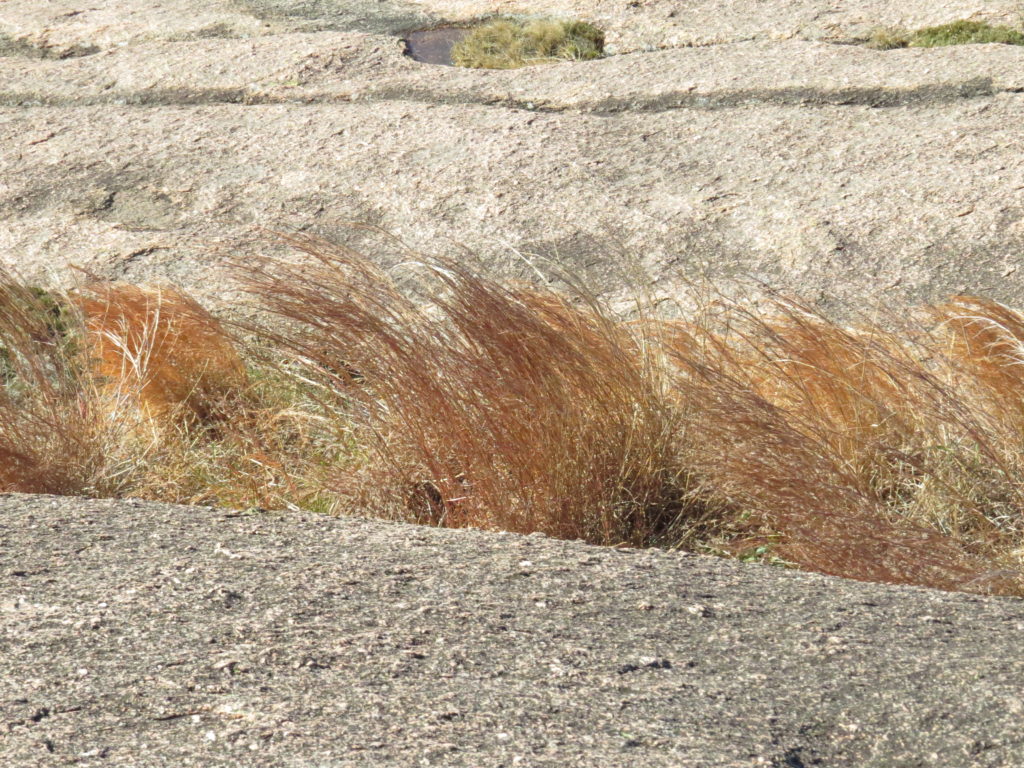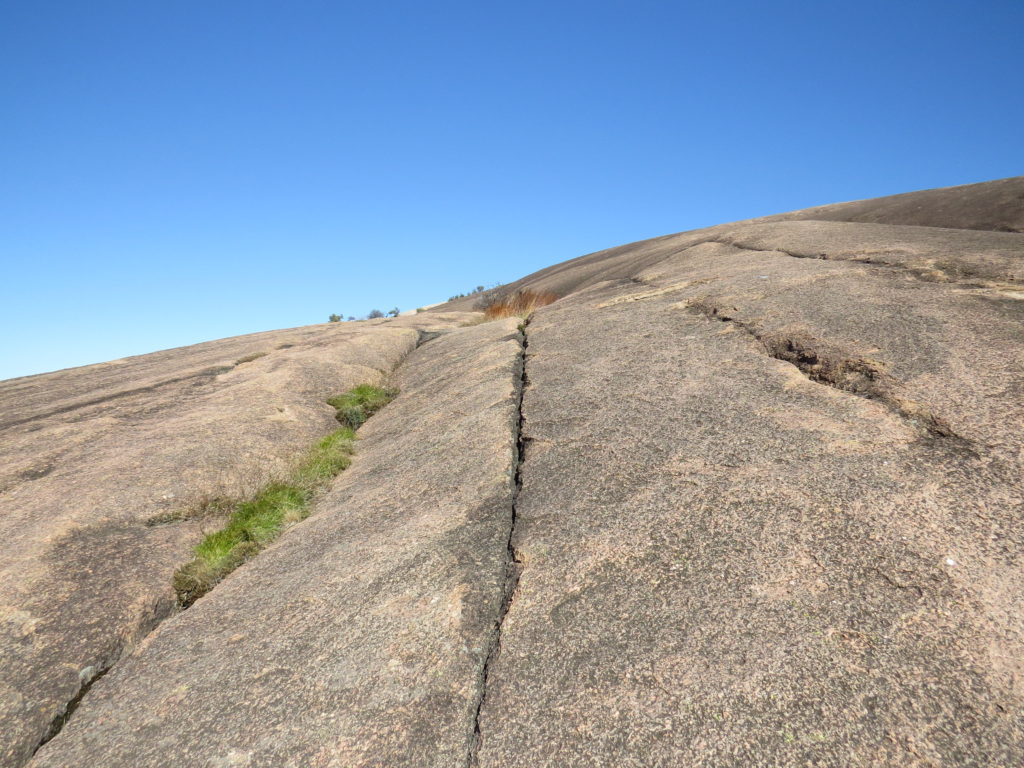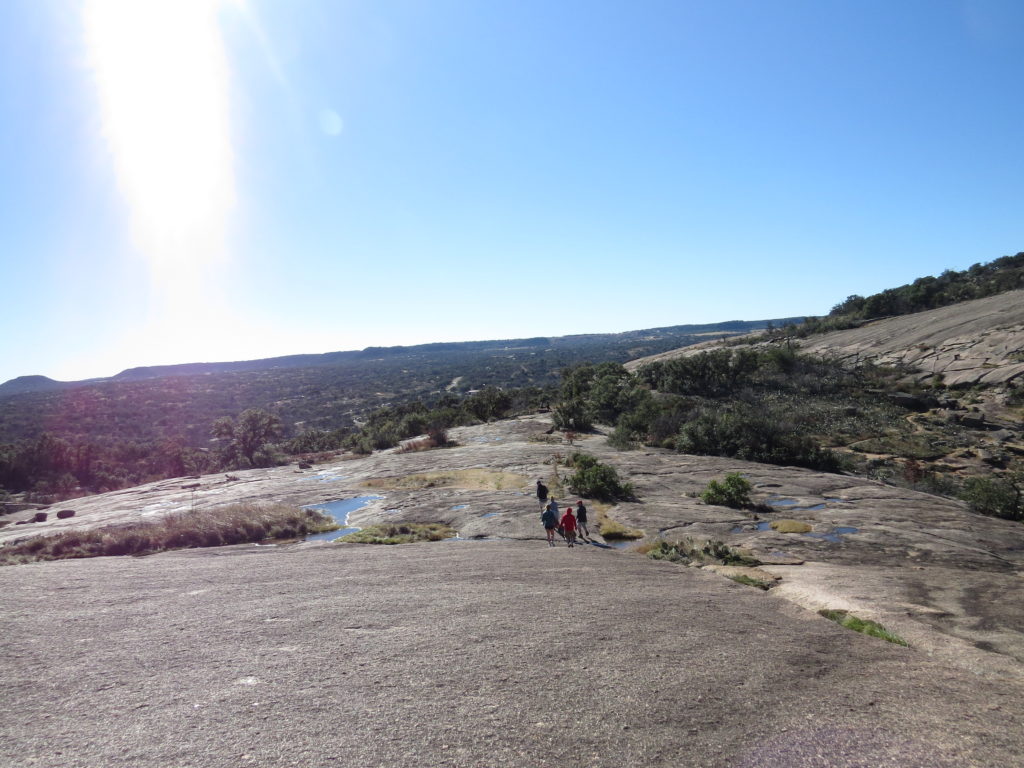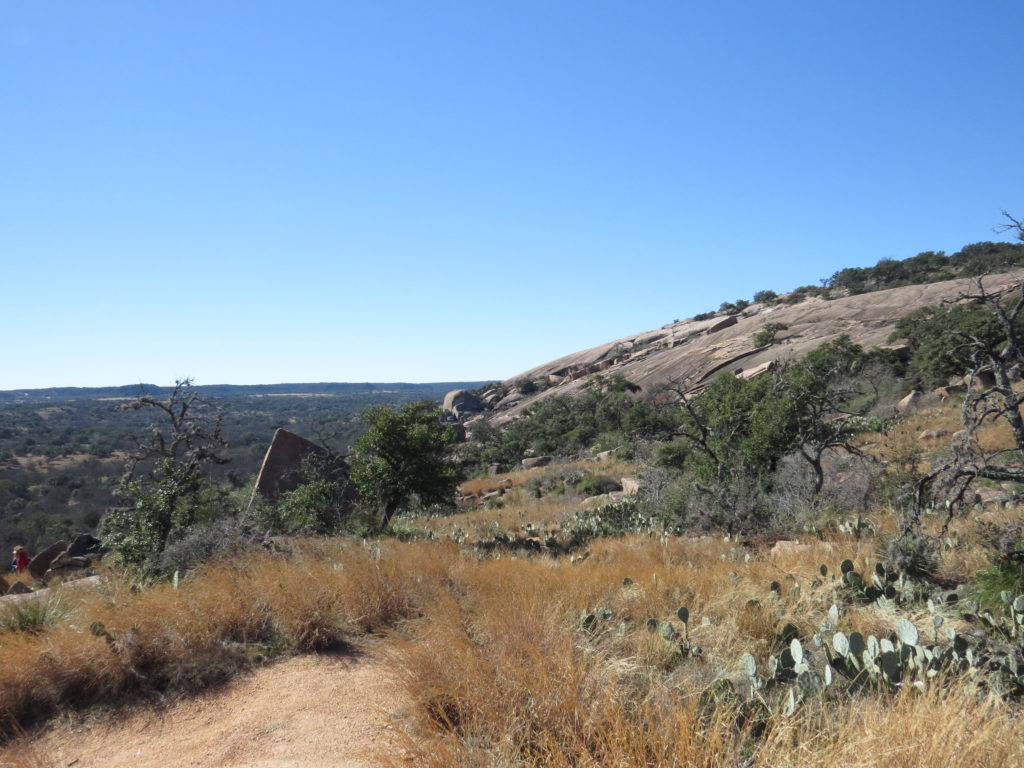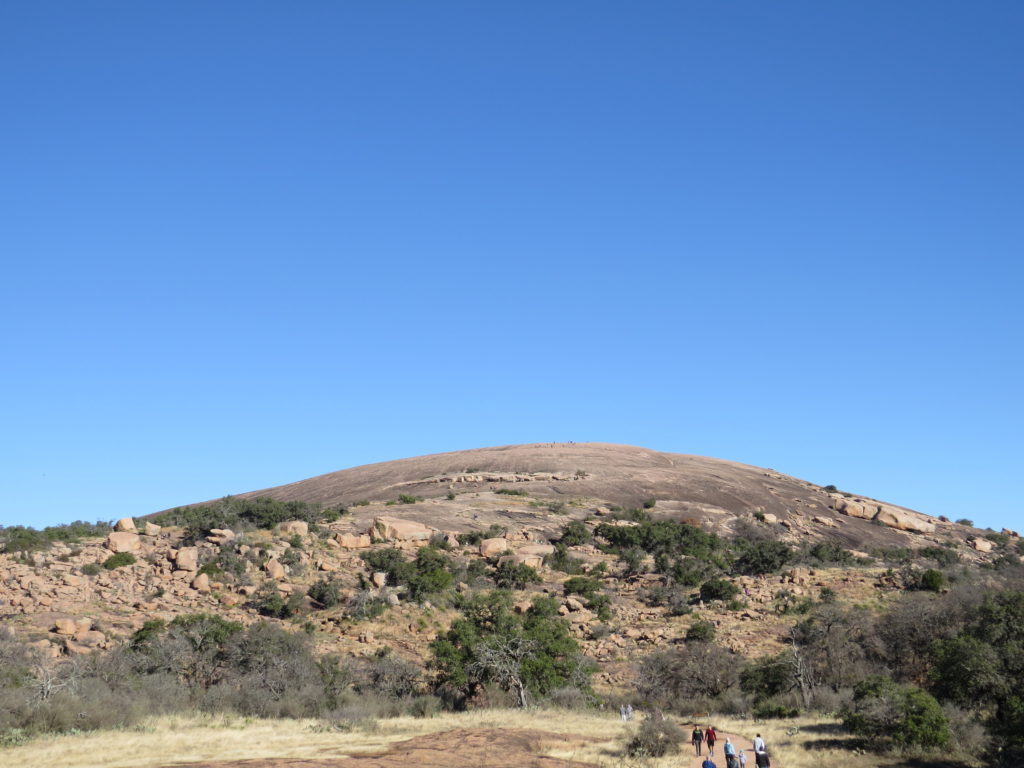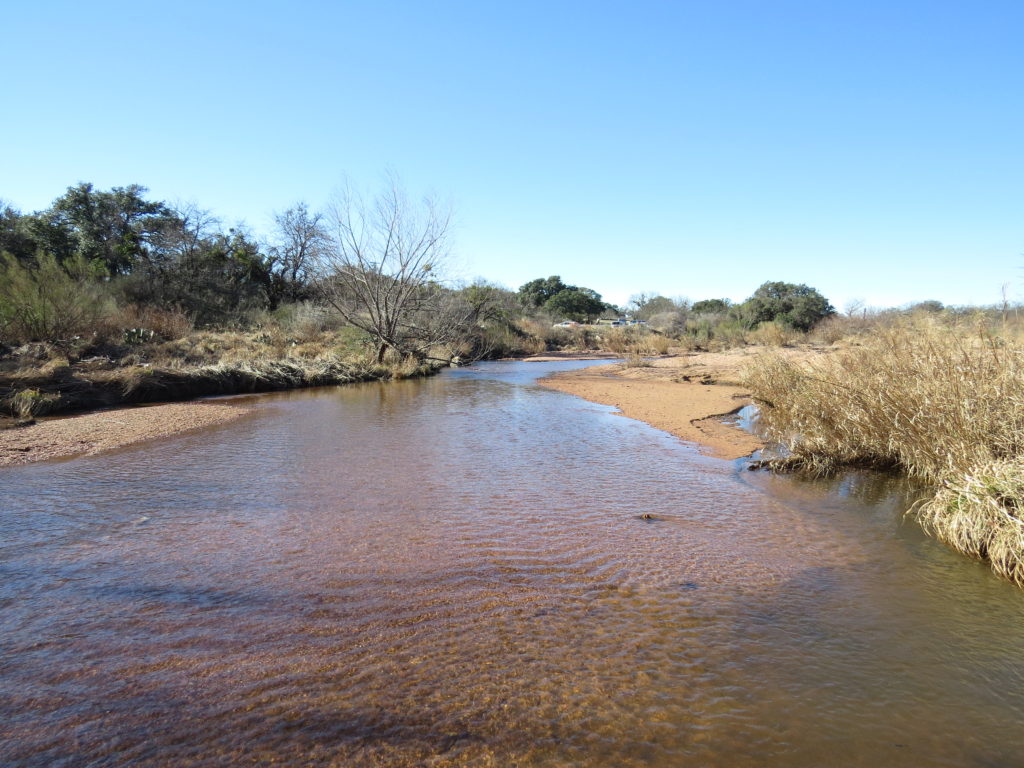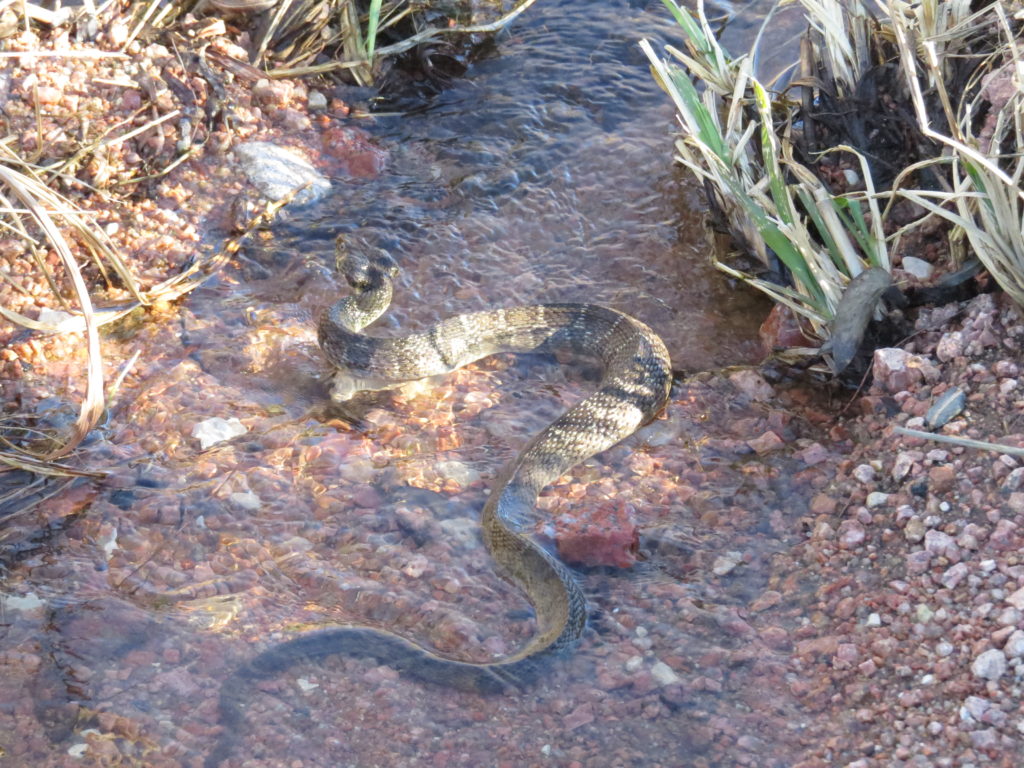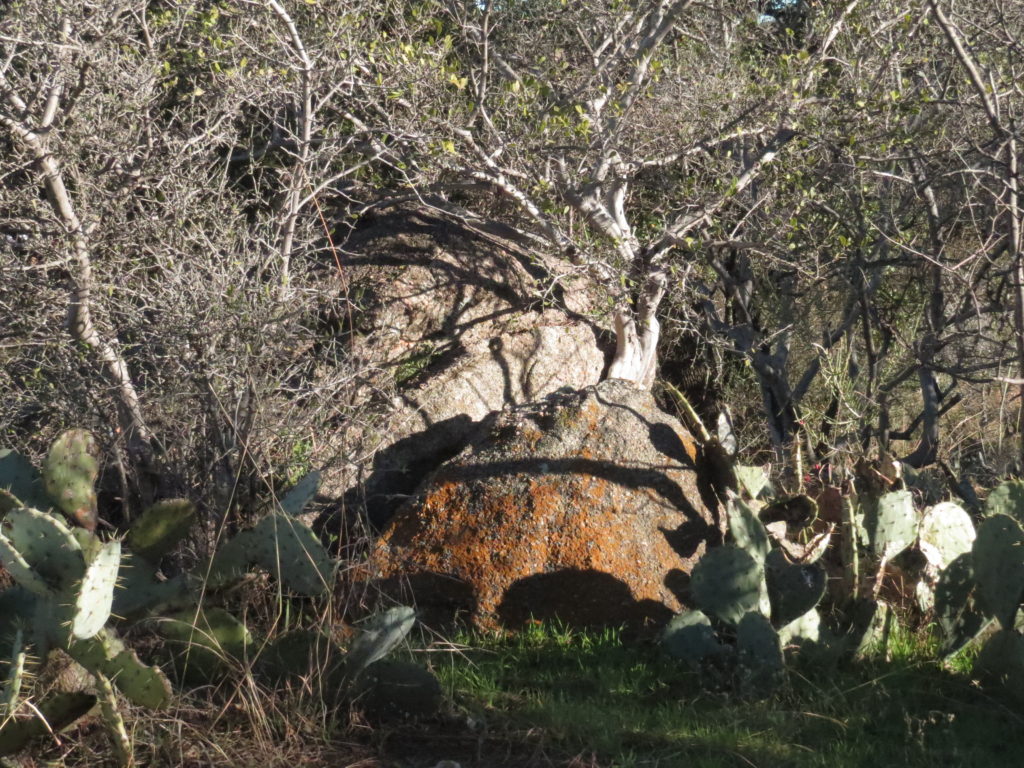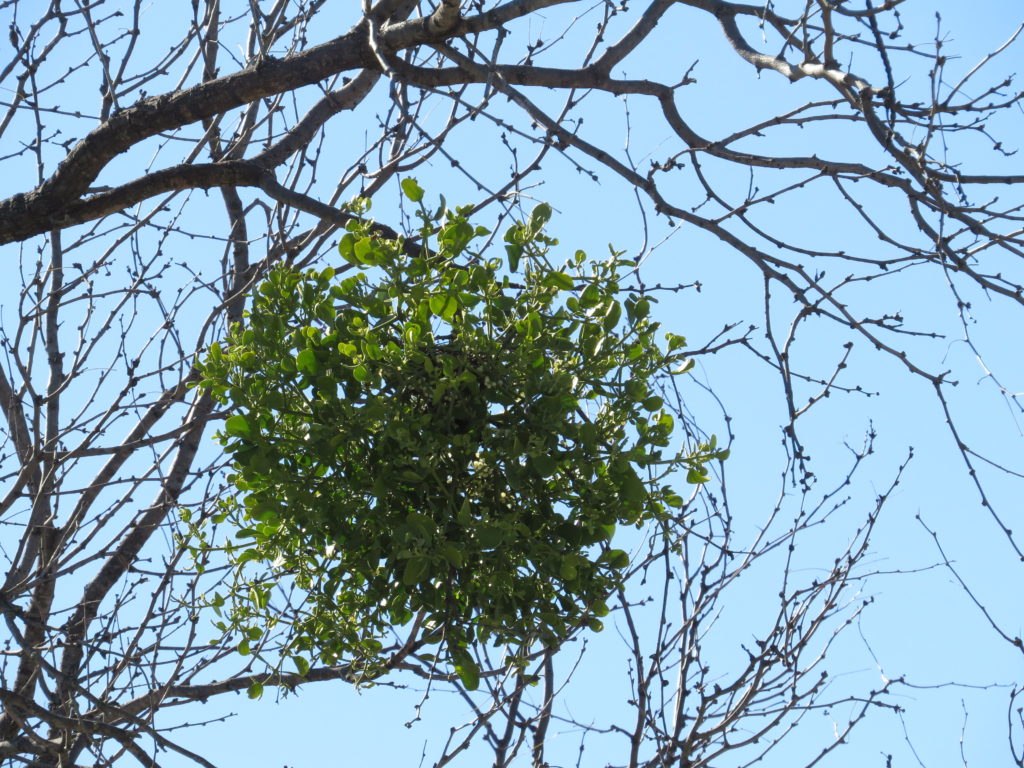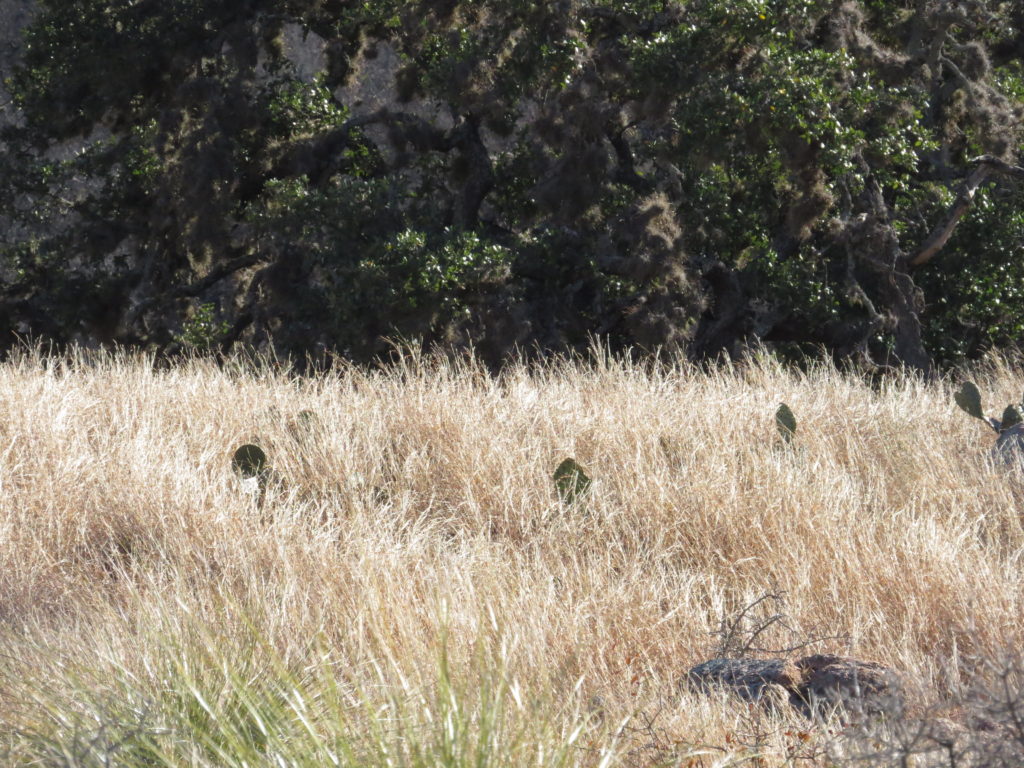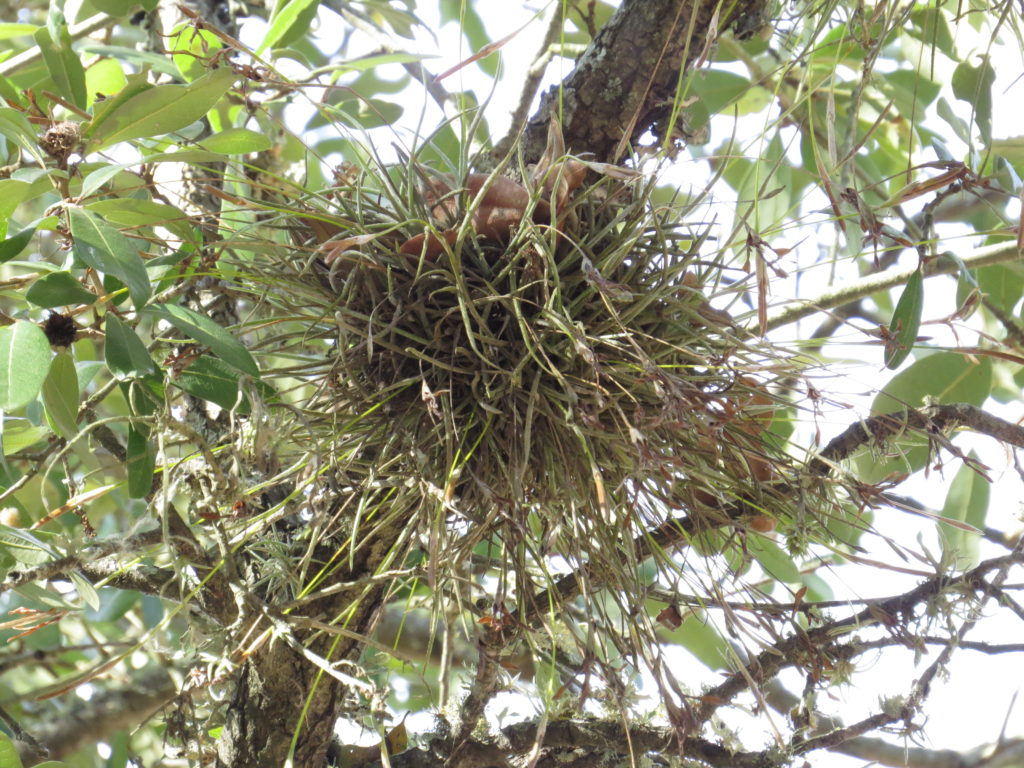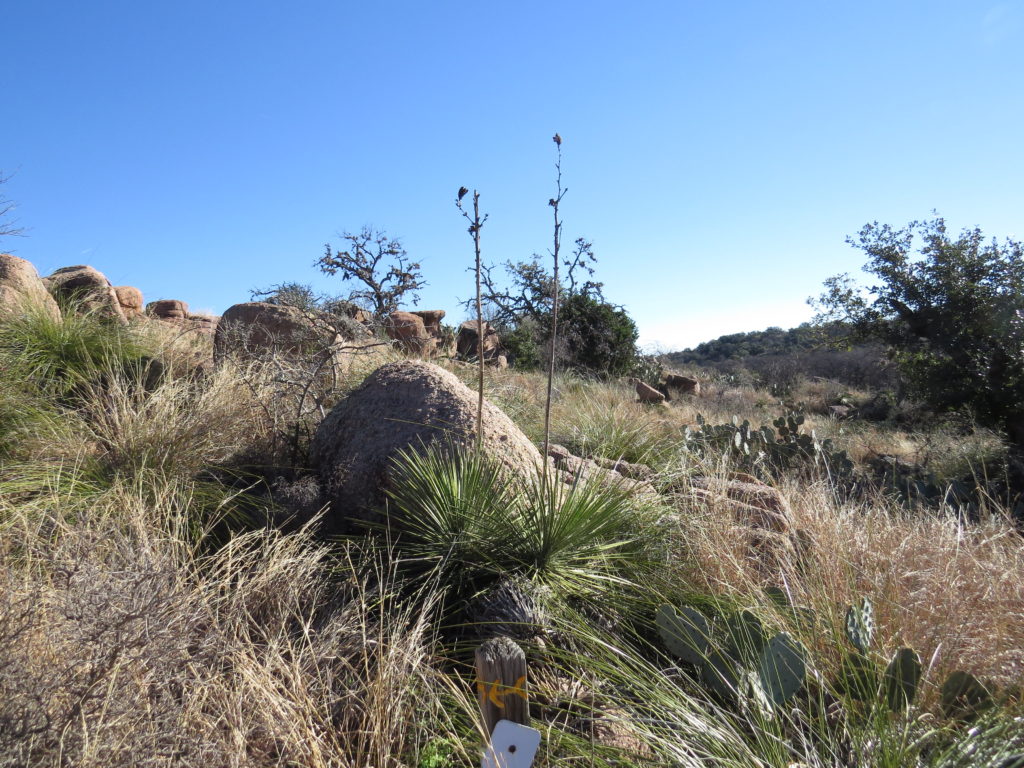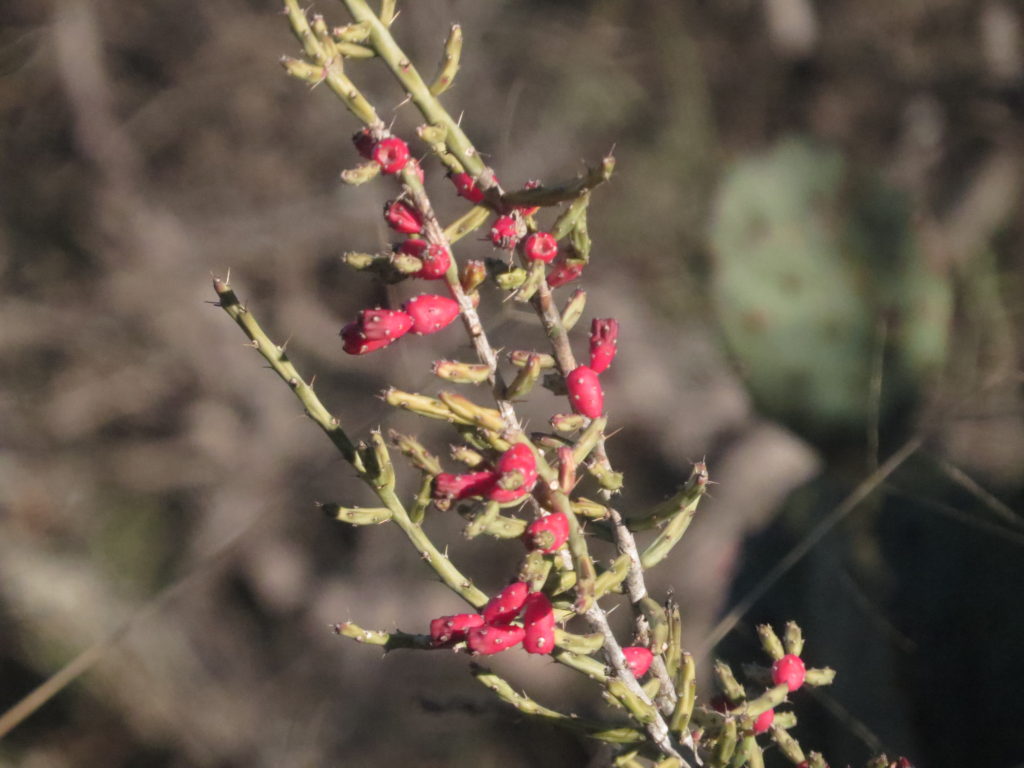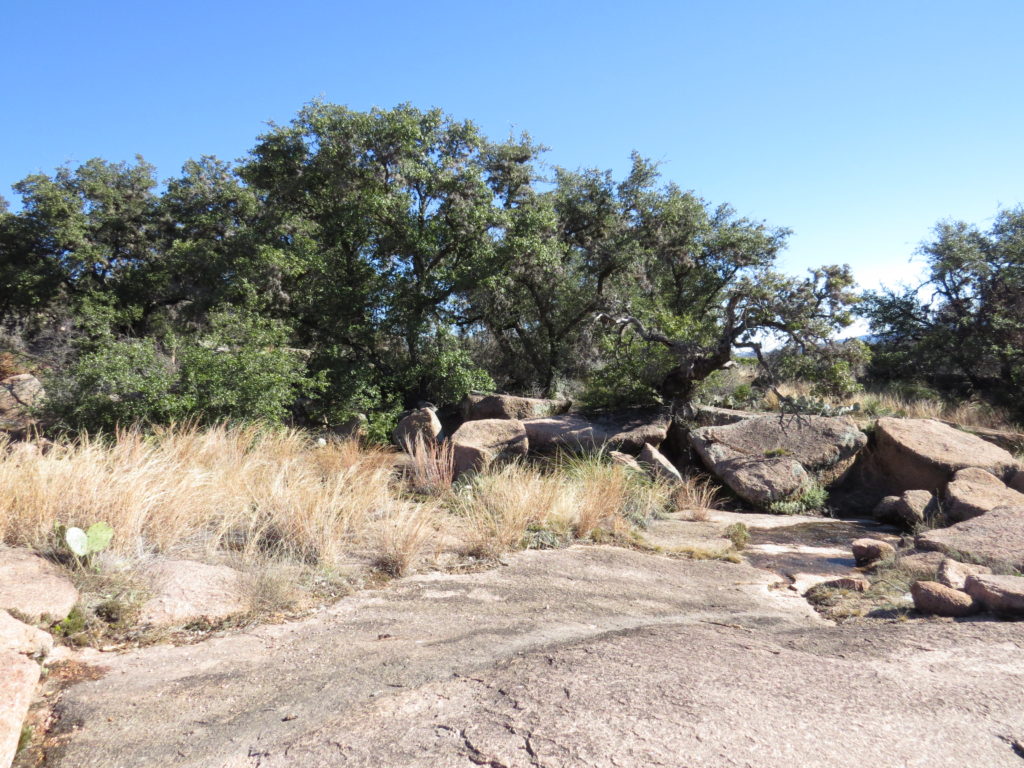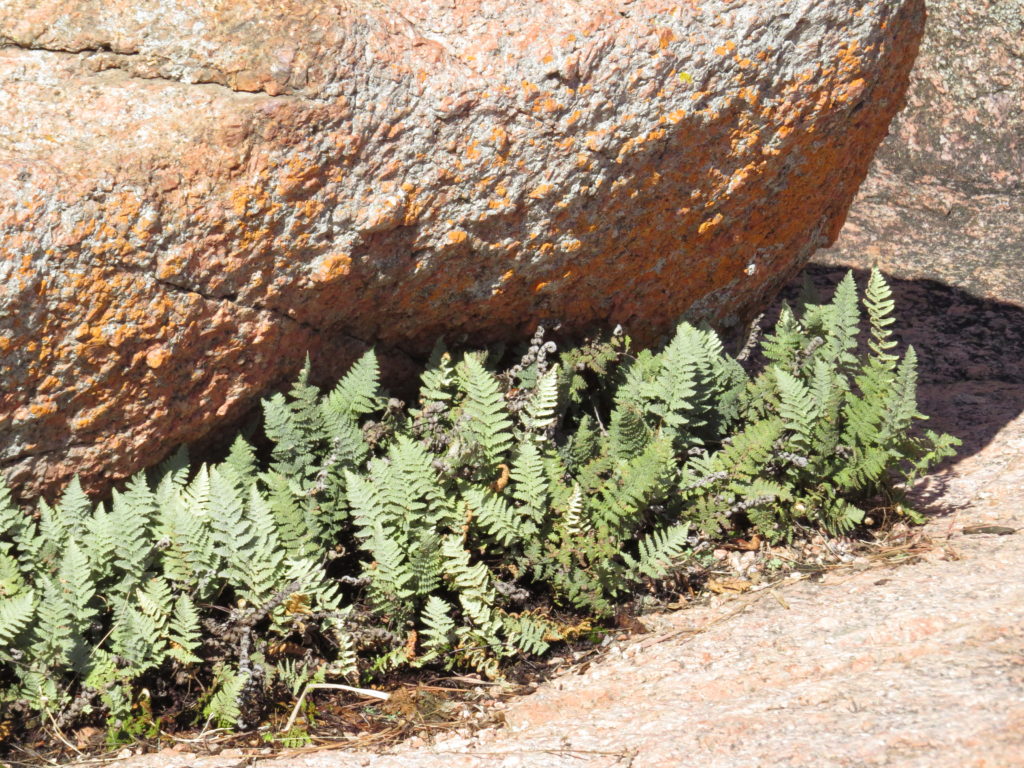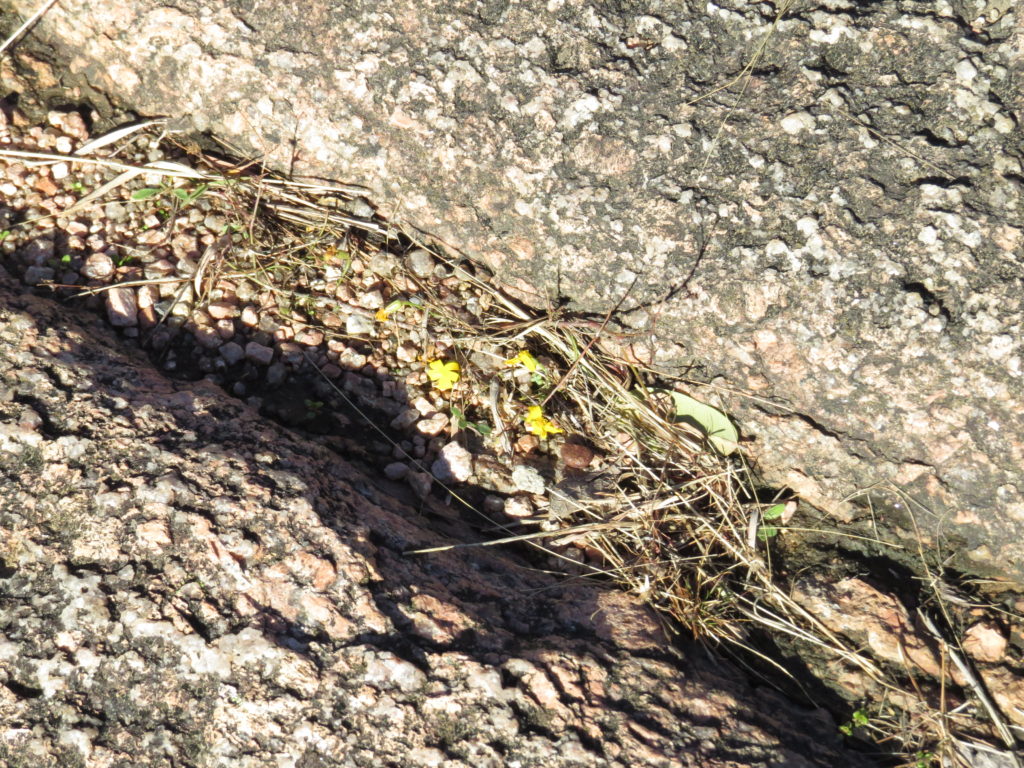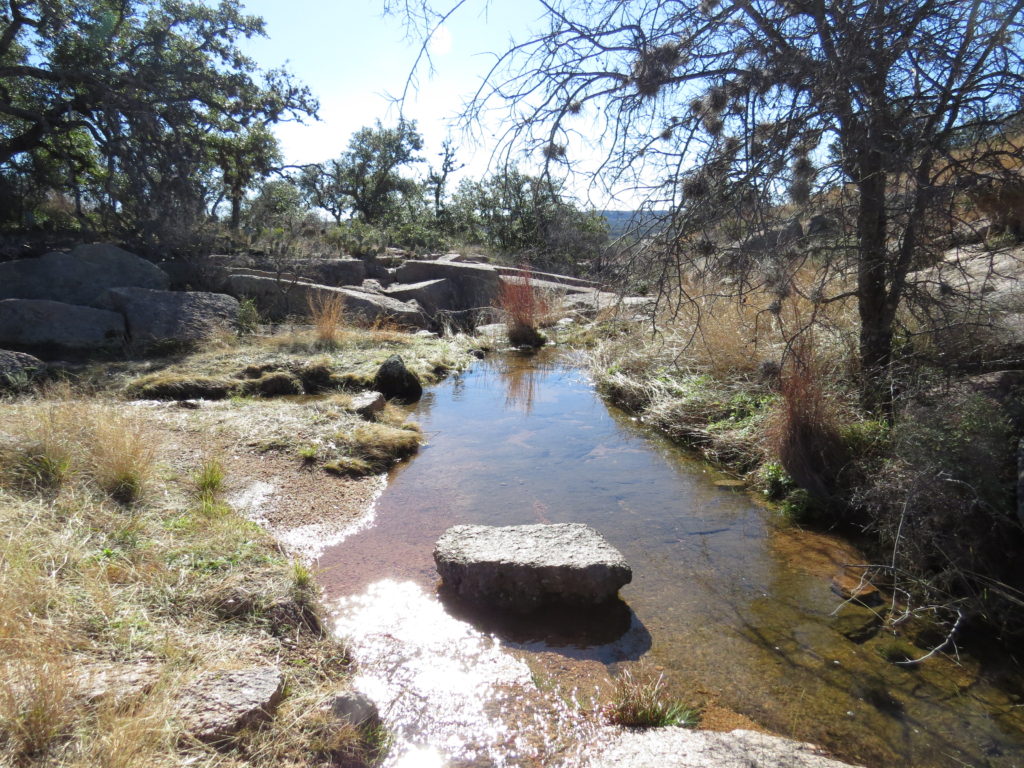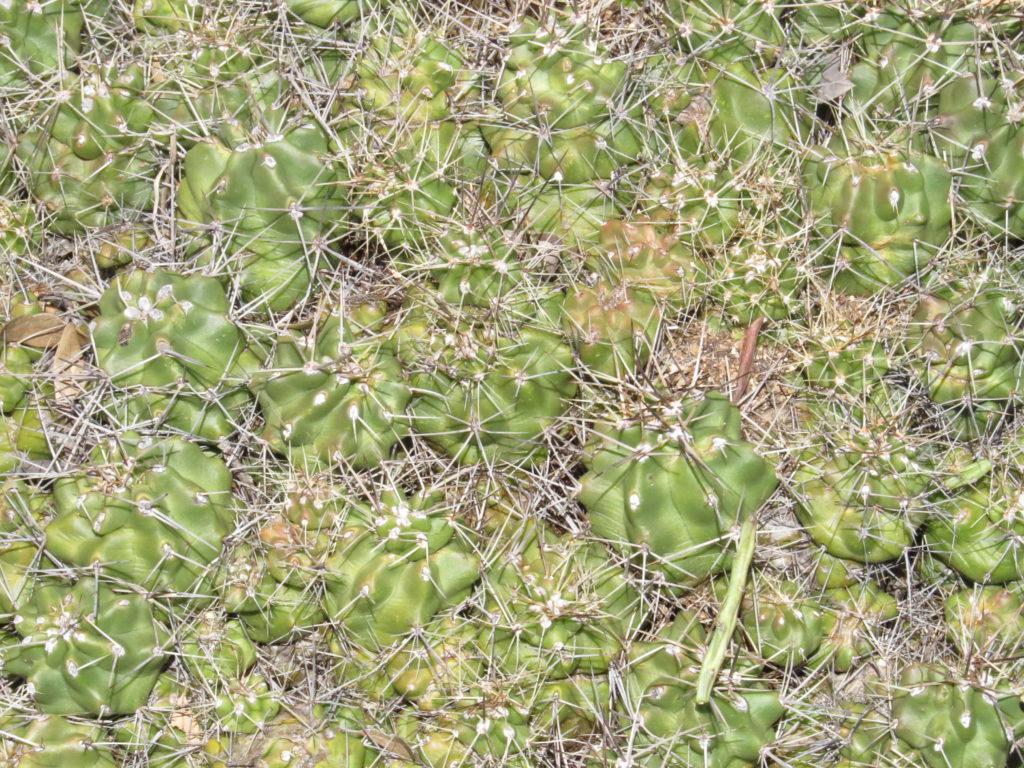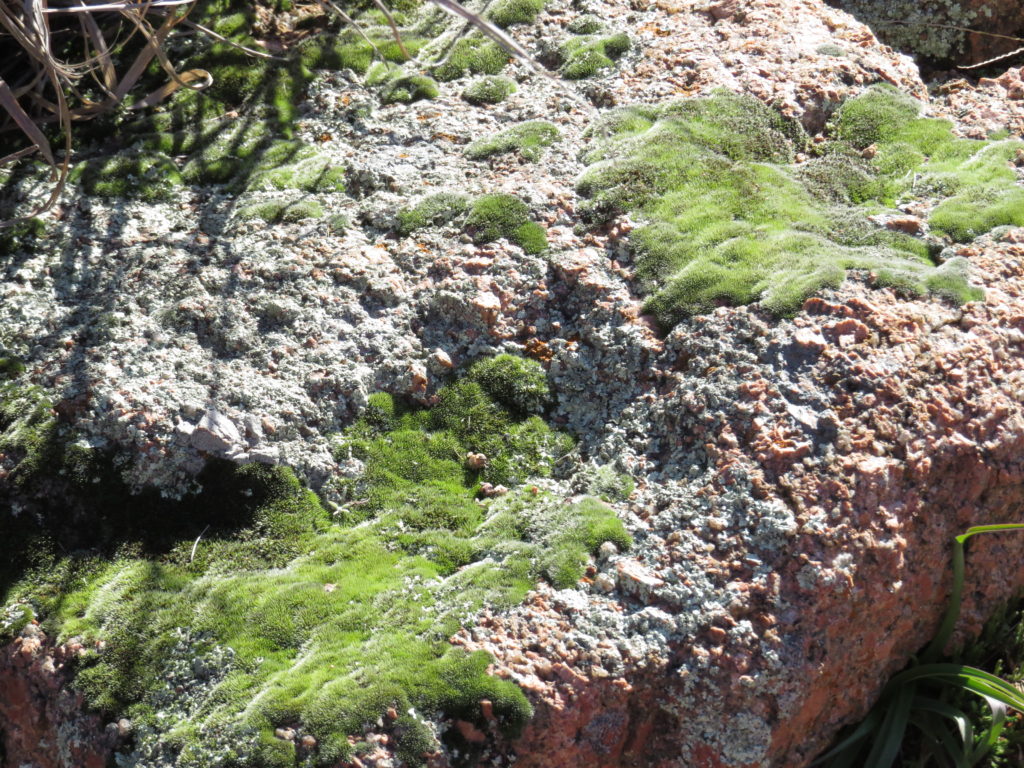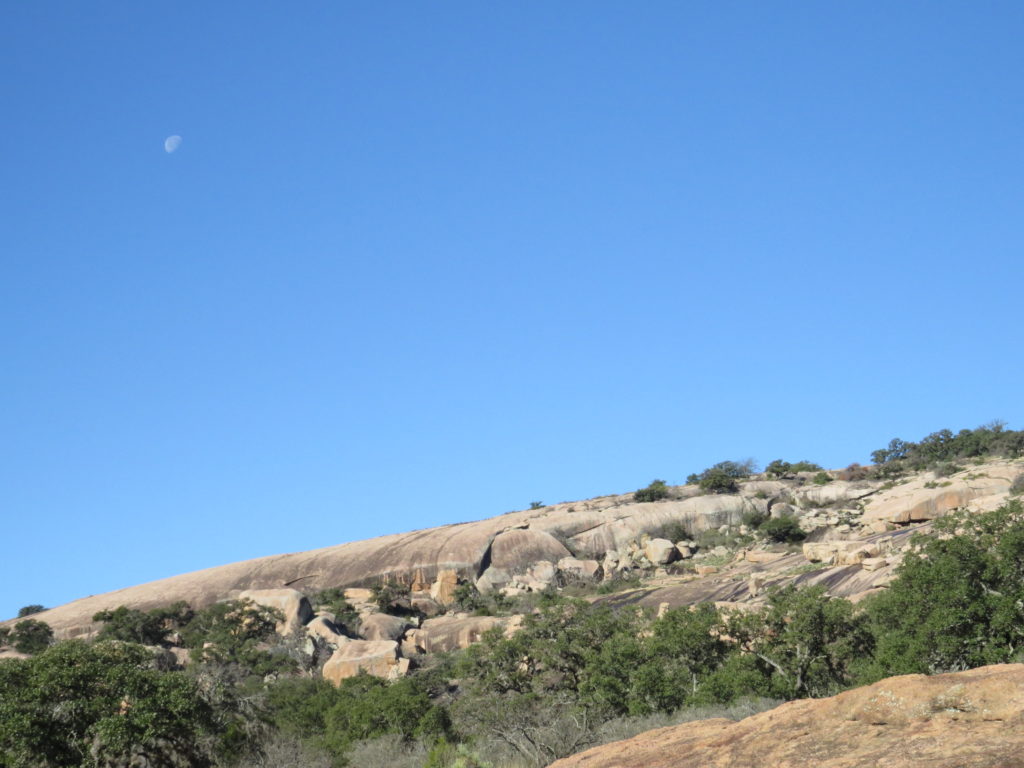On the spectrum of safety, I know I fall on the ‘safety first’ side. The implication of safety first is not only for that person individually but also for all persons who may be impacted by the situation. On the other side of the spectrum is the risk-taker—gamblers, innovators, extreme sports and ‘roll-of-the-dice’ people. Often their risk-taking is centered on themselves—rarely do they consider the consequences of their actions on those around them, particularly those who are most vulnerable.
Our son worked for Will Steger at Steger Wilderness Center one summer in Ely, Minnesota. Steger is an arctic explorer, educator, and author who has witnessed the effects of climate change on the arctic regions. He has dog-sledded to the North Pole, across Greenland, and across Antarctica. He also does yearly solo expeditions in Northern Minnesota and Canada—the last two years have been in the Barren Lands in northern Canada. Did I mention he’s over seventy years old? Clearly a risk-taker in my mind. And yet, I heard him a couple years ago in an interview about his ice-out trip in early spring, when the weather is warming, the ice is melting, and he is navigating that dangerous terrain—he said that he is not a risk-taker. He said that he is in prime physical condition with sharp mental acuity when on these solo expeditions. He is experienced, prepared, educated, and working for a purpose beyond himself, and therefore, he does not take risks—for he clearly understands the consequences.
Yesterday morning Chris and I went to Bend in the River Regional Park. We had been there a year ago in October on a warm, fall day. Yesterday was warm (for late February), sunny, and calm. We walked the trail from the old farmplace along the top of the bluff above the Mississippi River.
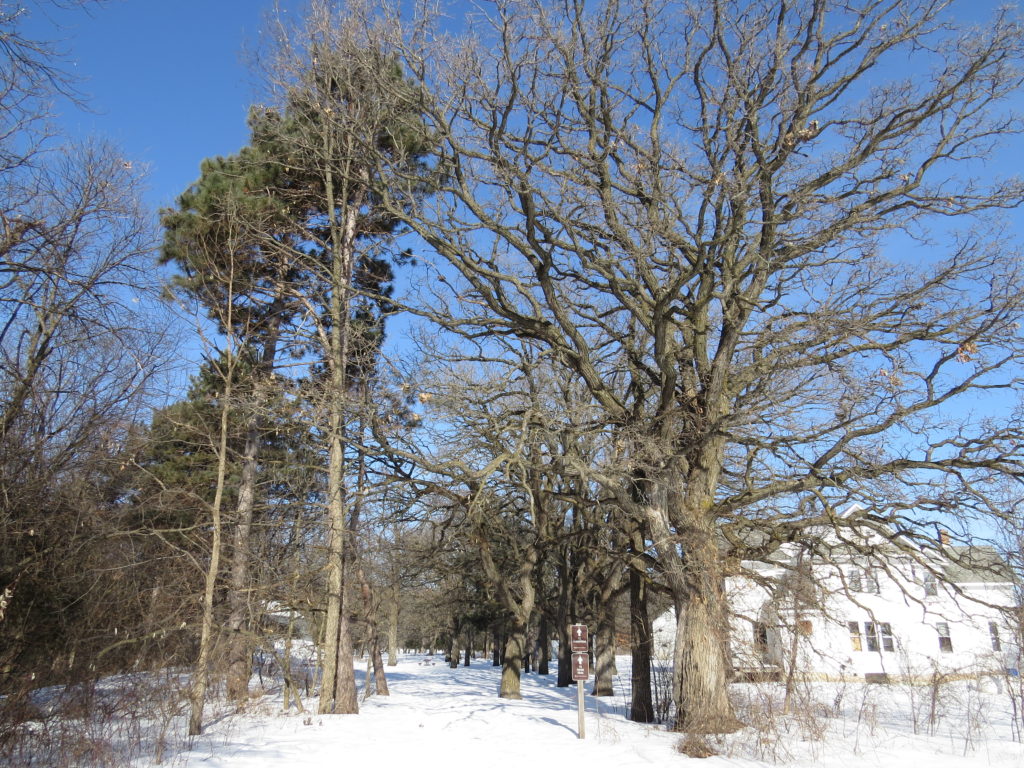
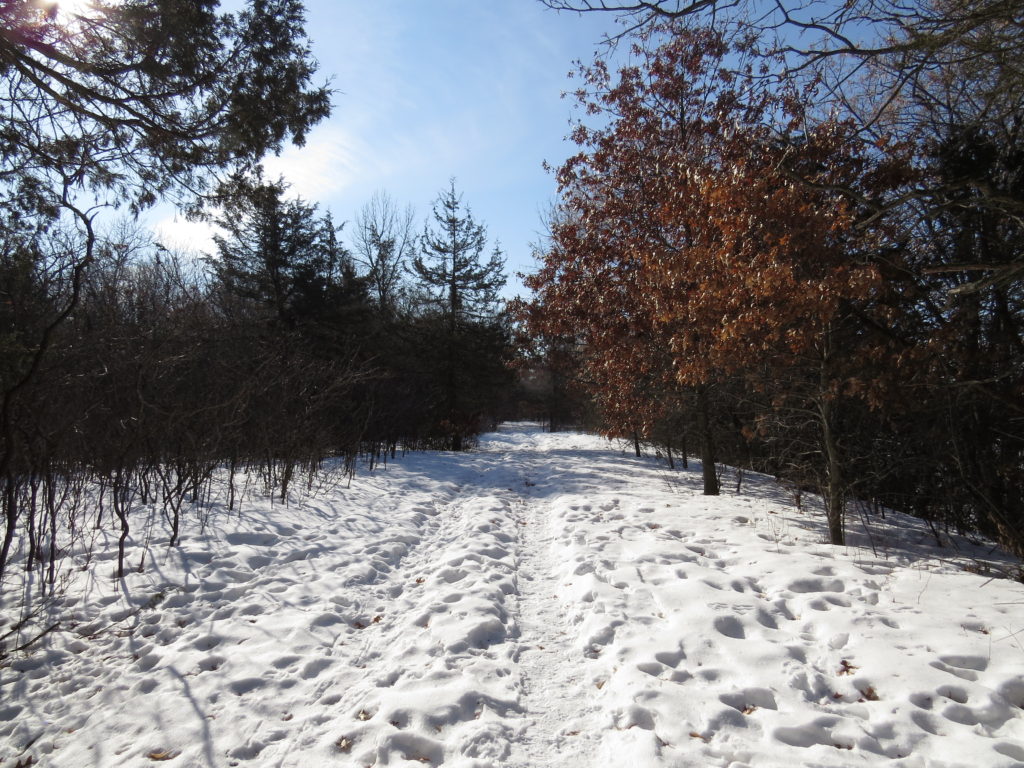
The River was covered in ice and snow, but I never once thought about walking out on it because it just seemed too….dangerous. After all, it was a big river—a big river that was flowing freely below the dam a couple miles away.
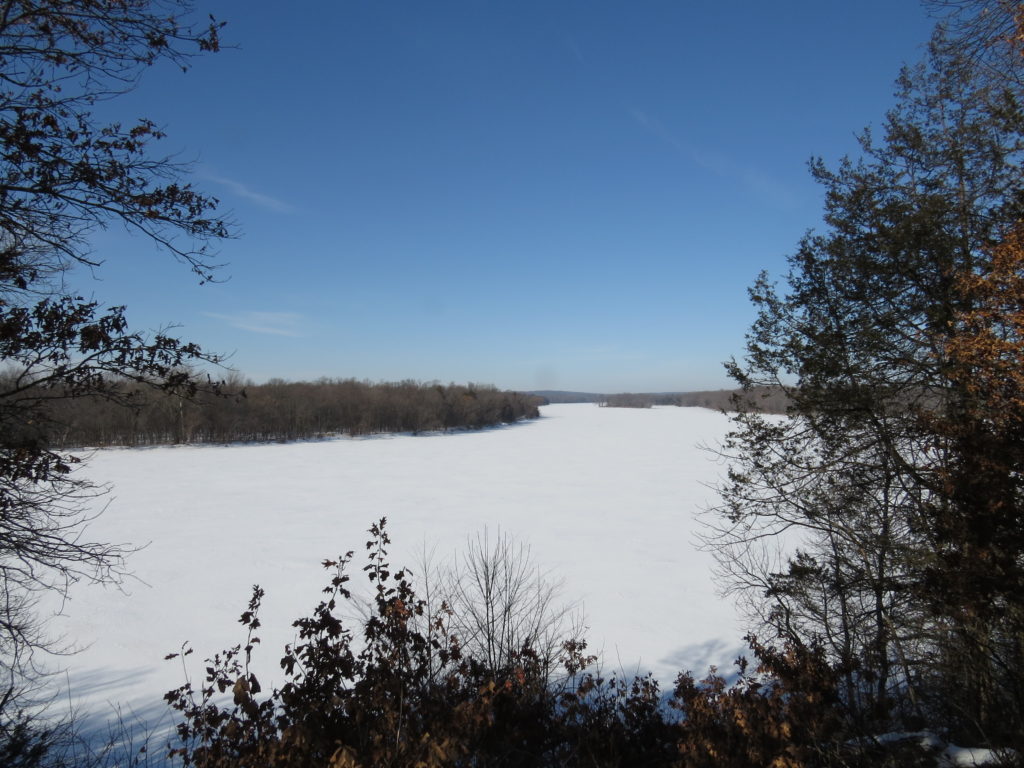
At one of the overlooks on the bluff, we talked to a guy who was on a solo hike from across the River—wait, what? He had started his hike at the Mississippi River County Park which is on the opposite side of the Mississippi from Bend in the River Park. I had questions! He said the ice was solid and safe, that he lived nearby and many times had snowmobiled down the River in years past but now enjoyed walking it.
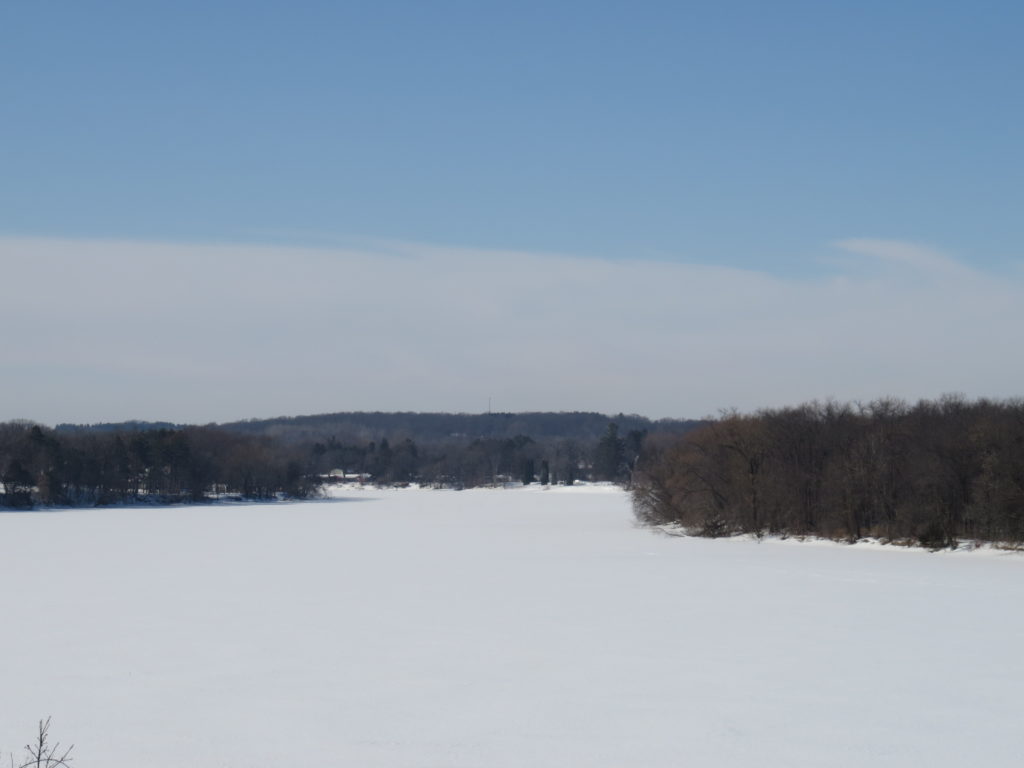
After he walked on, I told Chris maybe we should do it! If he made it across the ice just fine, we should be fine, too!
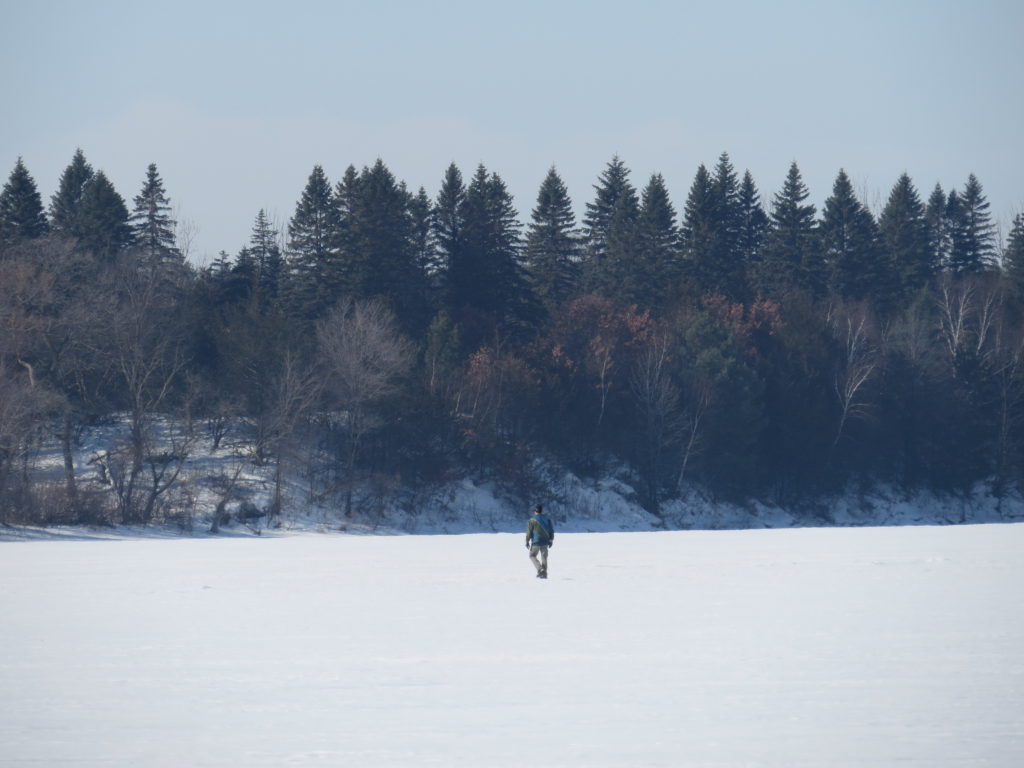
So we left the bluff trail and went down to the River’s edge. I wasn’t comforted by what I saw: ice collars around the trees that had broken away from the rest of the frozen water and streams of running water that were flowing under the ice into the Big River. I began to doubt our decision.
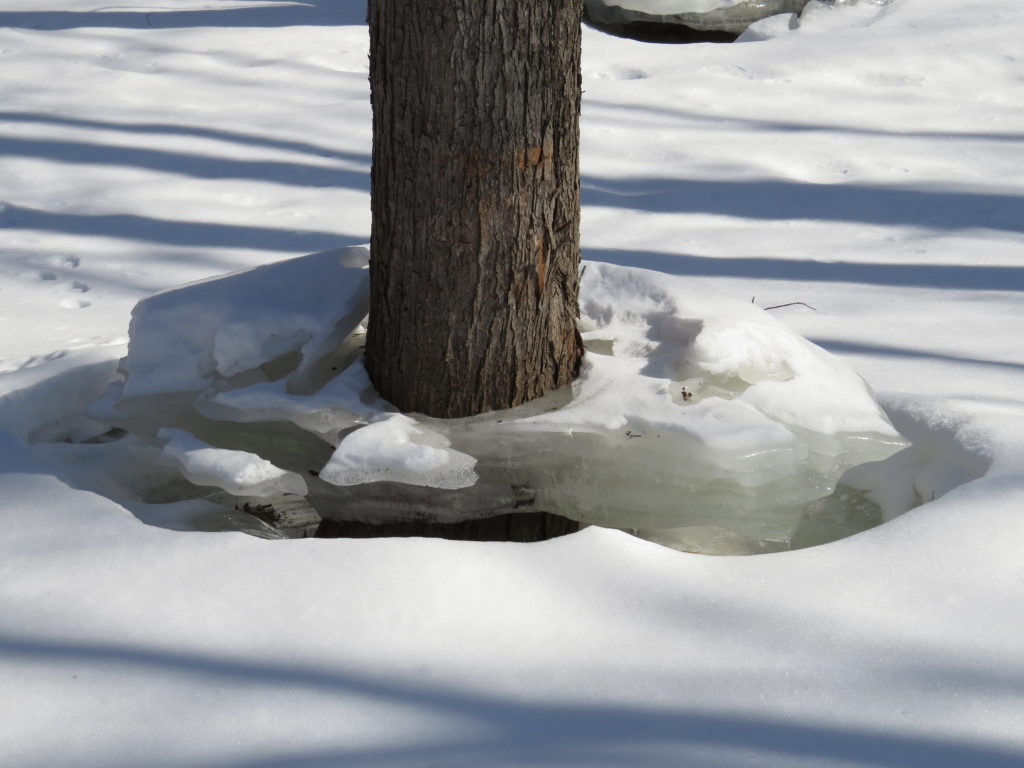

But we tentatively walked on and found the footprints of the solo hiker. We stepped out onto the River.
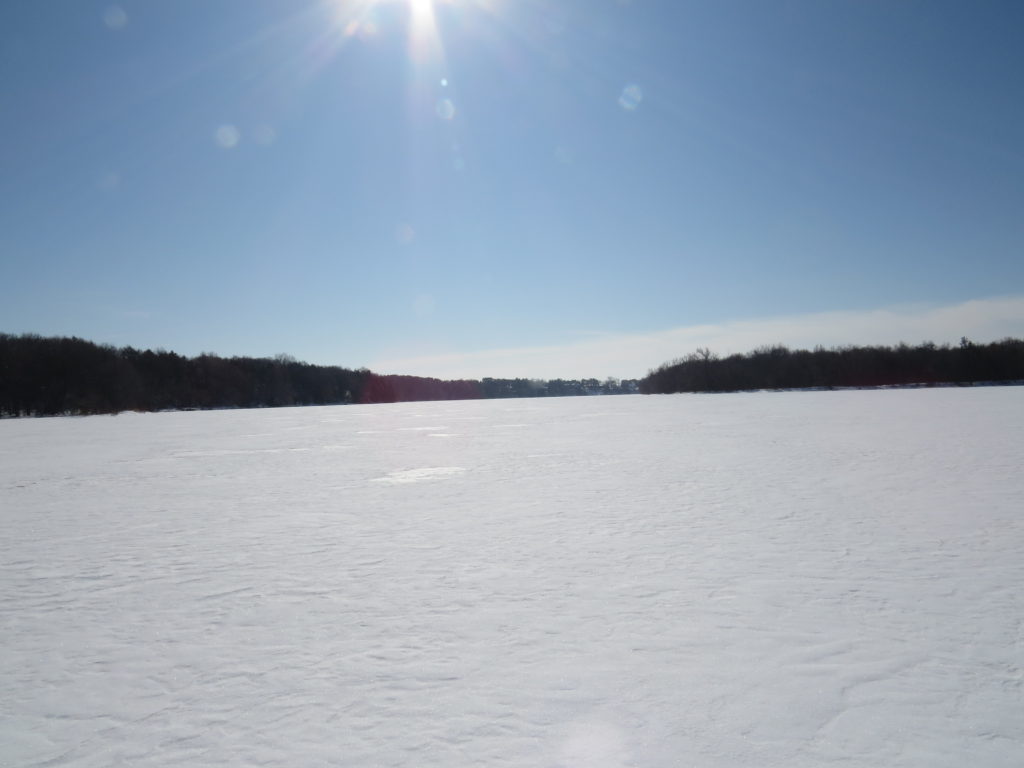
It was easy walking in the inch or so of snow that covered the ice—the rest of our deep snow must have incorporated into the ice as it formed. We weren’t the only creatures that had crossed the River.
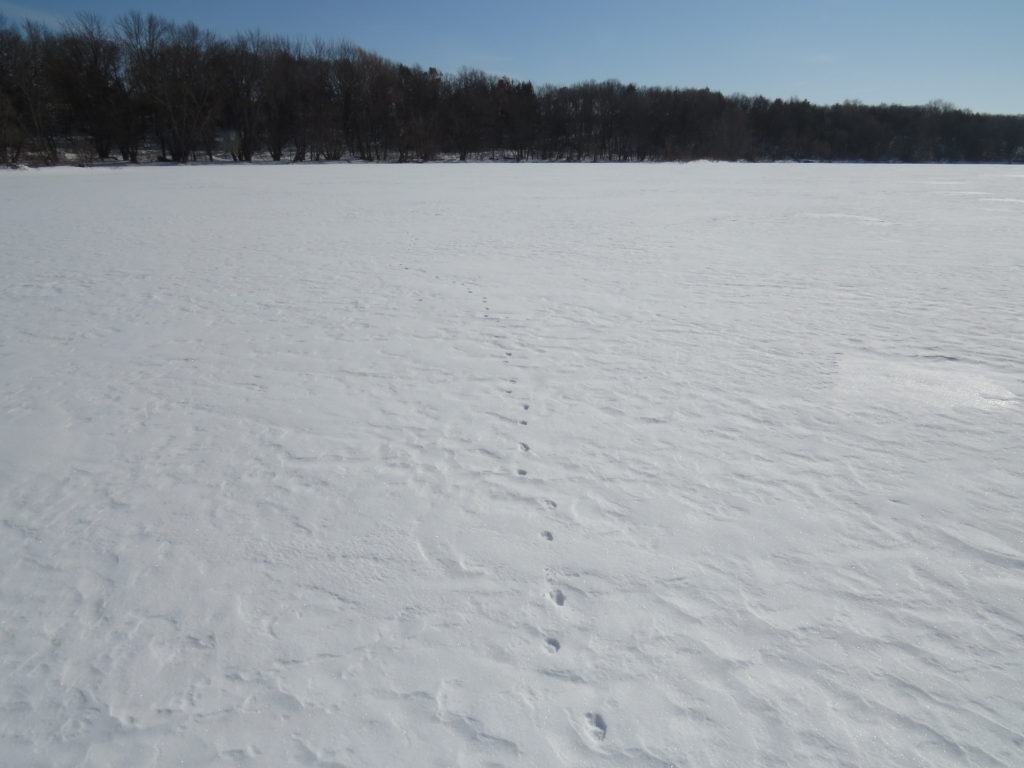
The ice felt solid and safe—we saw no heaves or cracks or thin spots—just a tree stump that interrupted the white expanse between the banks. But it was still kind of freaky knowing we were walking across the Mississippi River.
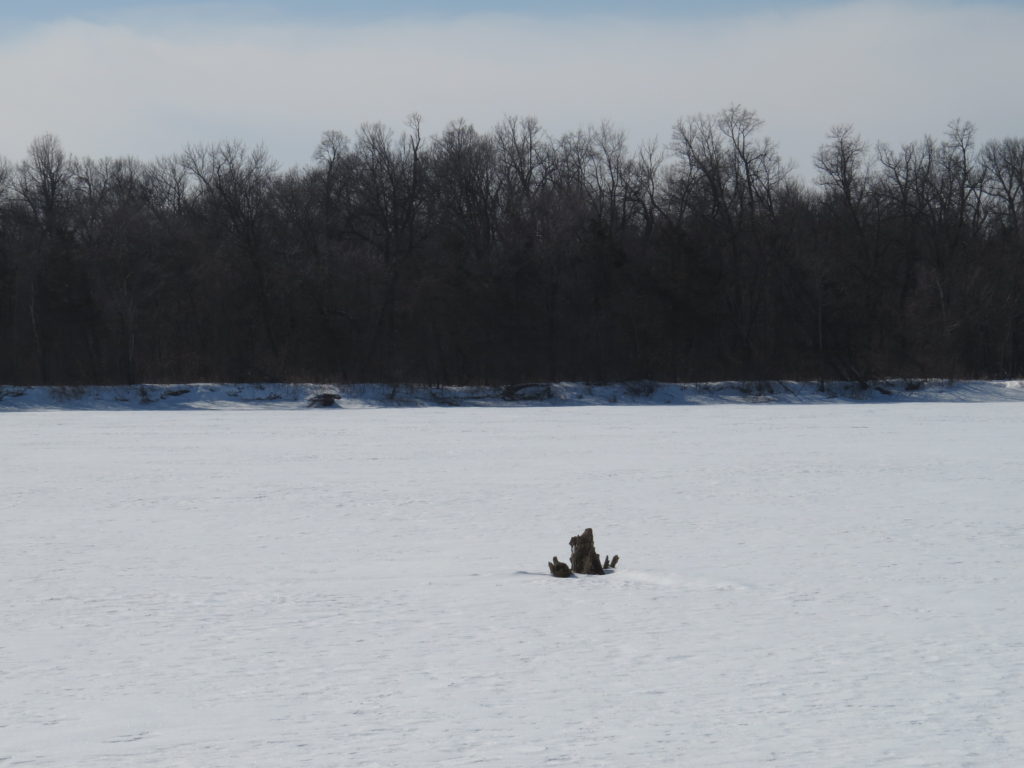
There was only one place where the sun had melted away the snow cover to reveal the ice below it. I wondered how thick it was…
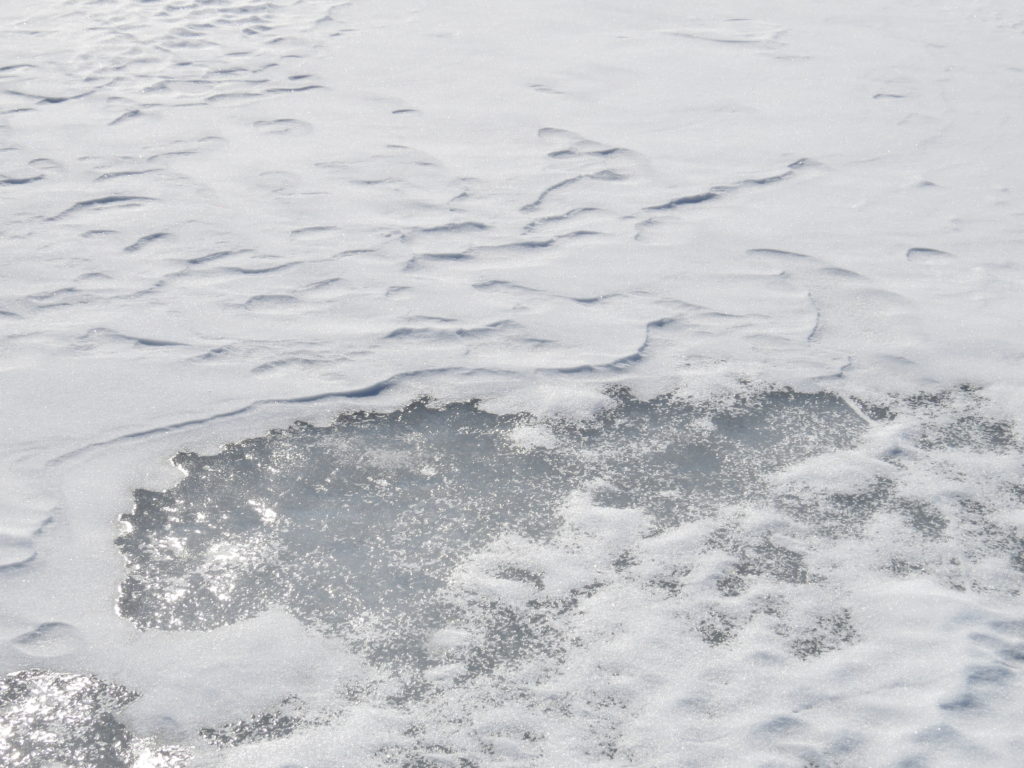
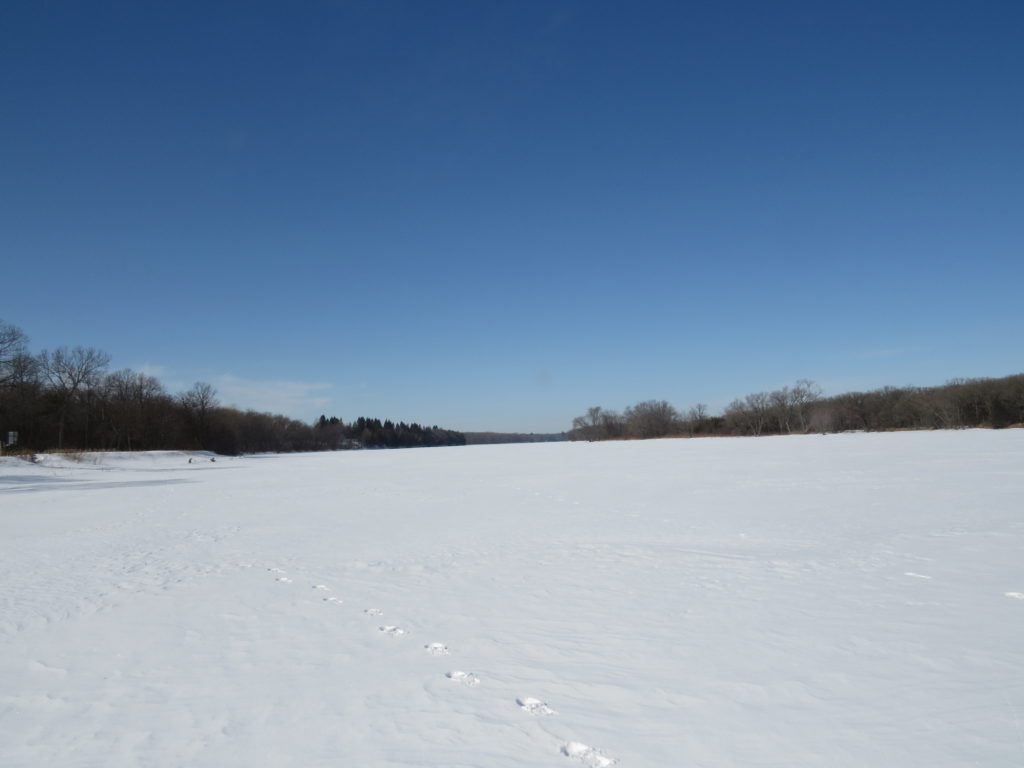
My safety-first mentality didn’t even entertain the thought of walking across the River, but after we talked to the man who had done it, who had experience with the River and its ice, it became the highlight of our day. We still reassured ourselves about the eighteen below zero night we had earlier in the week and how just last night was five degrees. (Surely we will be okay.) Like Will, we were not treading on thin ice, we weren’t gambling with our lives, we weren’t out on a limb or playing with fire. Will Steger has had amazing, incredible adventures in his life and has educated the rest of us with his knowledge, experience, and purpose. As we walk on into our own adventures, it behooves us to listen to those who have walked before us, to those who know first-hand the struggles, perils, and pathways, and to those who have a vision larger than themselves, including for those who are most vulnerable. Walk on!
